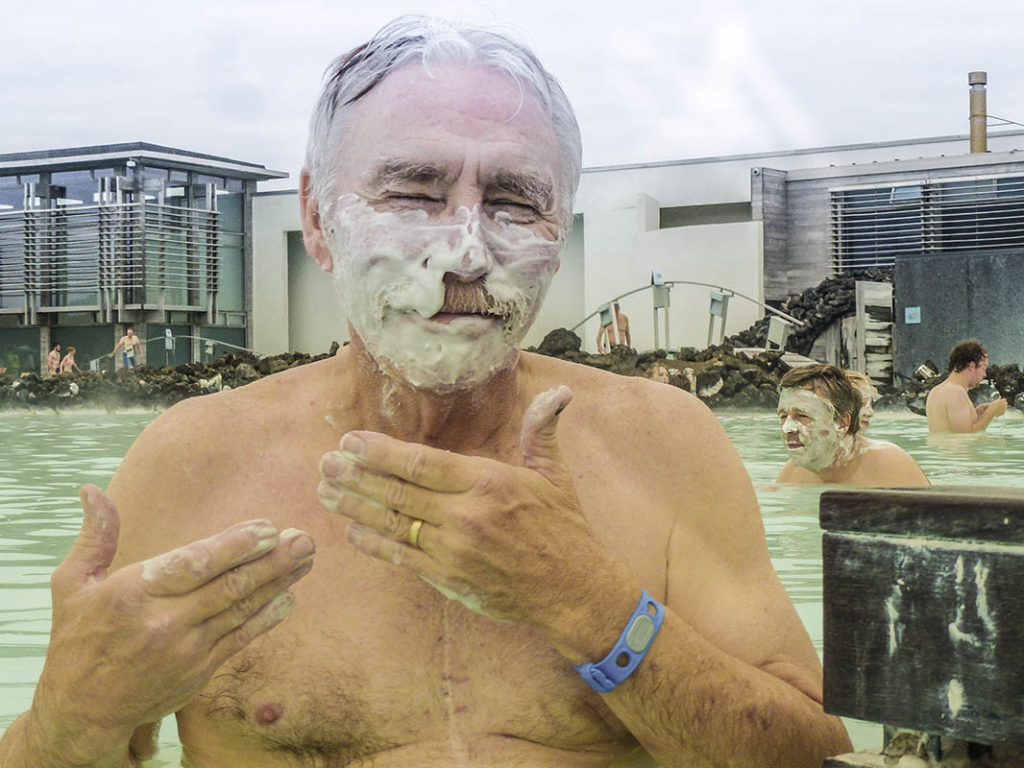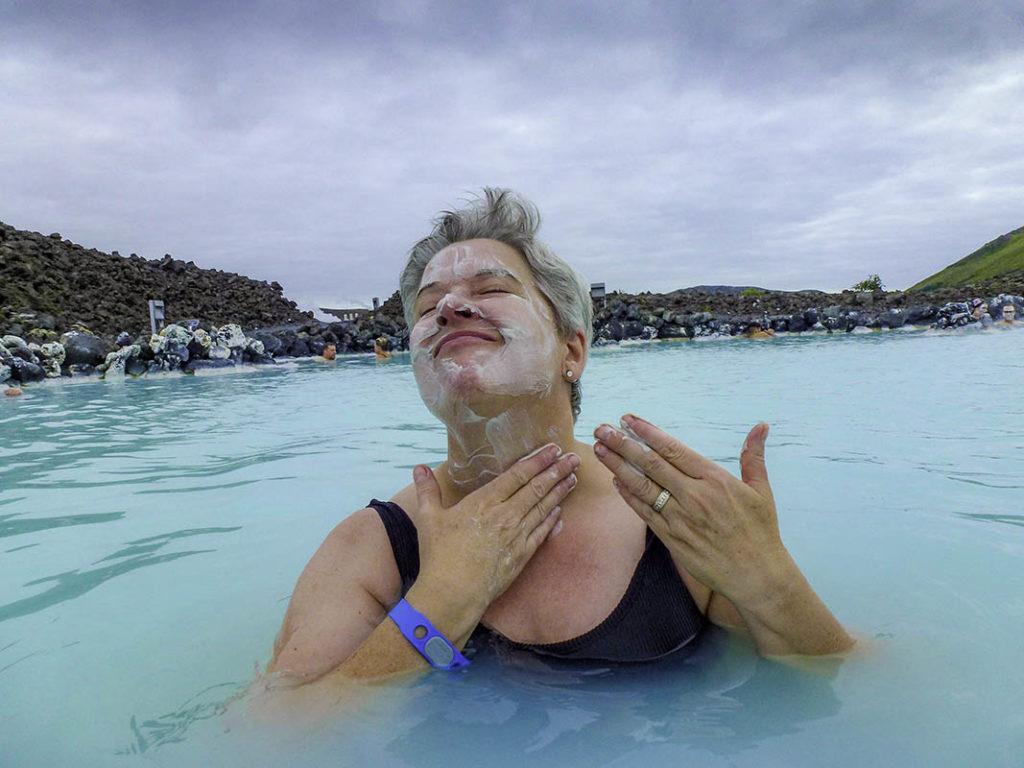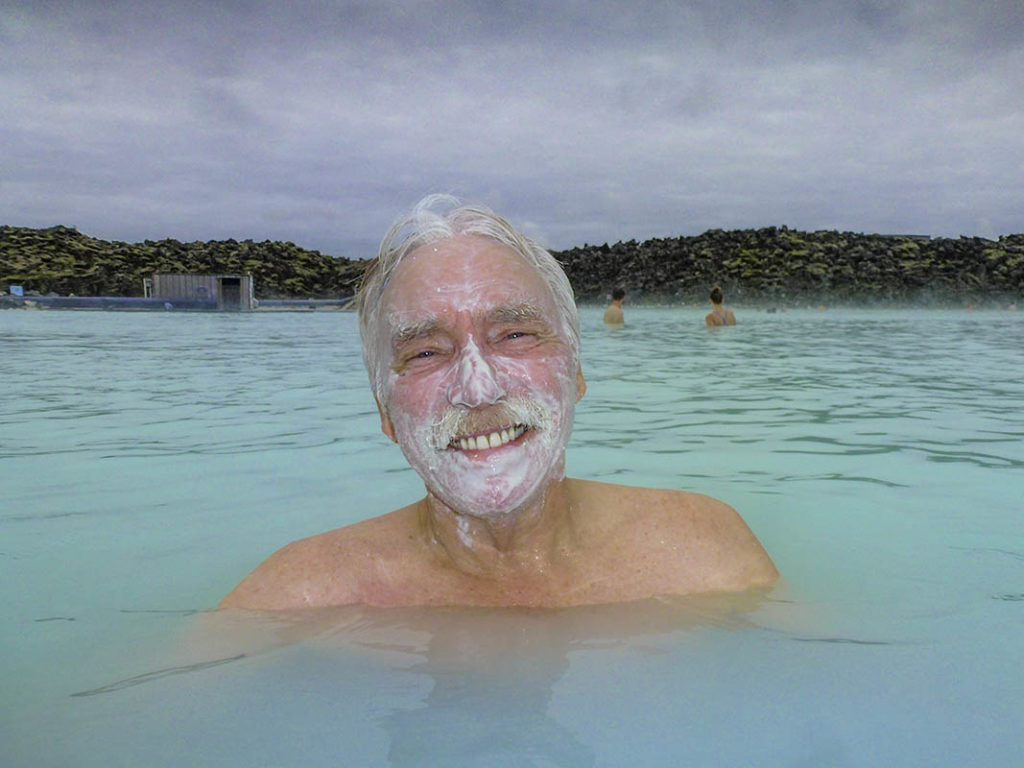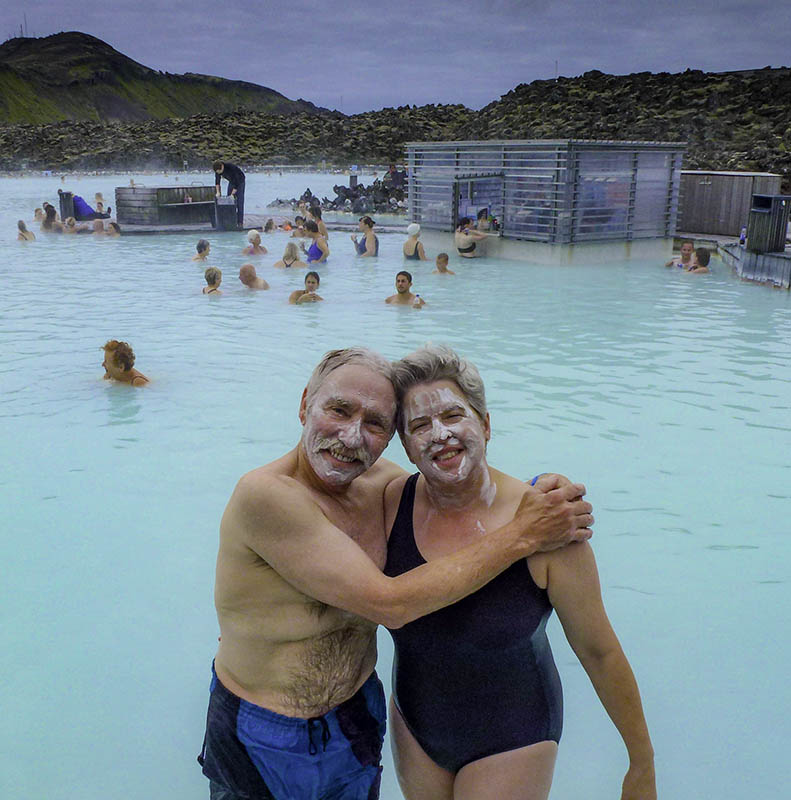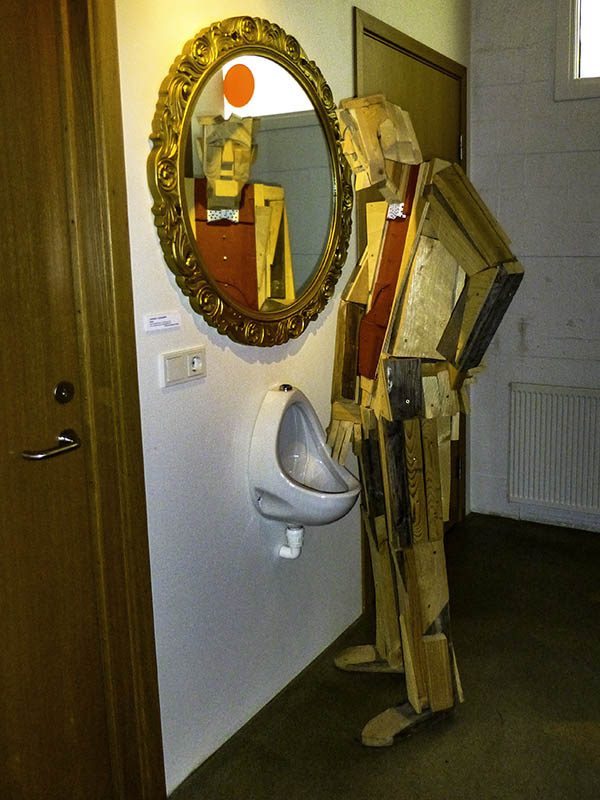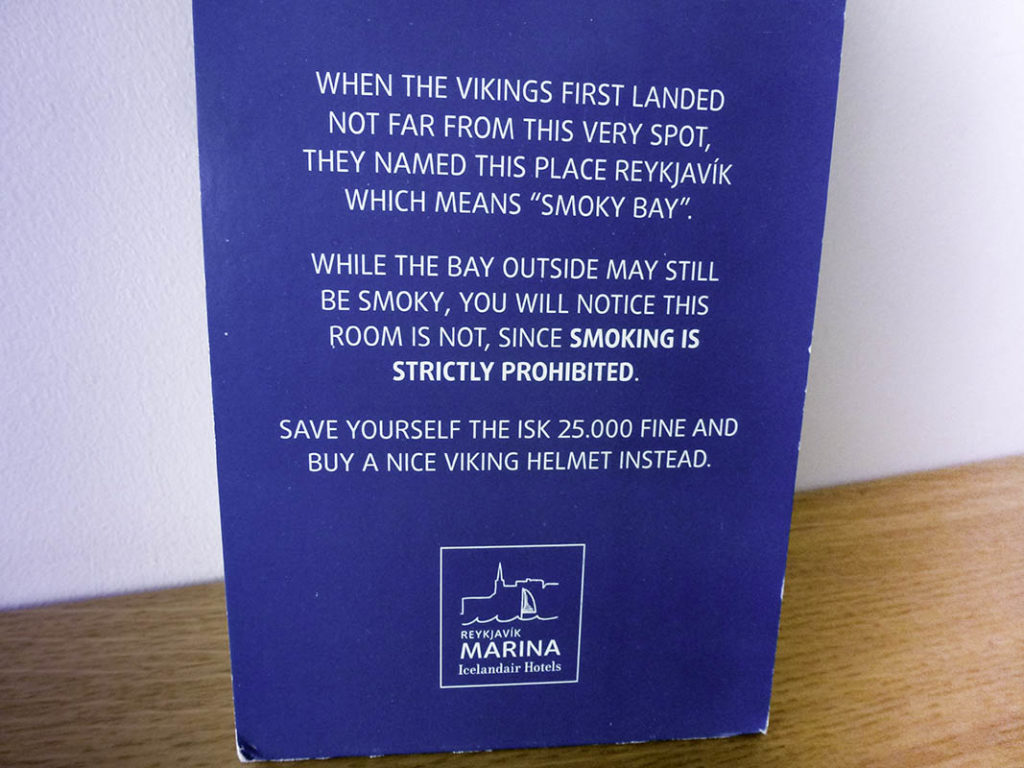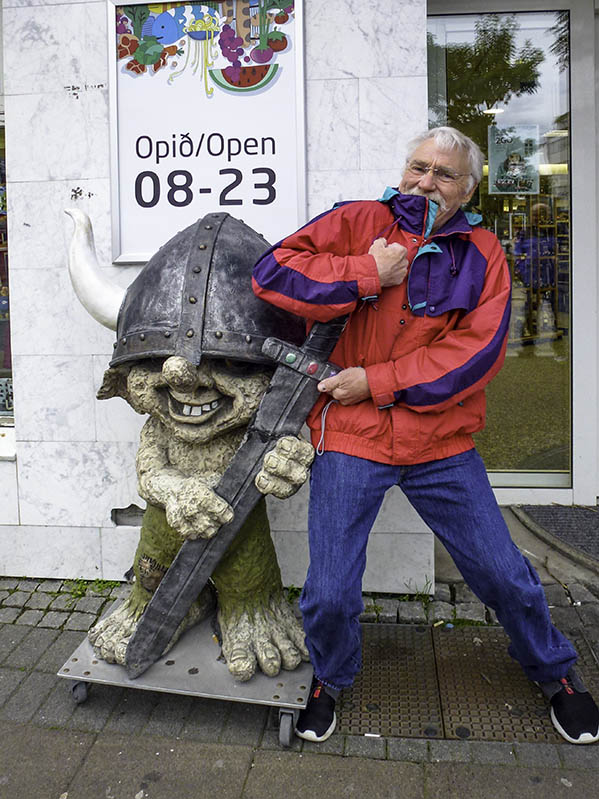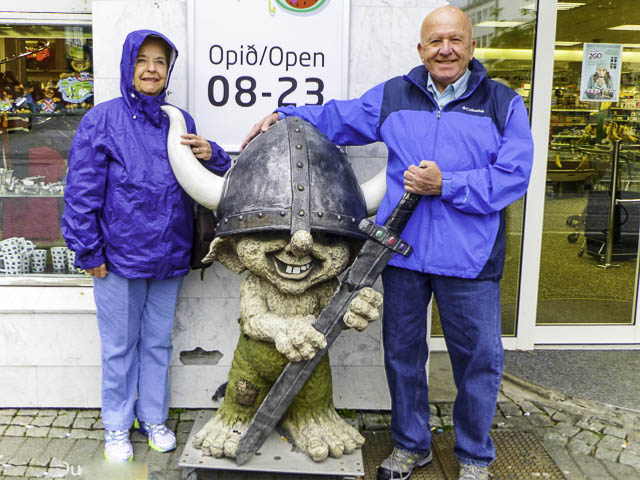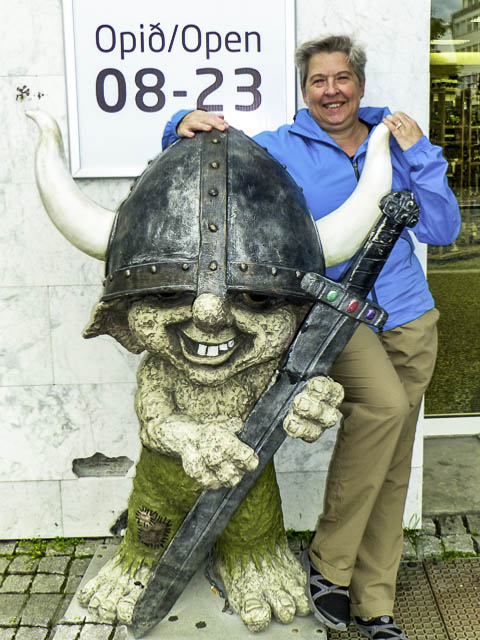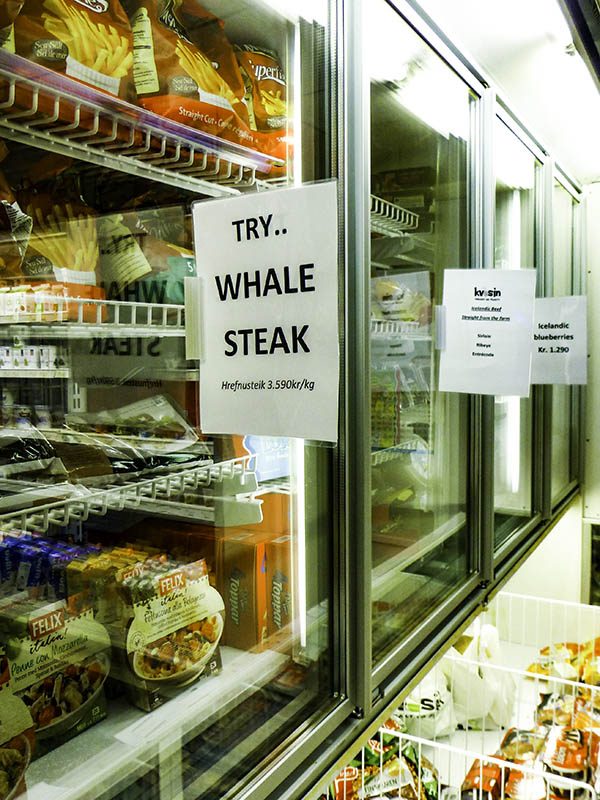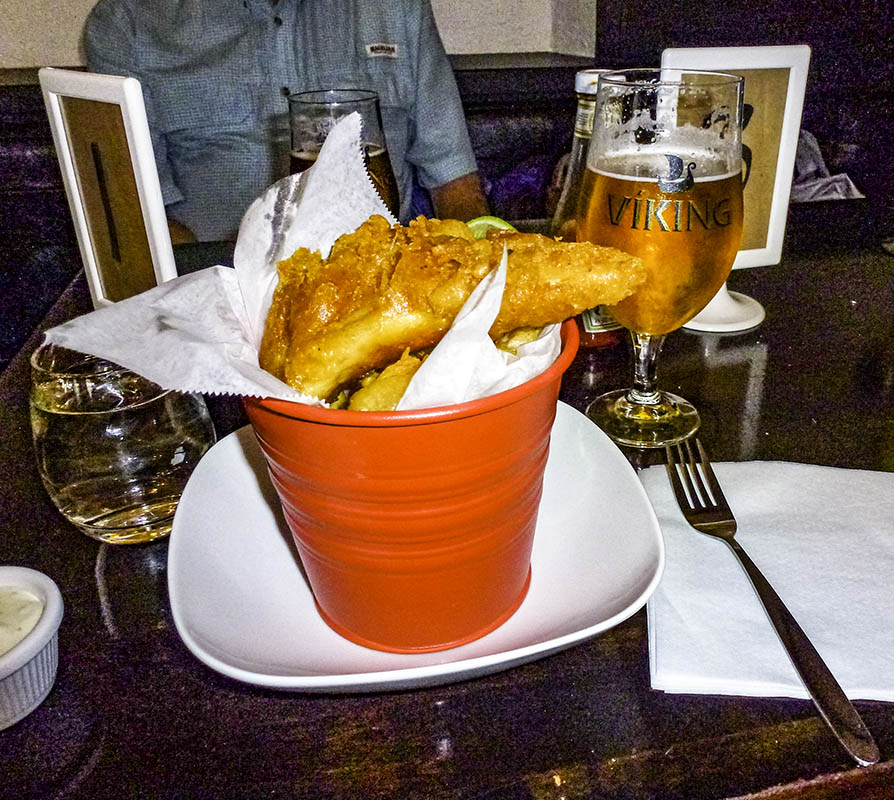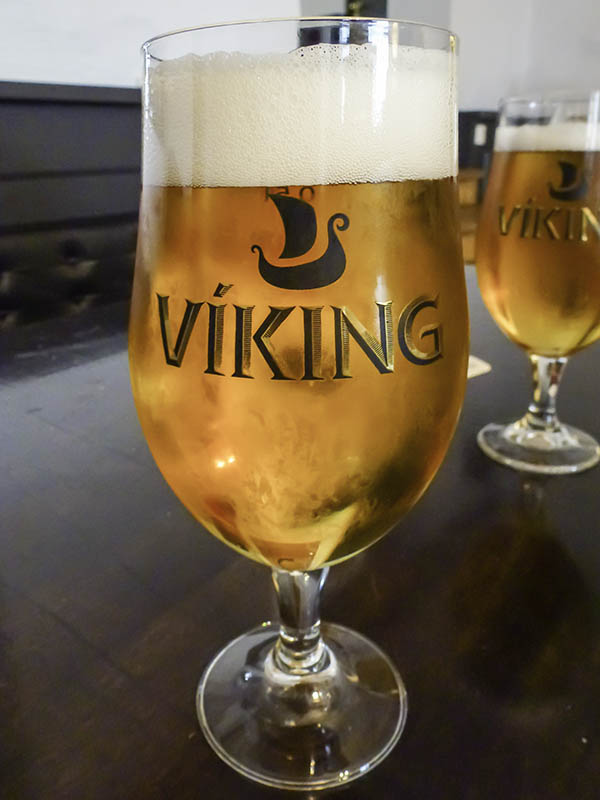Time to head for the island of Miyajima.
Our first two legs will be aboard the famous Shinkansen trains. Also known as “bullet trains”.
Many countries have developed high-speed rail to connect major cities, including Austria, Belgium, China, France, Germany, Italy, Japan, Poland, Portugal, Russia, South Korea, Spain, Sweden, Taiwan, Turkey, United Kingdom, and Uzbekistan. Japan’s Shinkansen network had the highest annual passenger ridership (a maximum of 353 million in 2007) of any high-speed rail network until 2011, when Chinese High Speed Rail network surpassed it at 370 million passengers annually. China has 22,000 kilometres (14,000 miles) of HSR as of end December 2016, accounting for two-thirds of the world’s total. The United States, by comparison, has only one high-speed train, the Acela Express, which runs up to 150 mph (241 km/h) on several separate sections of track in Massachusetts and Rhode Island. When it comes to transportation, we bow down to our Chinese and European overlords.
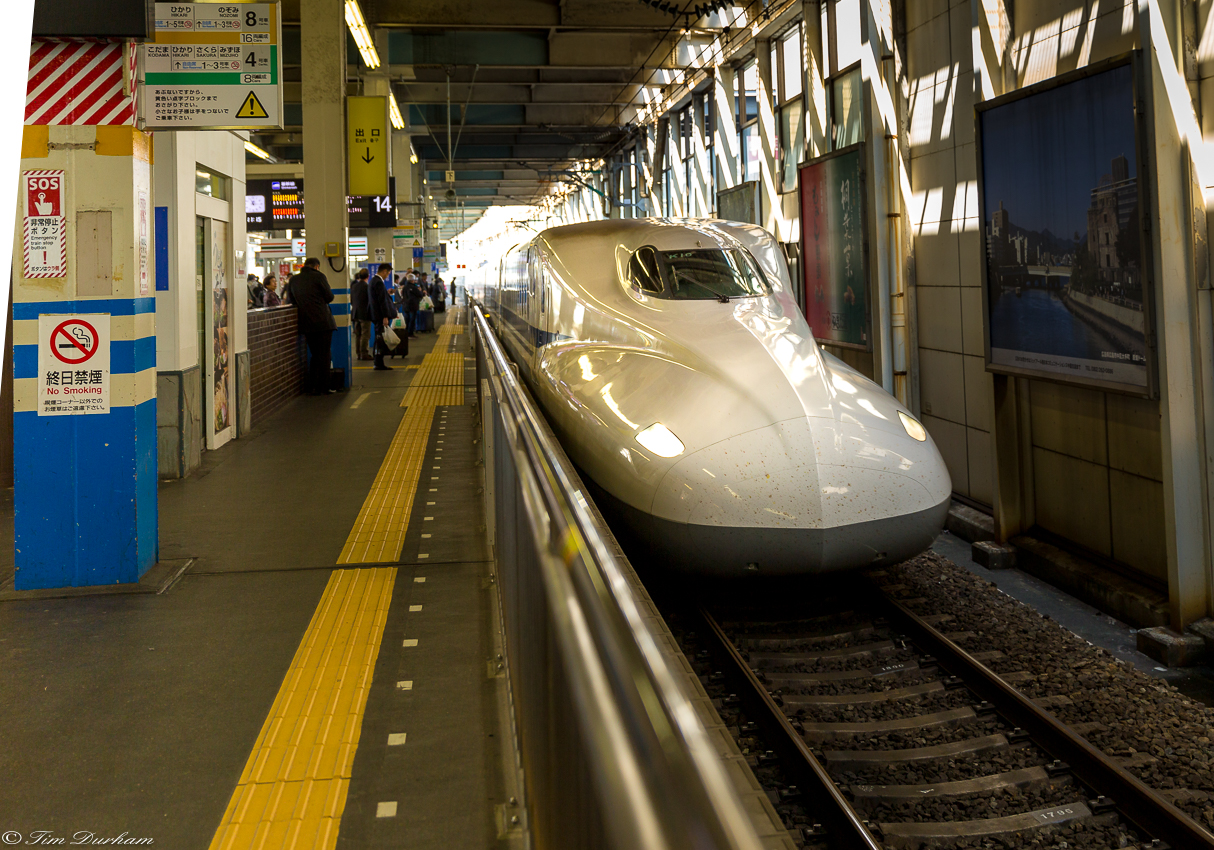
Shinkansen
Over the Shinkansen’s 50-plus year history, carrying over 10 billion passengers, there have been no passenger fatalities due to derailments or collisions, despite frequent earthquakes and typhoons. If the train senses an earthquake, it applies the brakes. Vigorously. (Hang on!)
Compared to the airlines, I had more foot room, plenty of room for my luggage, and there were electrical outlets at each seat for chargers.
Japanese Custom Alert:
Everyone talks in a subdued voice. No one talks on a cellphone, except between cars… never in the car. I’ve never seen so many people wearing white gloves while they work.
A truly pleasant mode of travel. I’ll miss it.
So…
After two Shinkansen rides across Japan, a van ride through Hiroshima, and finally a brief ferry ride across Hiroshima Bay, we arrive at the docks of Itsukushima, also known as Miyajima.
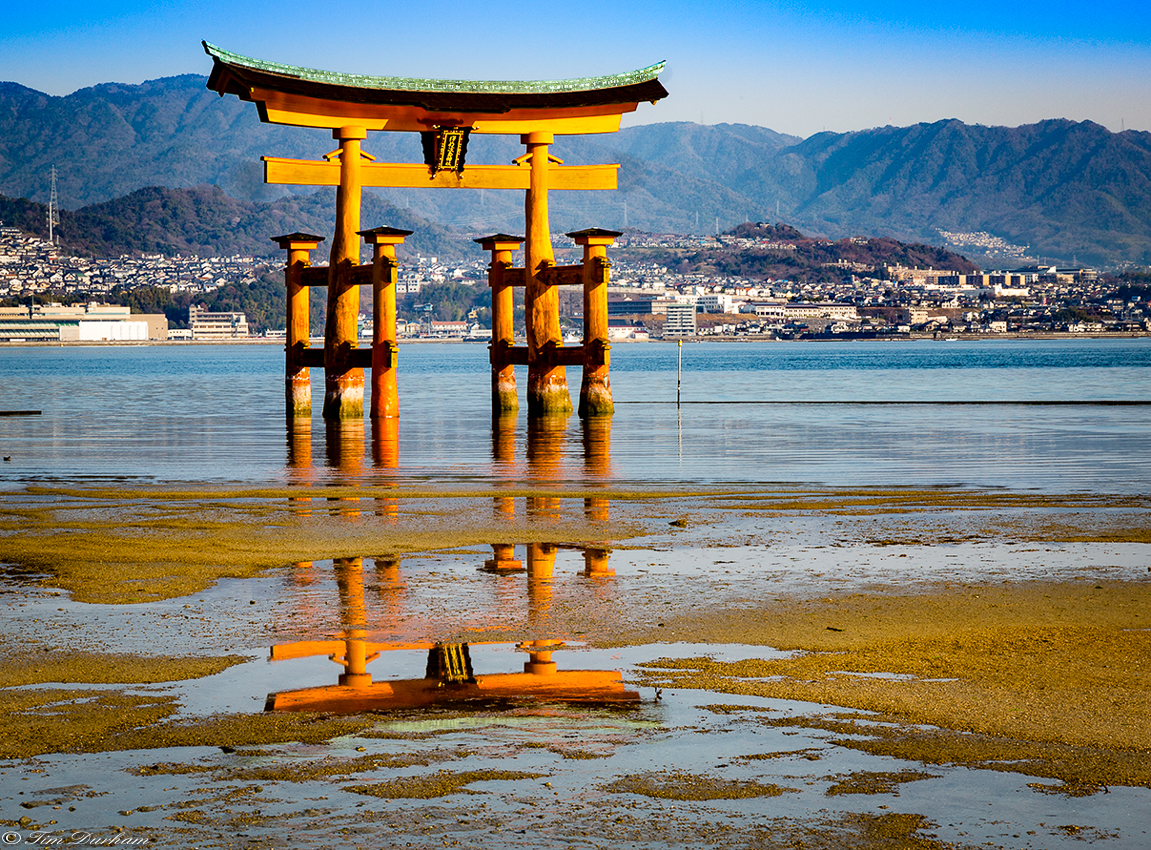
Grand Torii Gate, entrance to Itsukushima Shrine.
When the tide’s out, people flock to the base of the Grand Torii for selfies, celebrations, or.. who knows? As the tide comes back in, the people flee and the Grand Torii appears to float in the waters of Hiroshima bay. This Grand Gate marks the entrance to the 12th century Itsukushima Shrine and the boundary between the spirit and human worlds. More on that later…
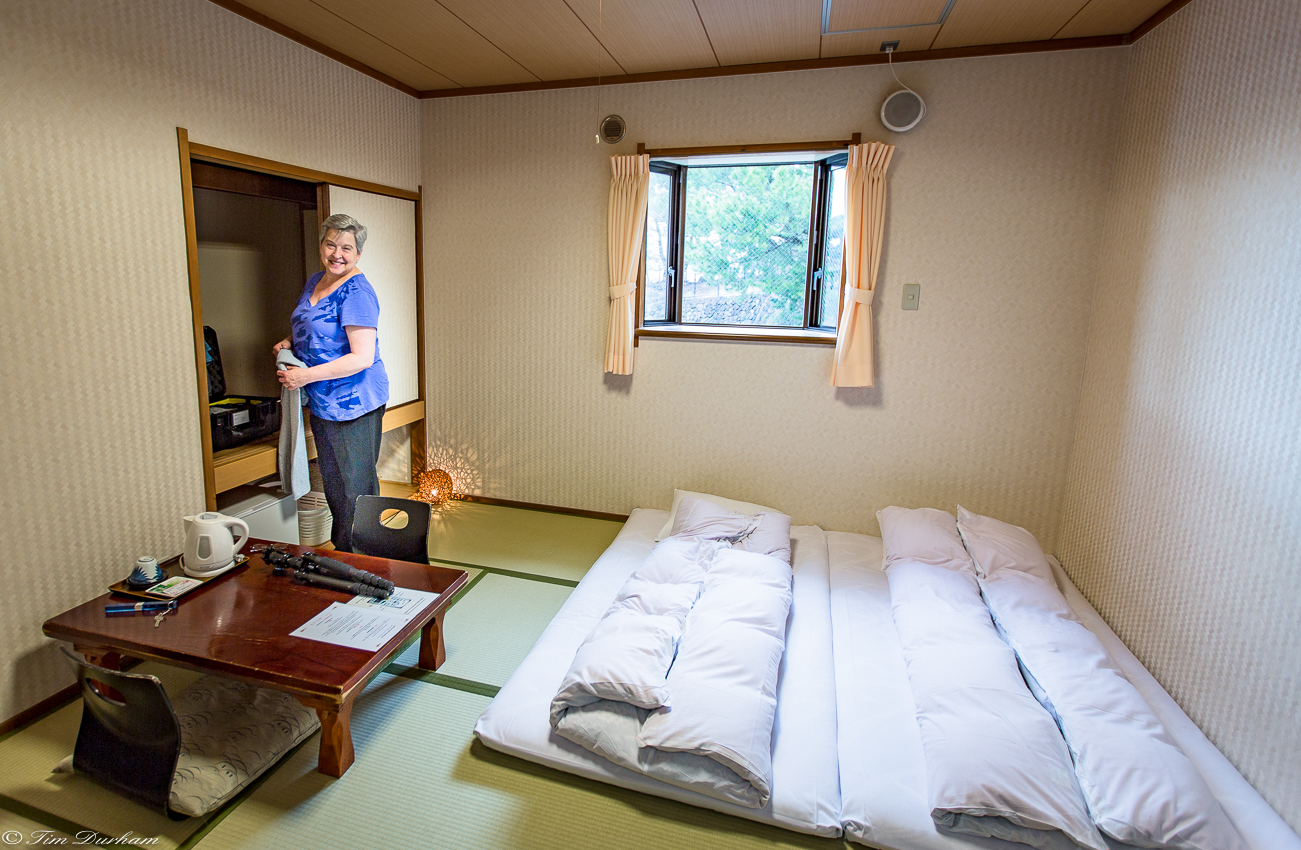
Hotel Sakuraya
What a great little hotel. Cozy, friendly, immaculately clean… Perhaps different than what North Americans are accustomed to? As opened the door, we noticed that the entryway was about 2″ lower than the rest of the room, with a little step up to the main room.
Japanese Custom Alert:
It is customary (read that as “mandatory”) that you take off your shoes when entering someone’s home, a ryokan, pretty much any carpeted area, any elevated platform (think shrines or temples), and even certain areas of restaurants.
We took off our shoes, left them by the door and stepped up into our room.
My feet felt the tatami mats. Soft, cool tatami mats. After a long day of travel, they were exactly what my feet wanted, no… NEEDED to feel.
I should hasten to add that the tatami mats are those pale green woven straw mats (with the dark green edges) that make up the entire floor. They appeared to be less than an inch thick.
Rooms that are completely covered with tatami mats are called zashiki, i.e. “room spread for sitting”. Tatami mats are made in several different sizes, with the length ALWAYS exactly twice the width. Why?
Japanese Custom Alert:
Because… well, rules.
It’s beginning to appear as if the Japanese have rules for EVERYTHING.

Auspicious Tatami Layout
In the Edo period (1603-1868) there were strict rules about how the mats were to be arranged for different occasions, and more even more complex rules pertaining to exact seating arrangements. (Does that remind anyone of our family Thanksgiving dinners?) And wouldn’t you just know it… there were “auspicious” layouts, and “inauspicious” layouts. In the auspicious layout shown above, the edges of the tatami mats form the letter “T”.
Our little room must have been at least a bit auspicious. As I remember, I slept very well that night.
On the other hand it may have been a little bit inauspicious, too. Scroll back up. Check out the table and “chairs”. With seven decades of hard use and little preventative maintenance along the way, my old bod just doesn’t want to bend quite enough to scootch the “chair” under the “table” for more than 01:17 on the stopwatch before I simply must… (dramatically) scream out in my pain and anguish as I attempt to straighten my old legs. Of course being in Japan, and trying to respect some of their cultures, I have to scream very respectfully and quietly in an “in-door” voice. Not very fulfilling or satisfying.
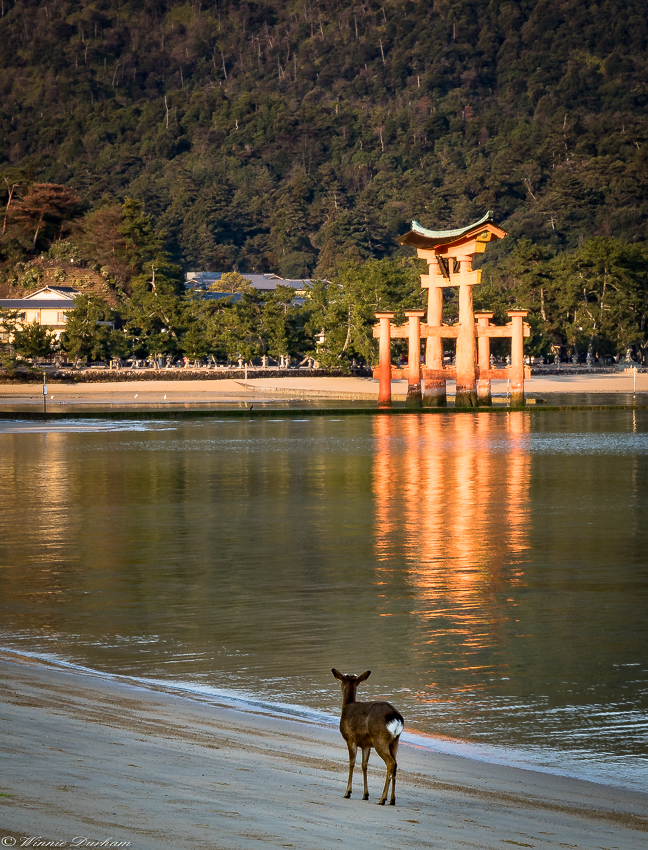
Deer pays its respects in the early morning light.
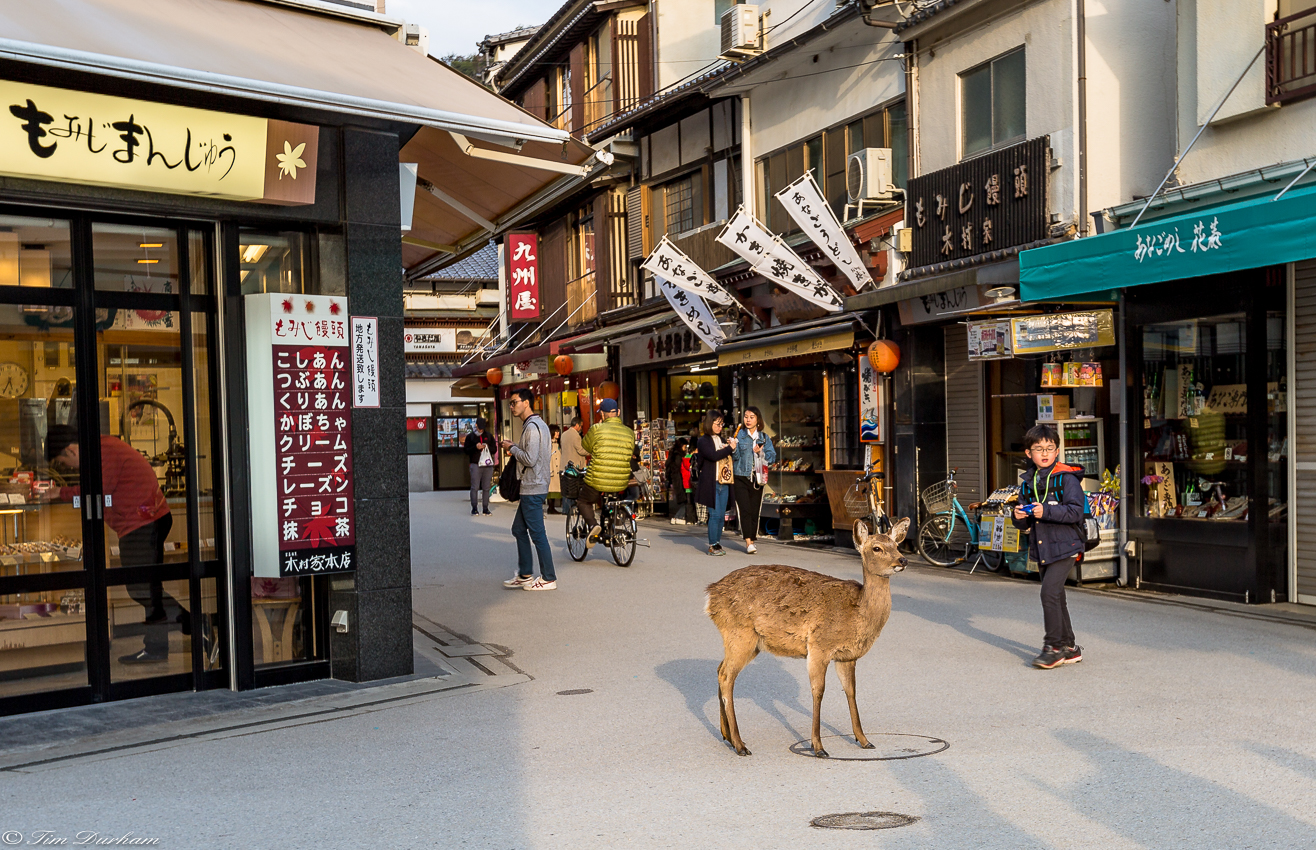
This is a big day in the greater downtown area – and I key this in with tongue-in-cheek – with only a smattering of locals, a few tourists, and the ever present Miyajima deer. As you can see, it’s a quiet little town, with narrow streets and very few cars. There aren’t even any traffic signals. Everybody just drives “politely”. As it should be. The only auto traffic that I remember at all, were a couple of tiny box-trucks coming off the ferry to make some deliveries. Quite different than the hustle and bustle of the city of Hiroshima just a couple of km across the bay.
Miyajima’s atmosphere seems to be perfectly designed for relaxation.
Japanese Custom Alert:
The Japanese take “tidy” to whole new levels, even though one rarely sees a trash can. See any deer pellets? No? You’d have to look fast. Whenever a deer drops a load, a shopkeeper appears immediately with a scoop and little broom to take it away.
As an aside, downtown Tokyo is also just this clean. It occurs to me that “spotless” is a minimum sanitation requirement for this whole country.
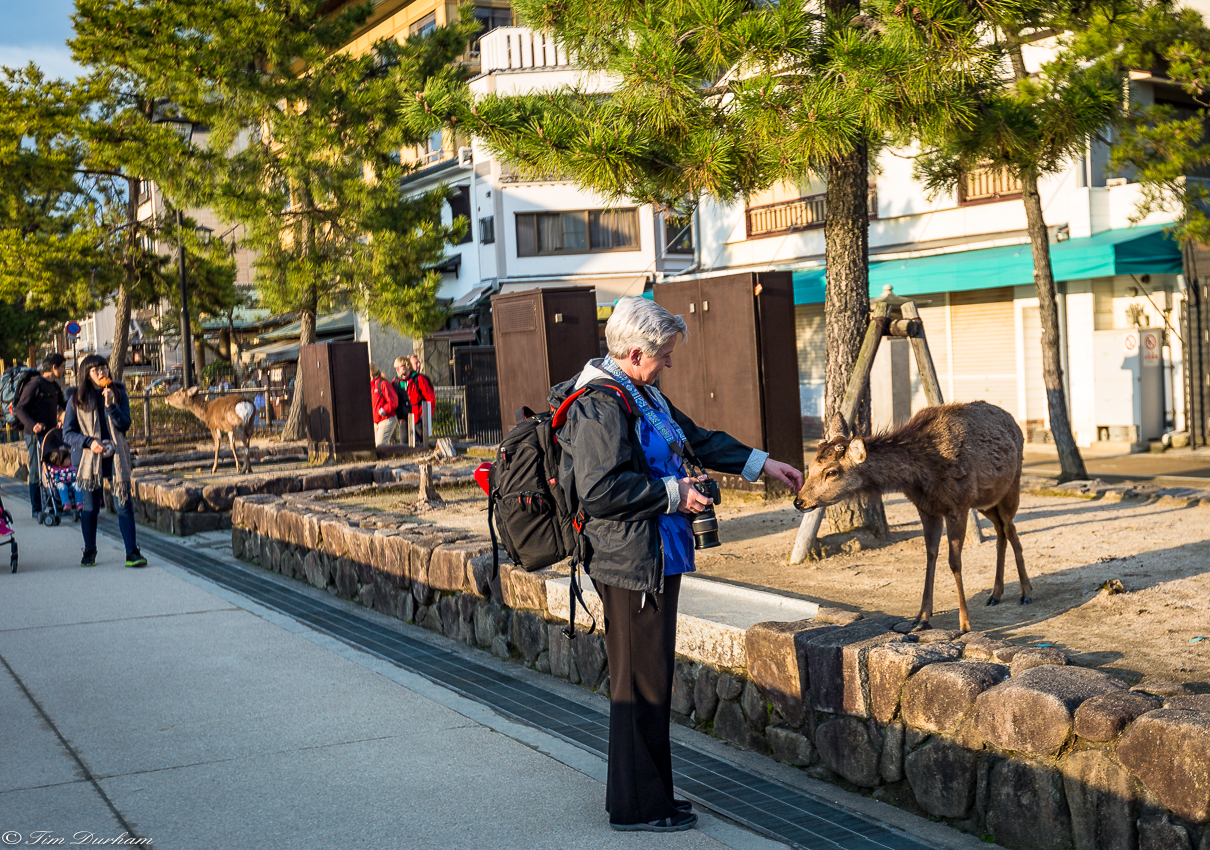
This narrow street between some shops and the beach is a veritable belt-line of beggars. Winnie and I typically deny food to animals like this. It’s not because we’re mean. We simply prefer that they don’t forget how to forage for the healthy stuff in the forests and not become dependent on human donations of candy bars, etc.
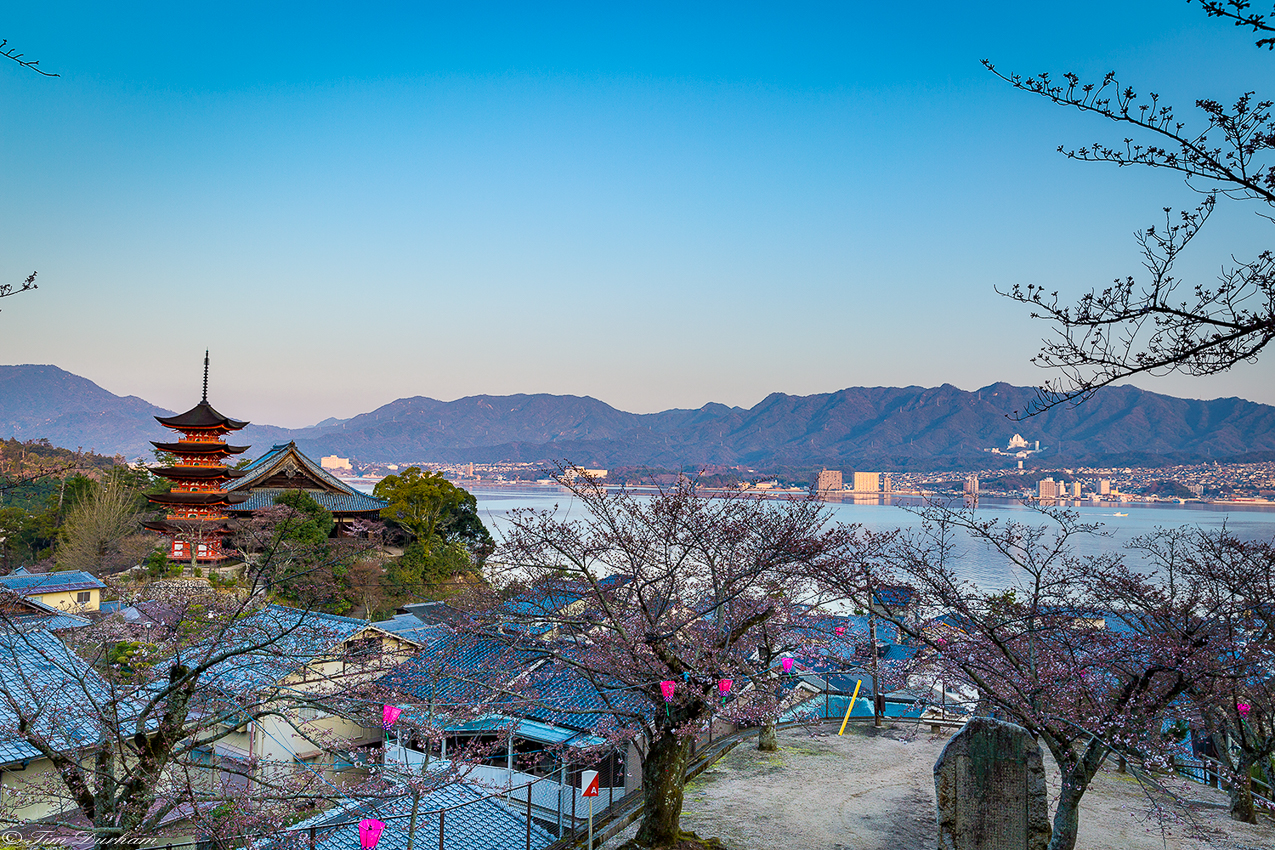
City of Miyajima, looking from a courtyard across the Onoseto Strait towards the city of Hiroshima. The Five Story Pagoda is easily recognizable on the far left side of the image. Heck, it’s is also easily recognizable from anywhere in Miyajima.
Across the Strait, on the right side of the image is a huge white pointy-topped building that seems walled off from… what? Outsiders? Although it totally dominates the Hiroshima mountainside, no one knows, or will say, what it is. Some imply that it might be a religious sect (what many would call a cult) and then abruptly change the subject. I haven’t found anything at all on Google.
It’s a mystery that still has my curiosity piqued.
Any photo-detectives out there who could help me figure out what this place is?
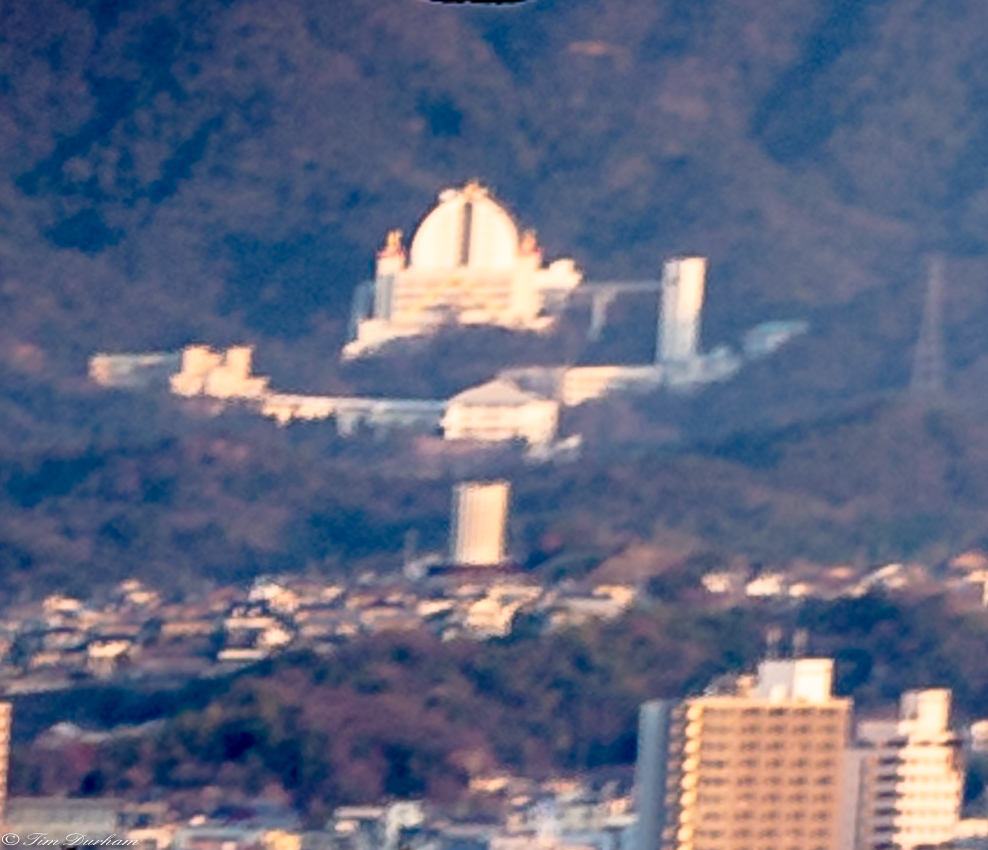
Who? What? is this…
The walls in front kind of creep me out, for some reason.
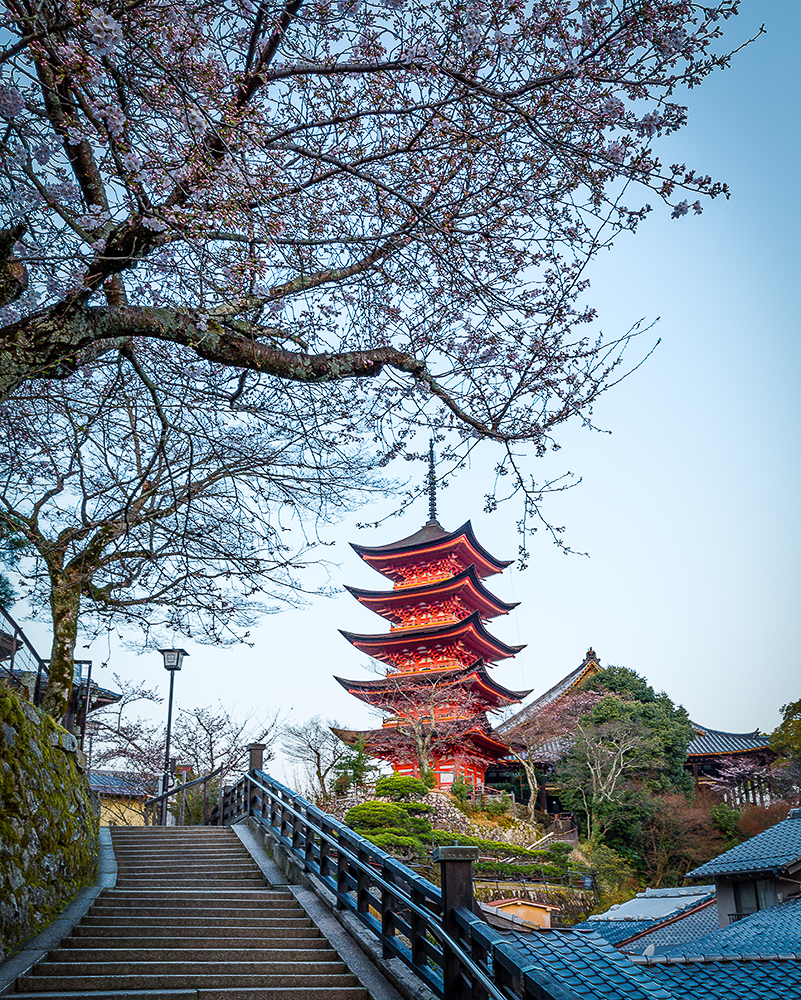
Five Story Pagoda
The Five Story Pagoda was constructed in 1407. Well done Japanese Artisans! It is because of you, and your fifteenth century craftsmanship, that the pagoda survived the atom bomb blast that leveled Hiroshima across the bay 610 years later.
I read somewhere that it’s architecture represents a traditional Zen Buddhist design, jazzed up with those more traditional Japanese flourishes on the roof lines. I liked it. You?
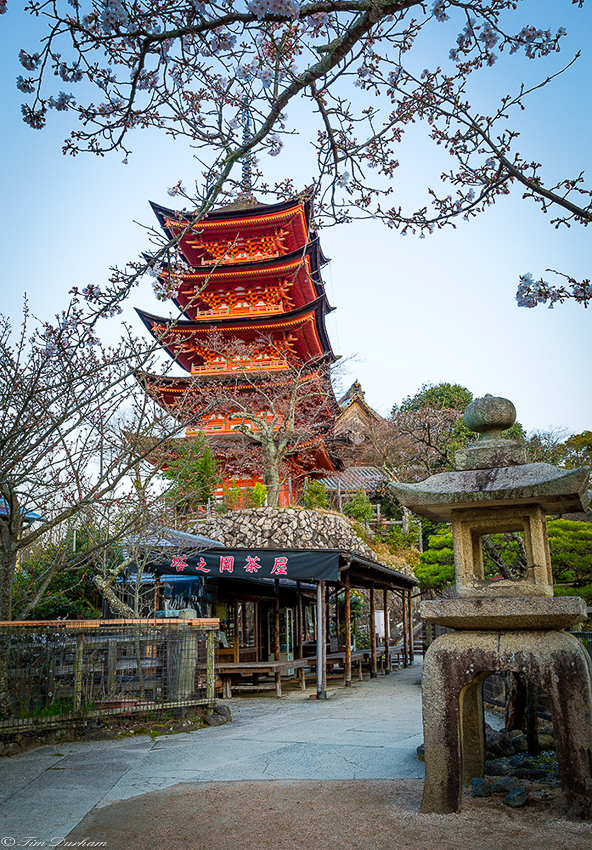
Five Story Pagoda, aka the Goju-no-to pagoda.
The Five Story Pagoda is 91 feet tall. Wouldn’t that be more like eight or nine stories? It is still a revered and quite active religious site and, thus, is not generally open to the public.
I love this concrete lantern in front of the Five Story Pagoda. They are located, seemingly, all over Miyajima, especially at shrines and pagodas. They are dedicated to prayer for the help of gods.
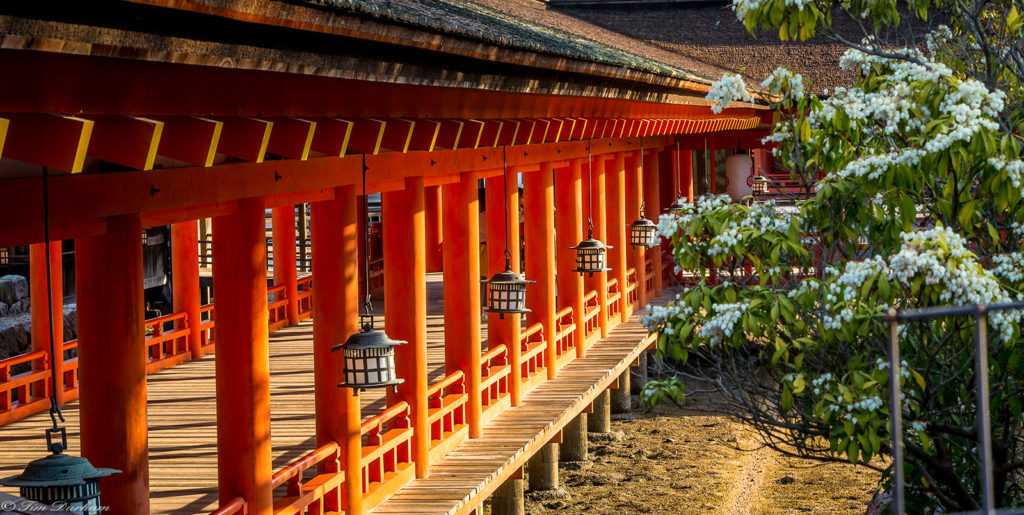
Pathway to Itsukushima Shrine…
The entire island, including the Shinto Shrine Itsukushima, has been considered sacred for hundreds of years. Thus, the island was originally considered “off limits” to commoners. Sometime around the fourteenth or fifteenth centuries, commoners were finally allowed on the island.
The shrine, itself, is built on a series of piers. When the tide is in, both the Grand Torii Gate and shrine appear to magically float upon the surface of the water.
As I understand it, retaining the “purity” of the island and shrine has always been of the utmost importance to the Shinto priests…
Japanese Custom Alert:
As of 1878, both death and birth are hereby prohibited on the island.
Even today, in the year 2017, pregnant women have to leave the island for the mainland as they near term. Terminally ill people, and the elderly whose passing is imminent, are also required to leave the island.
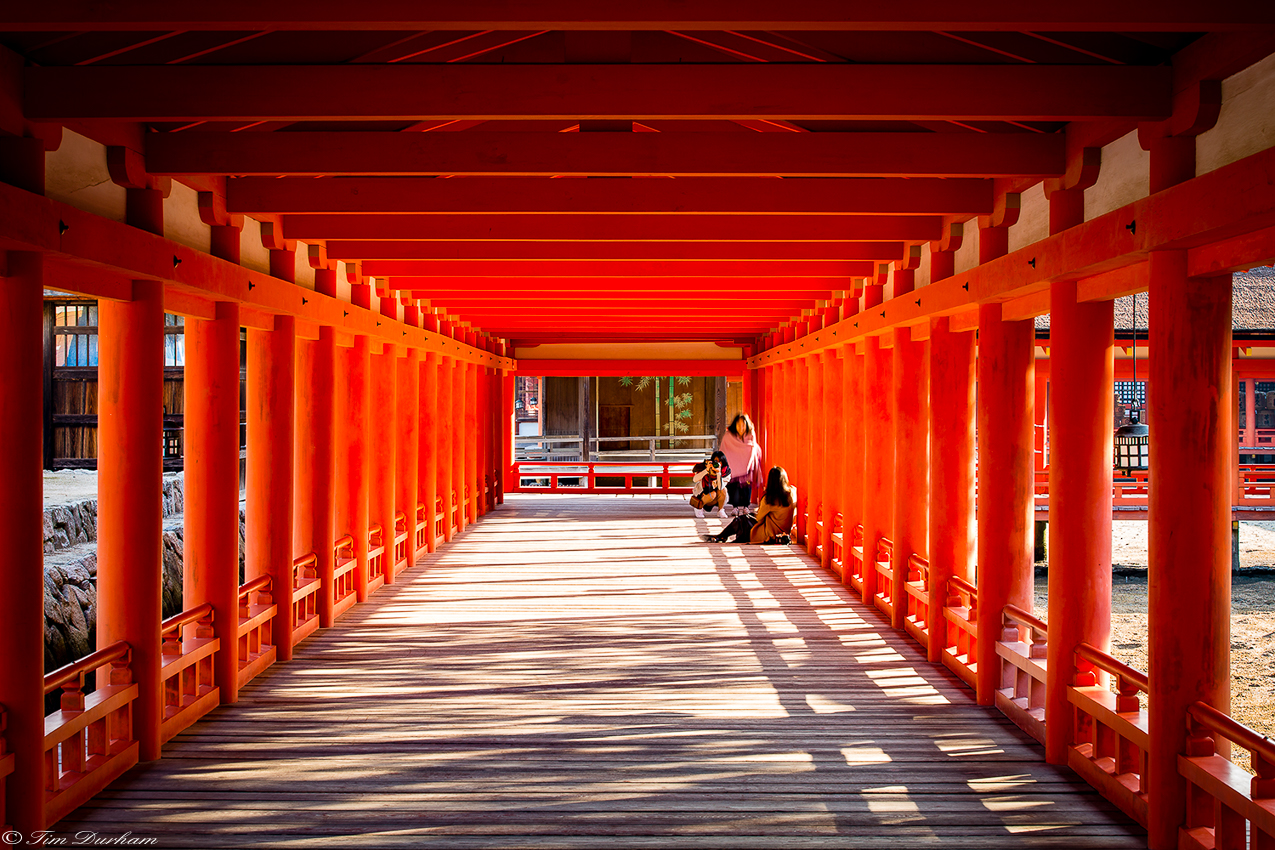
Itsukushima has a main shrine and several secondary shrines, all connected by these beautiful red/orange corridors. These corridors and shrines are all built on piers to keep them “high and dry” as the tide comes in.
The tide was, indeed, coming in. I paused for a few moments for one of those deeply personal, self-reflective moments… I stood and quietly watched as seawater slowly advanced, filling the bay. It was a lot like watching myself from a distance, and seeing all the things that I’ve done, seen, and experienced slowly fill my life like the incoming tide. It’s been a good life. I walked away happy and at peace.
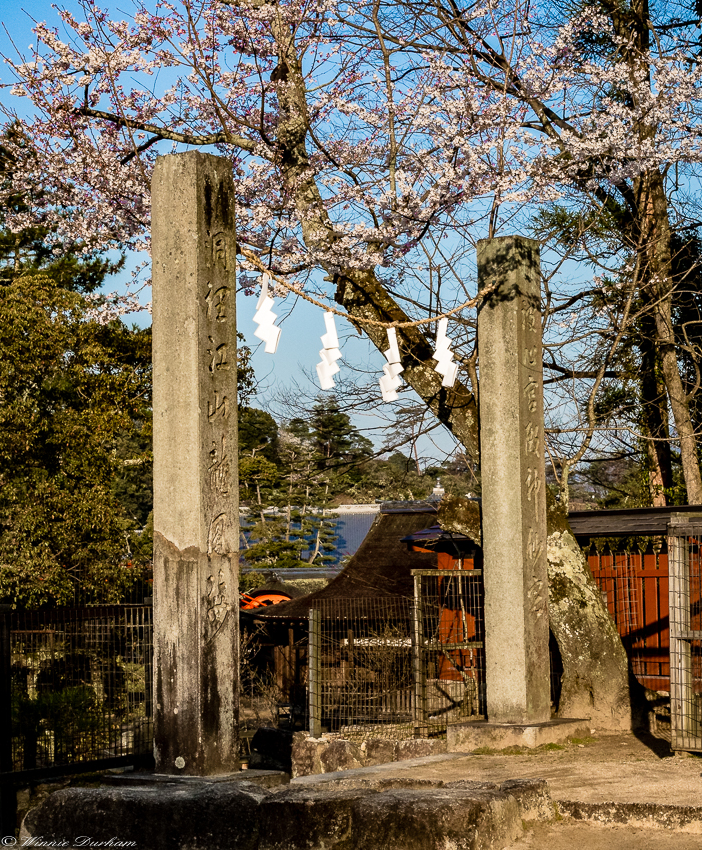
These zig-zagged paper strips hanging over an entrance are called Shide. They keep ward off evil spirits and keep bad luck from entering.
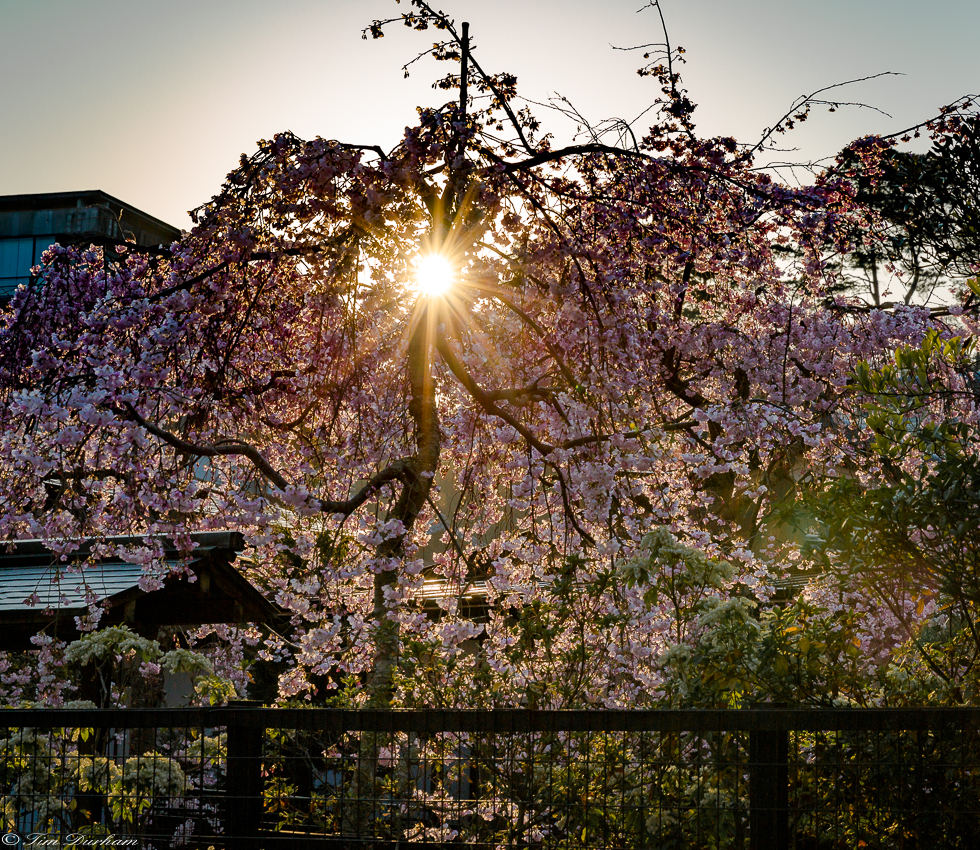
Sunrise through the cherry trees.
I was walking along a neighborhood path early in the morning, saw this, squinted, and shot-on-impulse. As snapshots go, I kinda liked it.
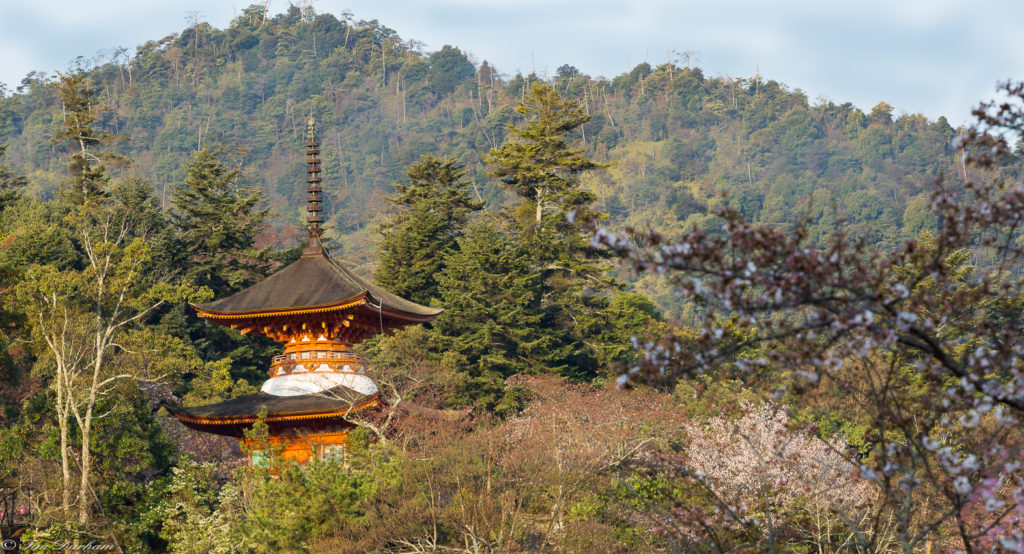
Tahoto Shrine (Two-storied Pagoda)
This pagoda is said to have been built in 1523. I thought the square first floor, topped by a round second floor was quite unique. The Buddha of Medicine was worshipped here, but this particular ceremony/rite was moved to Daiganji Temple following the Meiji Restoration (1868).
This section taken, with gratitude, from visit-miyajima-japan.com
What’s Shinto?
Shinto is the indigenous faith of the Japanese people. It remains the oldest form of faith of the Japanese people. Since ancient times, the Japanese have worshiped all the deities of heaven and earth, such as mountains, islands, rocks, and trees. They have also paid their heartfelt respect and gratitude to their ancestors. There is no sole, absolute god but multitudinous gods in Shintoism.
Shinto has no founder and no official scripture. The gods are enshrined in shrines and household altars of each house. Some of them are gods of nature such as fire, wind, water, seas, mountains, rivers, rocks, and trees. Others are gods that appear in traditional myths, the spirits of historical figures or various ancestors.
What’s Buddhism?
 Shakanyorai Gojuto
Shakanyorai Gojuto
Buddhism is one of the world’s big three religions, along with Christianity and Islam. Buddhism was brought into being around the 5th century BC by Siddhartha Gautama. The doctrine of Buddhism is the dogma Siddhartha Gautama, who has become a Buddha.
Buddhism in Japan is influenced by Confucianism and Taoism. Also syncretism of religions has been long practiced in Japan, which incorporated Shintoism with Buddhism.
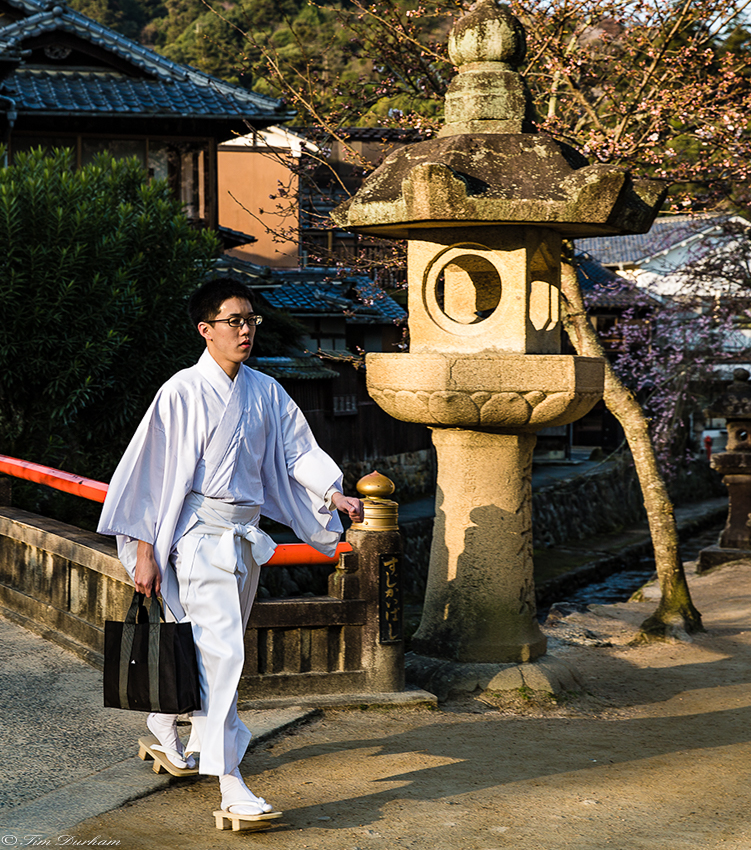
A Shinto priest on his way to work.
(Nice boots.)
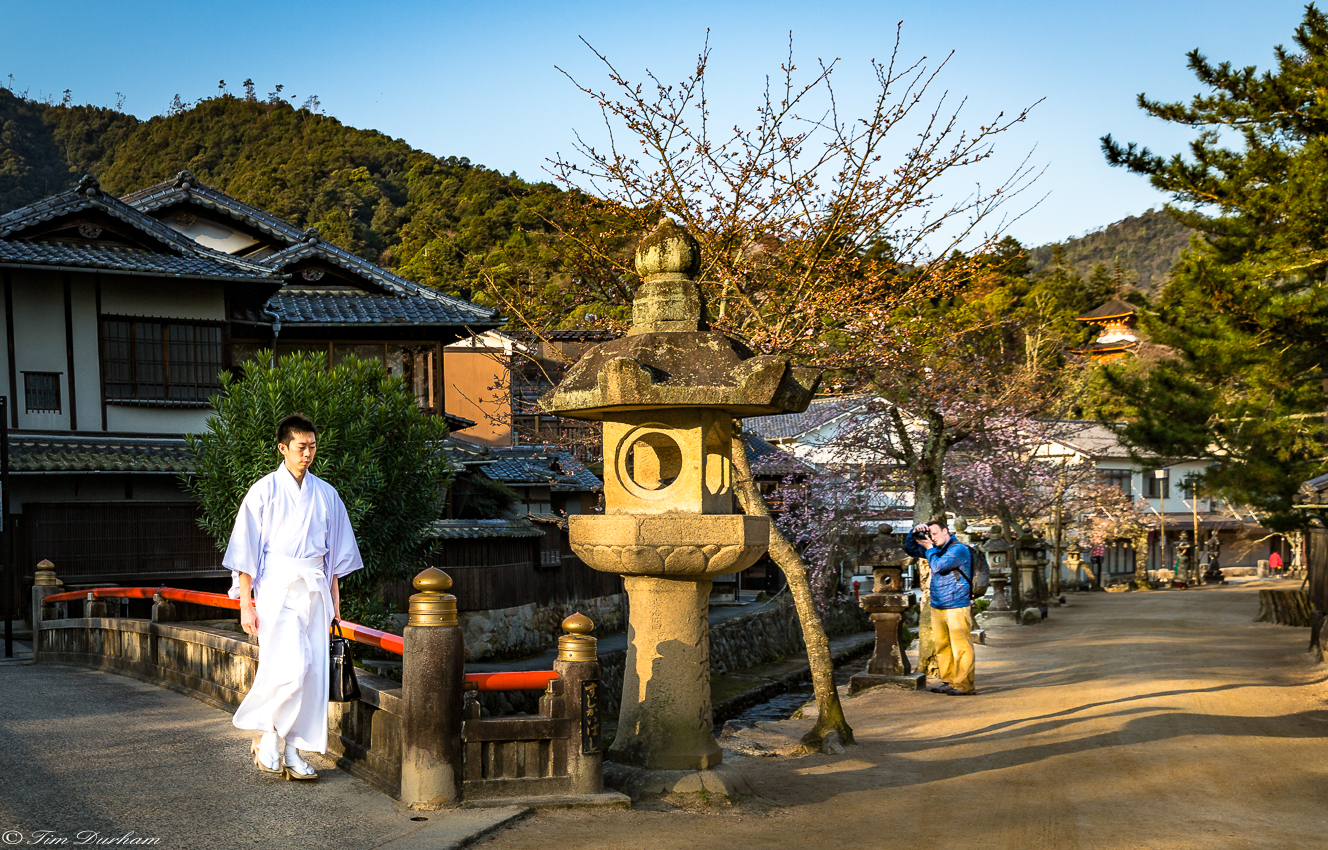
A few minutes later, another Shinto priest crosses the same bridge, on his way to work. Notice jefe Evan Pike brazenly shooting away in the background.
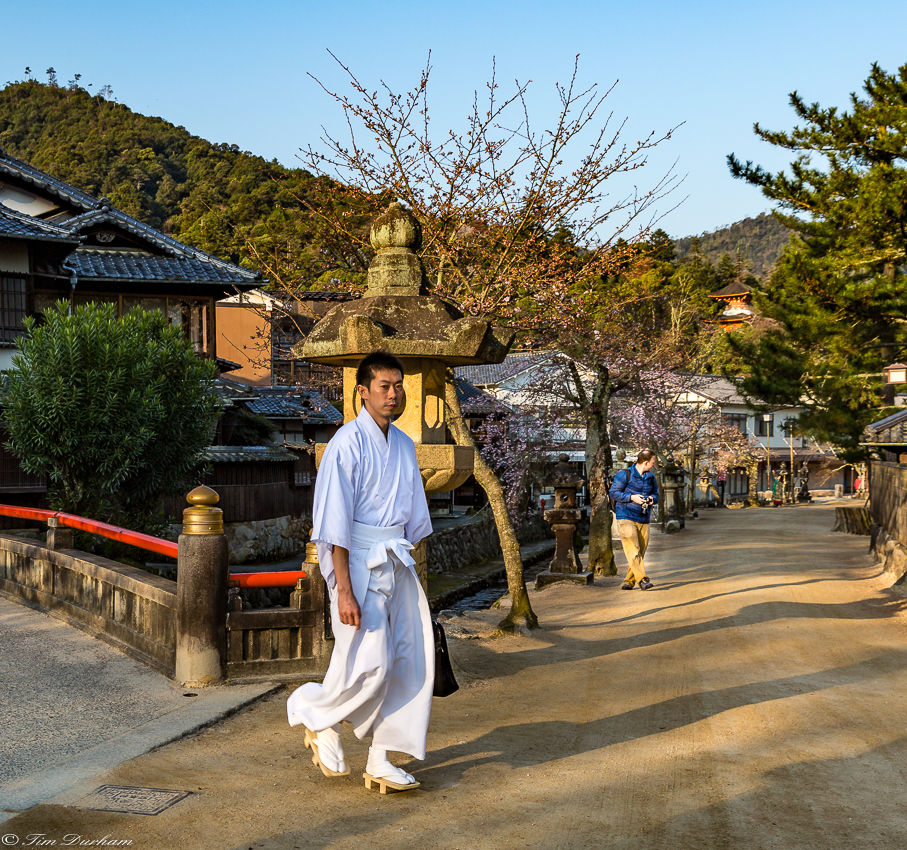
After the priest glanced to his left, I got this shot of Evan acting really nonchalant… priest? what priest??
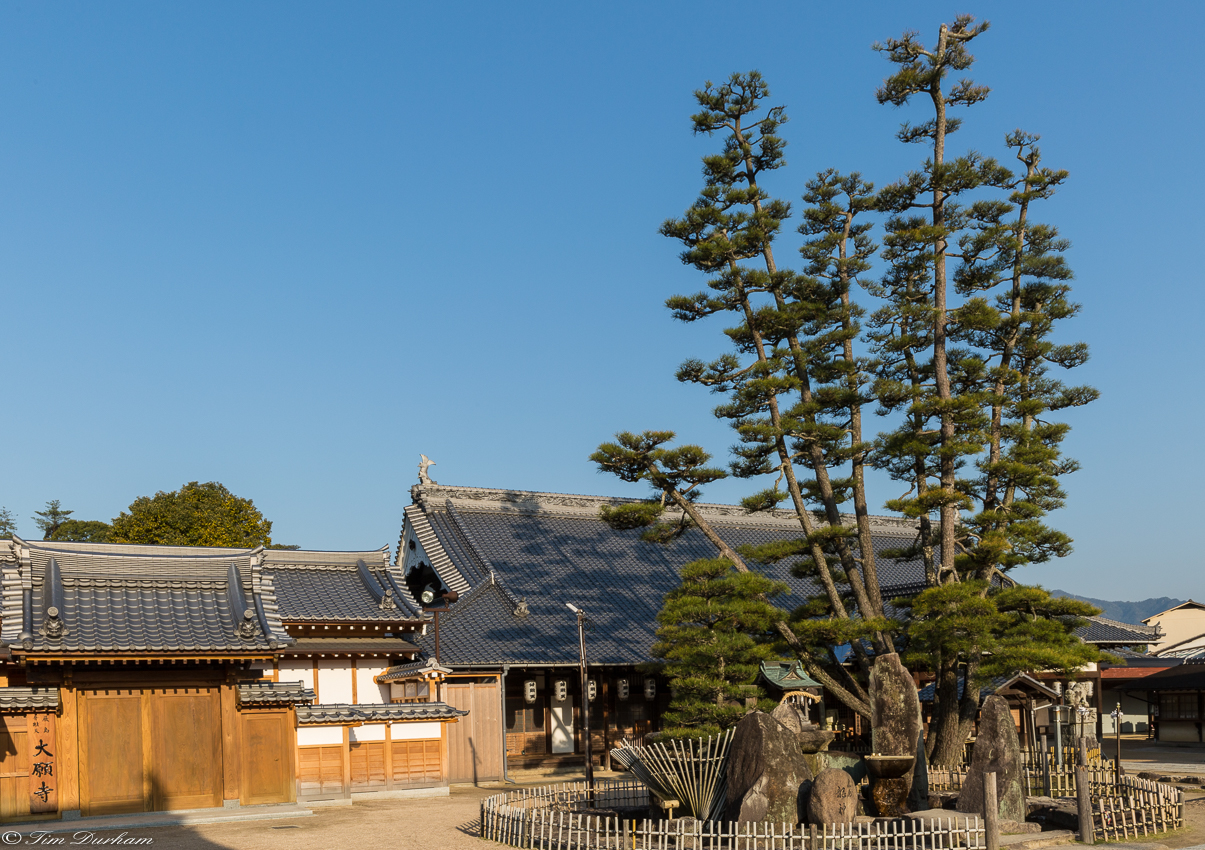
Temple courtyard
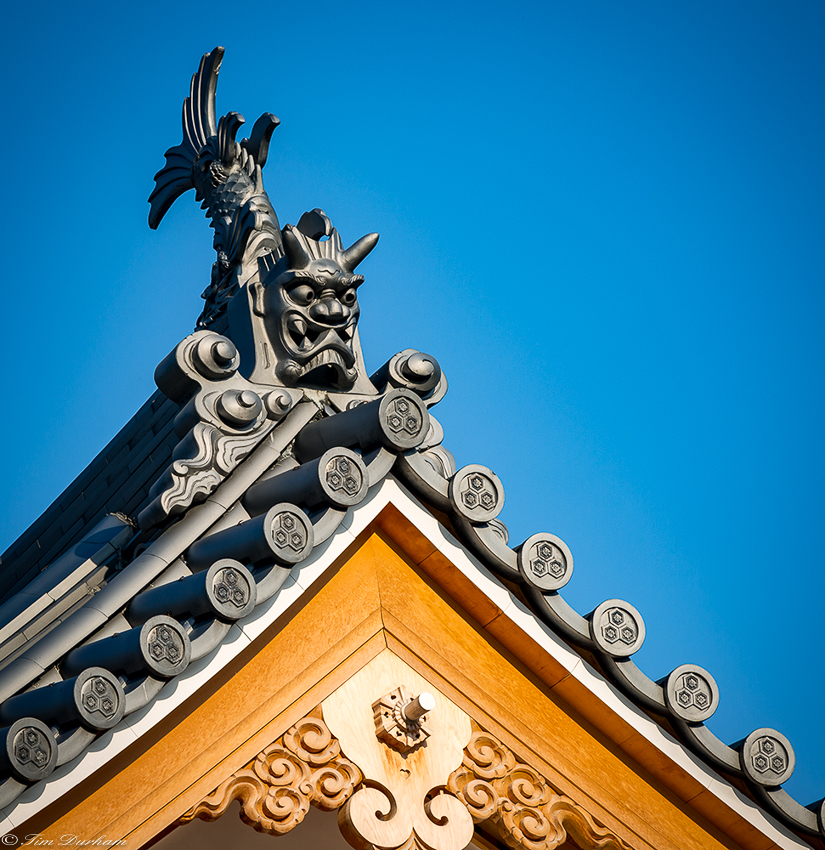
Had to get a refresher from my friend, Evan Pike*, on this architecture… The round things represent the family seal. The gargoyle is half fish and half some other kind of animal/god that protects against fire.
Rationale: if the fish is swimming that high, there must be water that high, thus fire cannot exist beneath the water and the house is protected. Addendum: that mean daemonic thing is there to ward off evil spirits.
Makes sense to me…
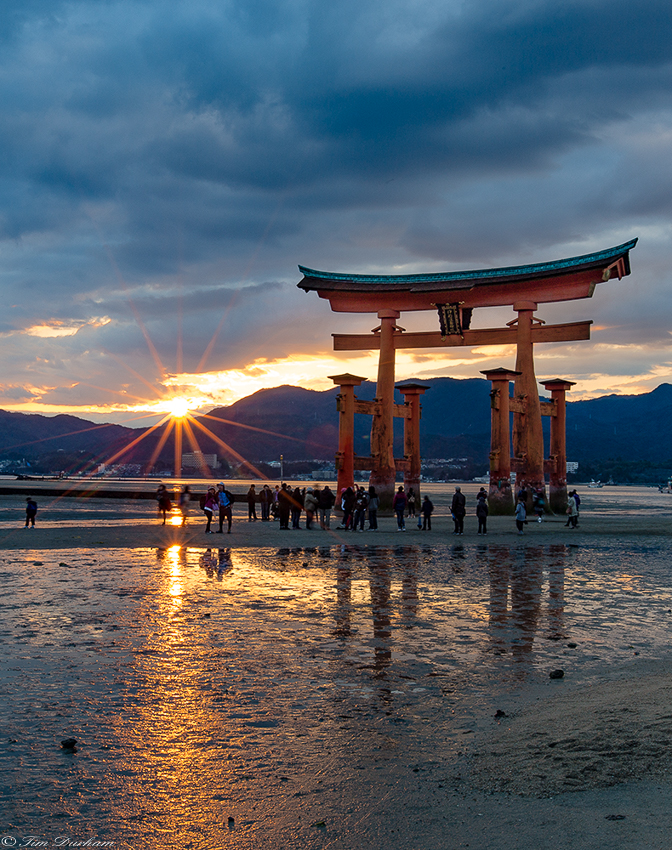
Sundown at Miyajima’s Torii gate.
*With thanks to Evan Pike, www.evanpike.com and www.japanphotoguide.com
G’night for now…
Up next, Hiroshima.
]]>
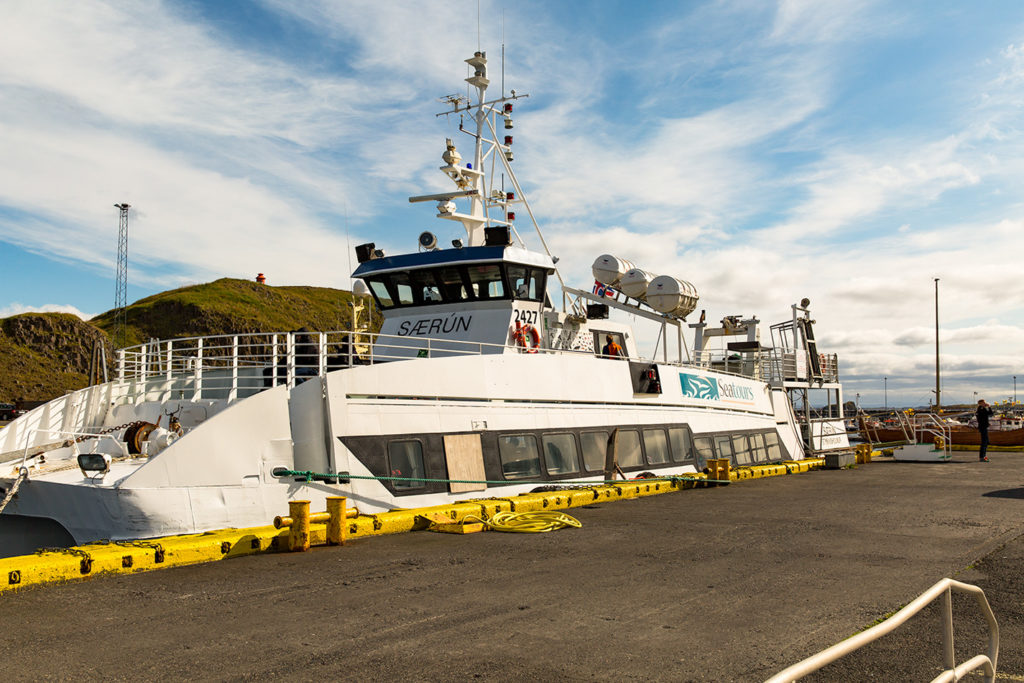
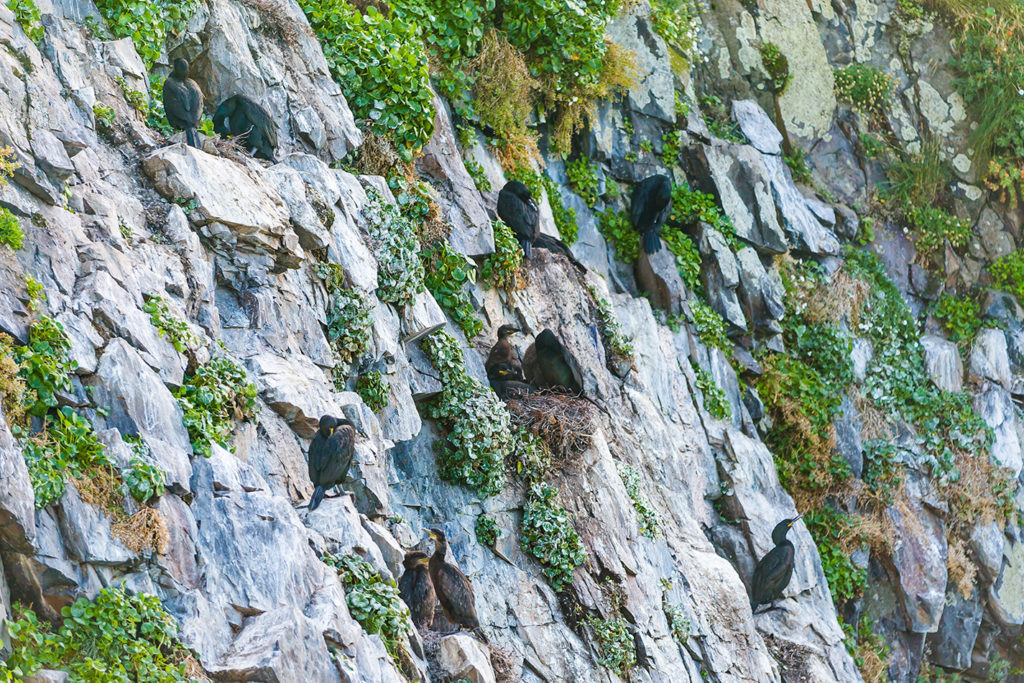
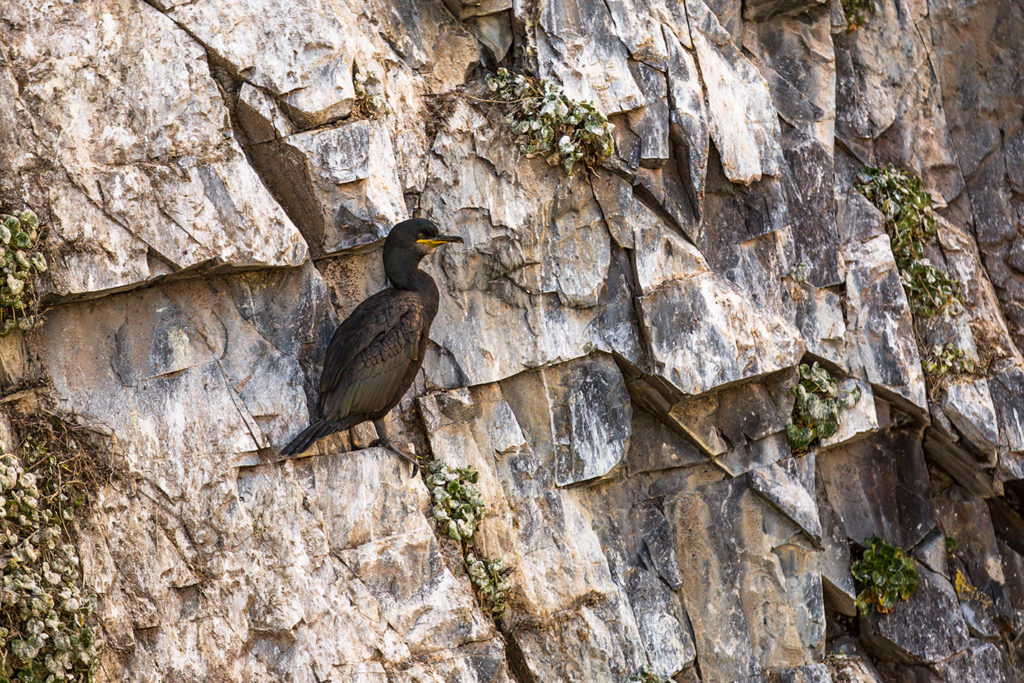























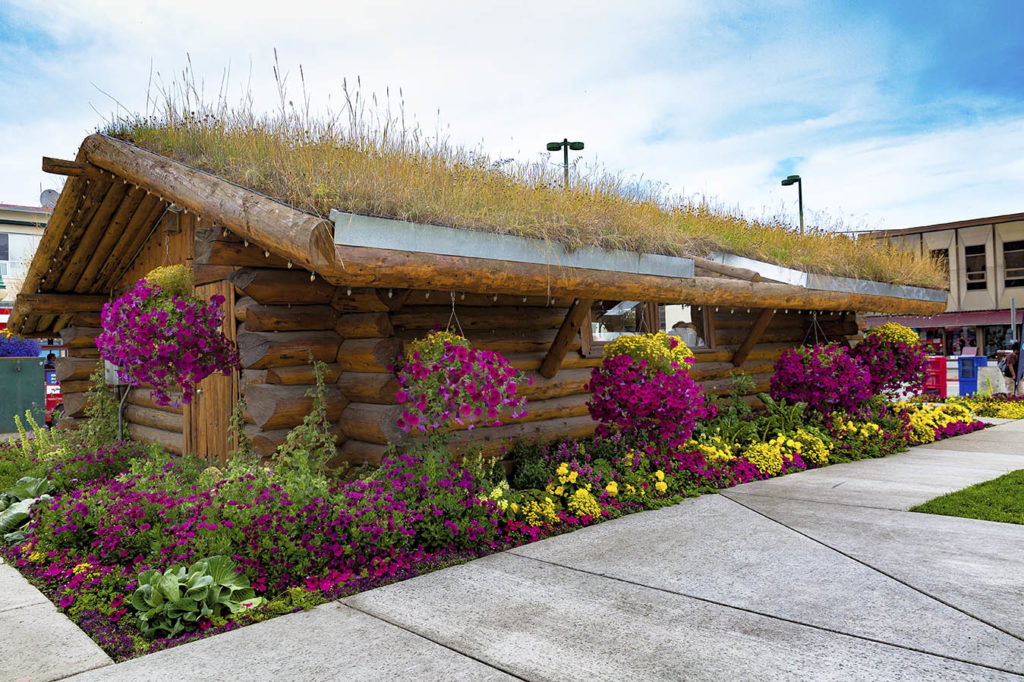

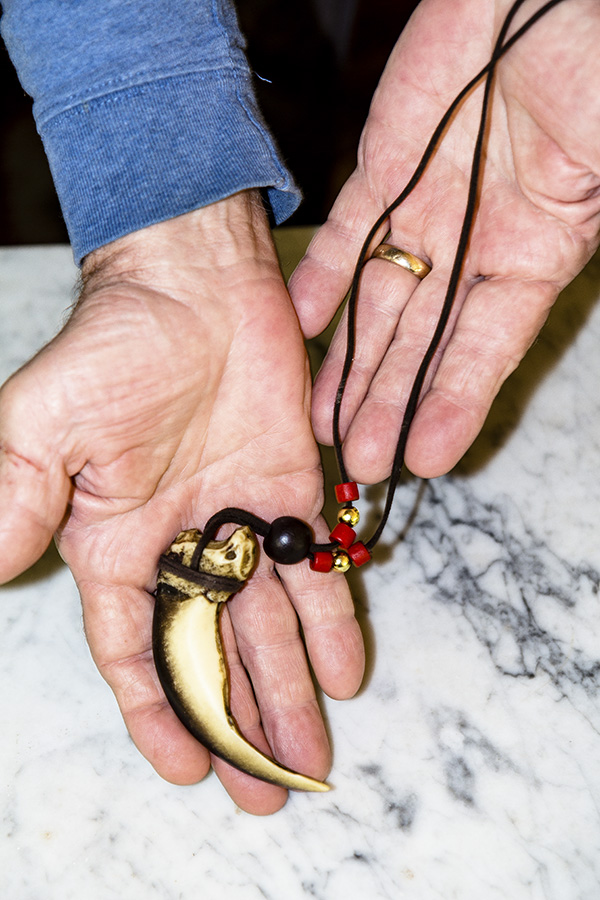
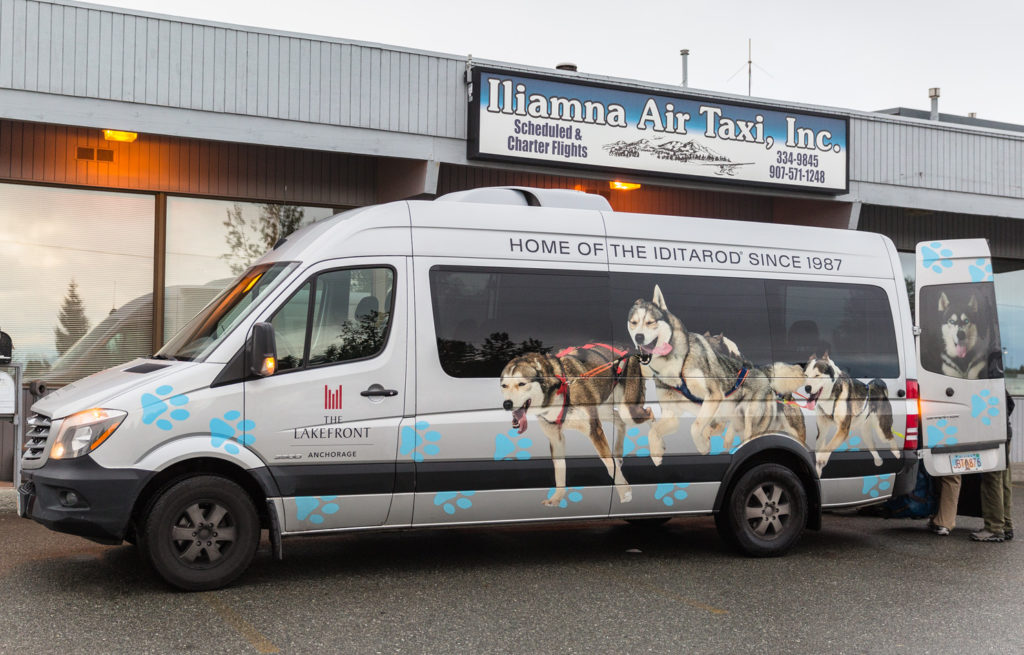
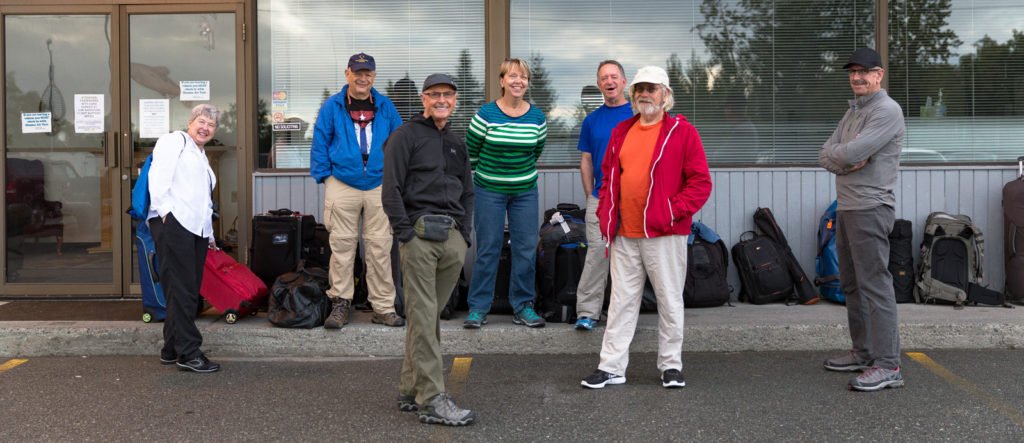
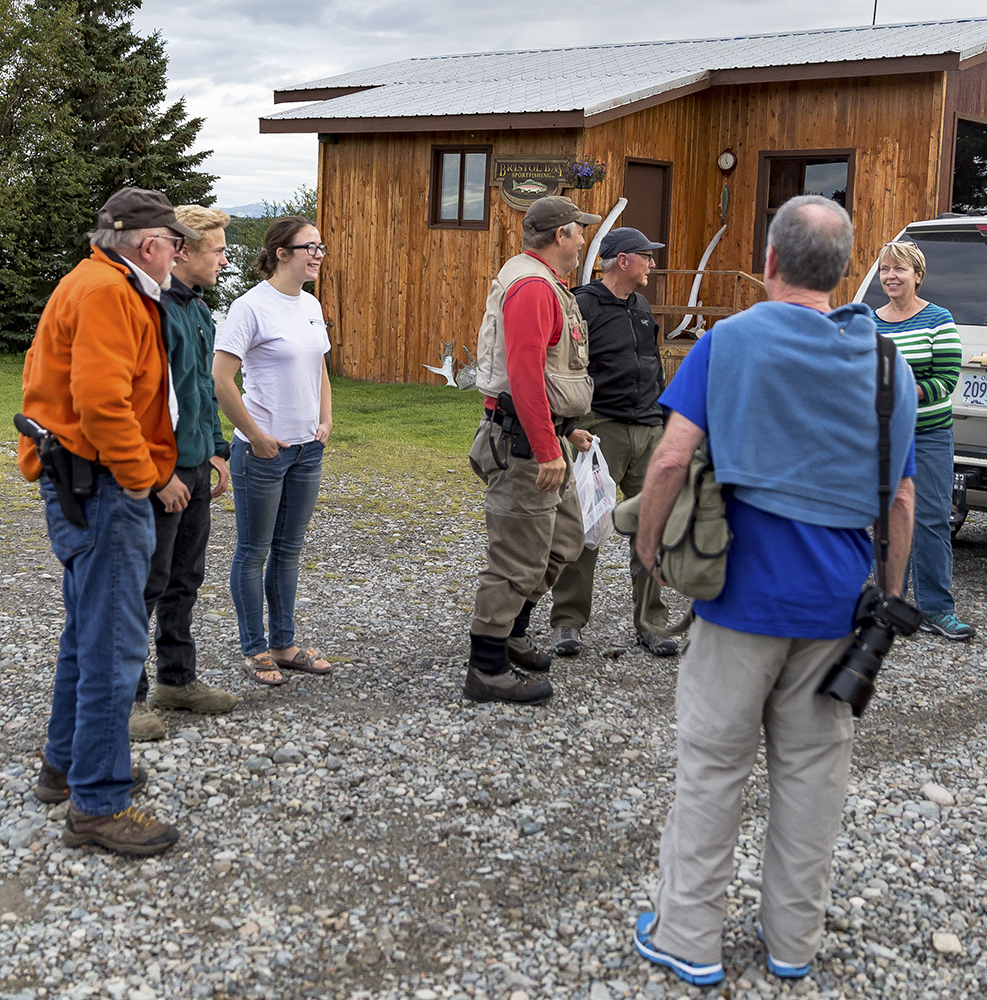
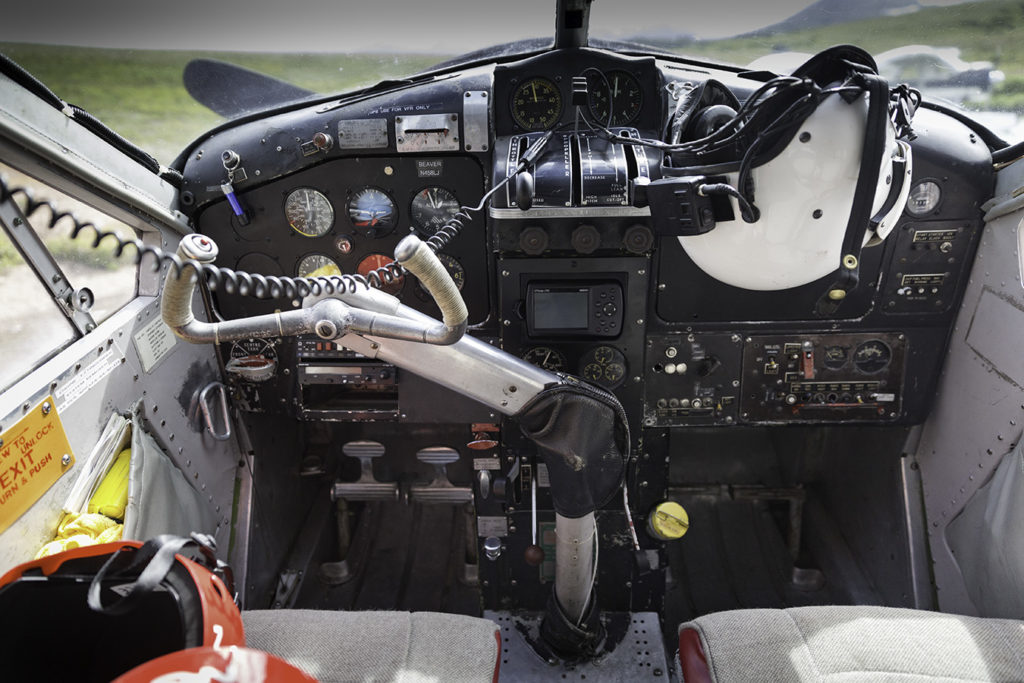
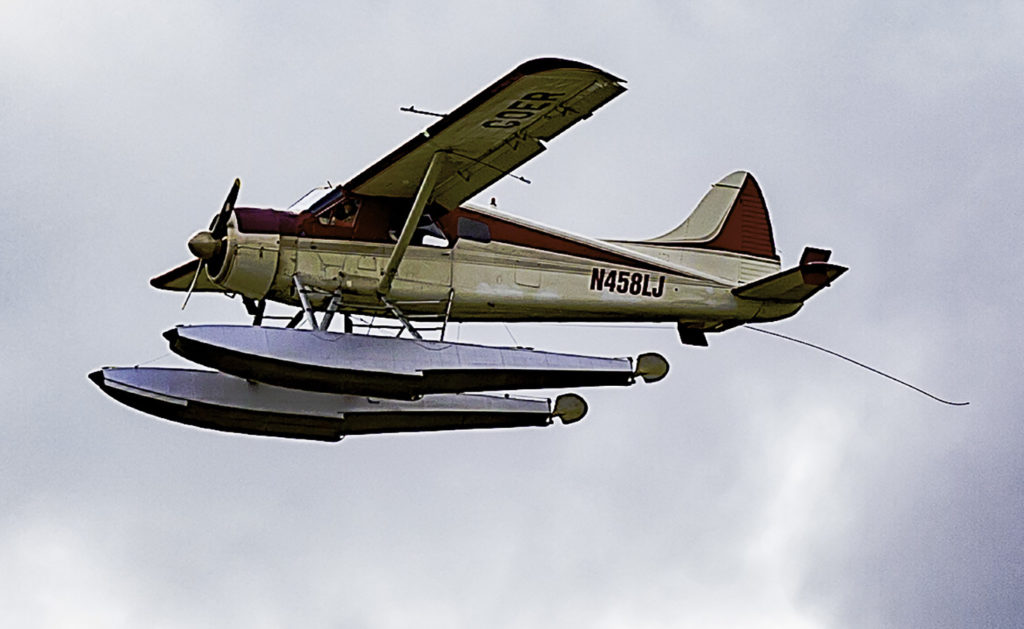
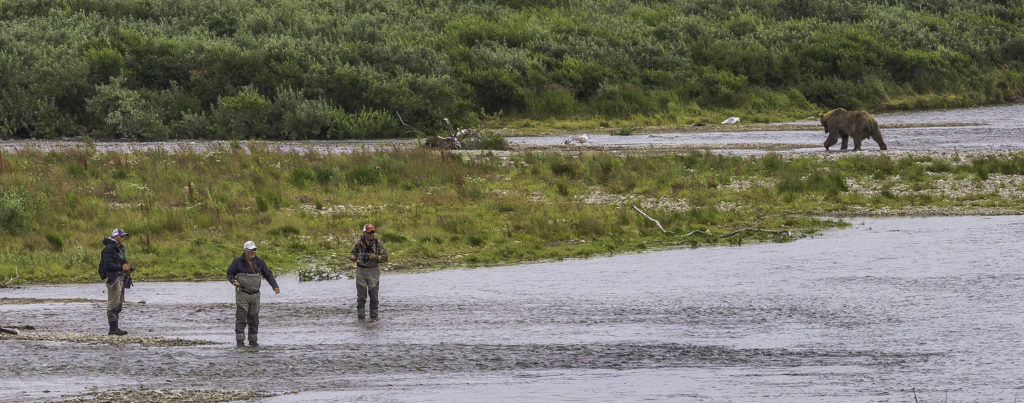
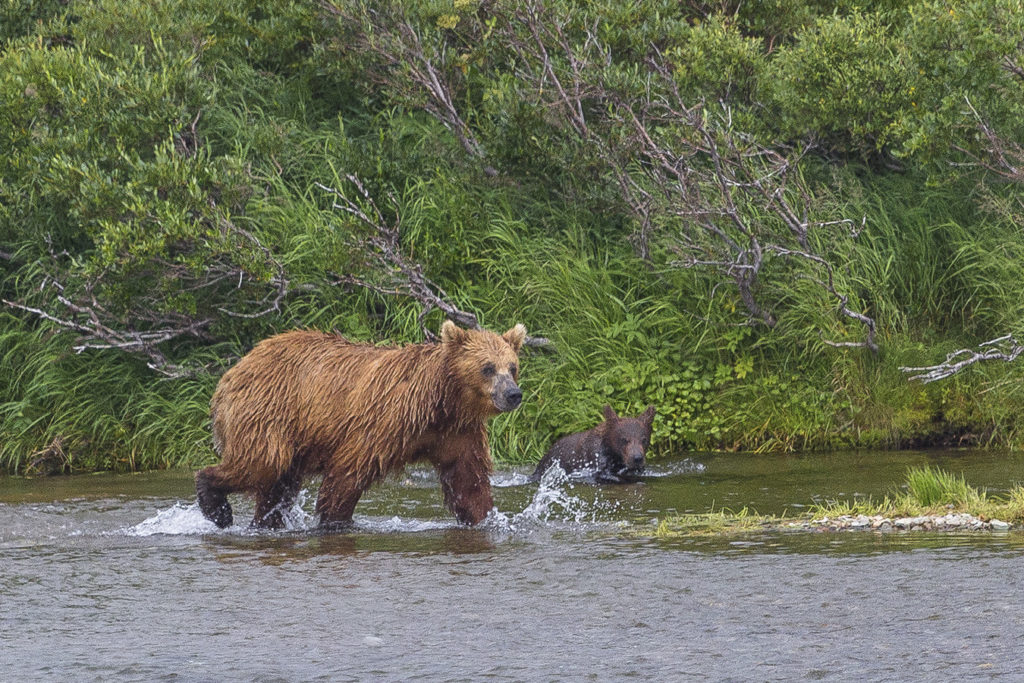
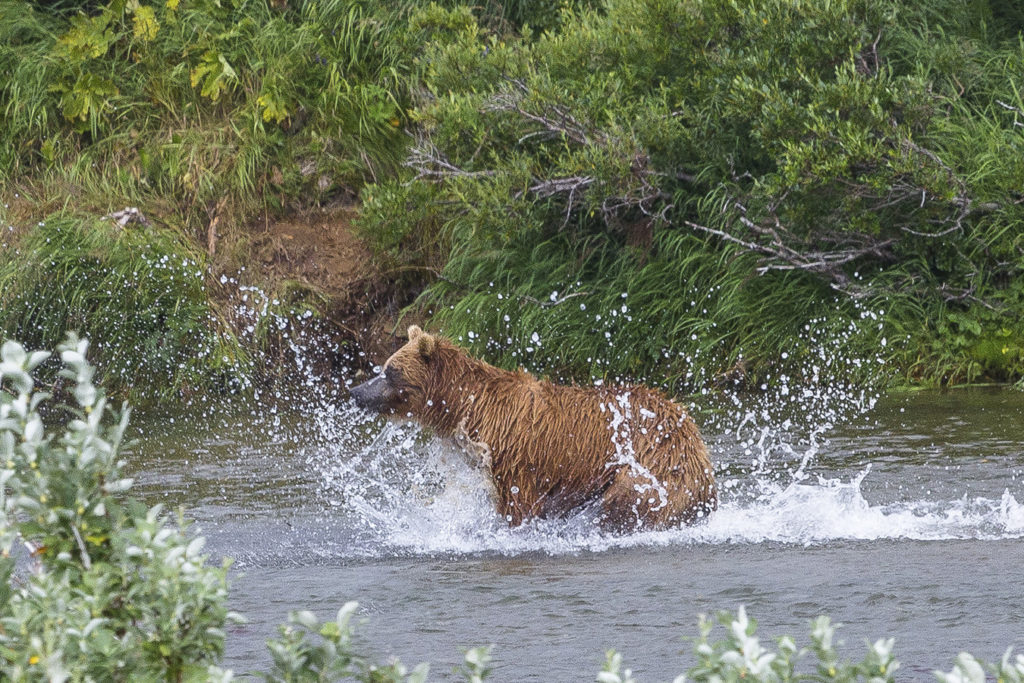
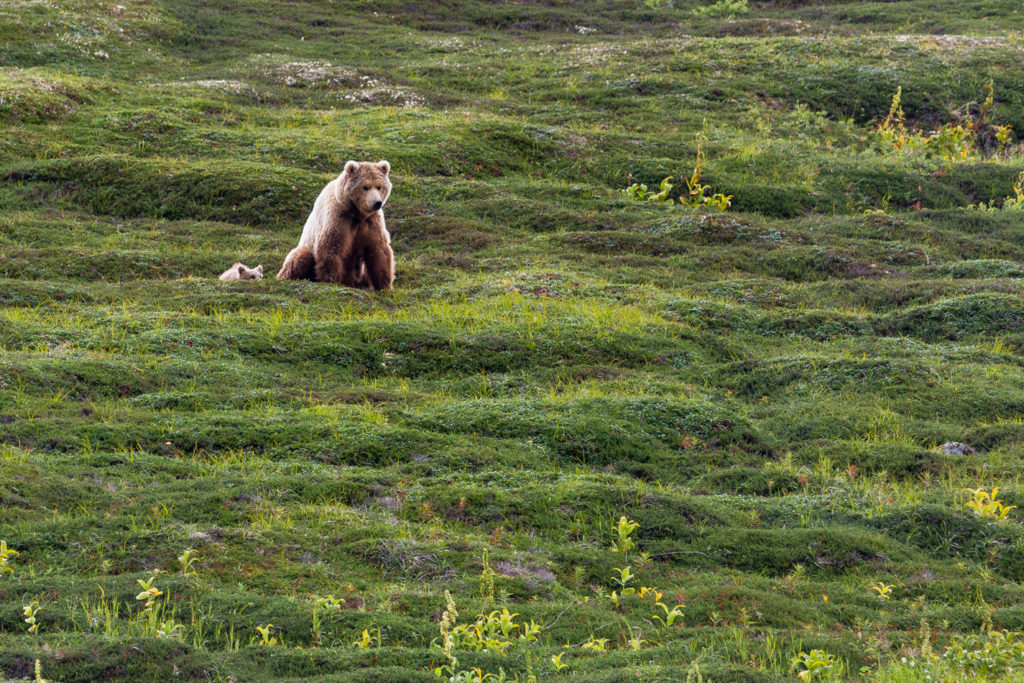
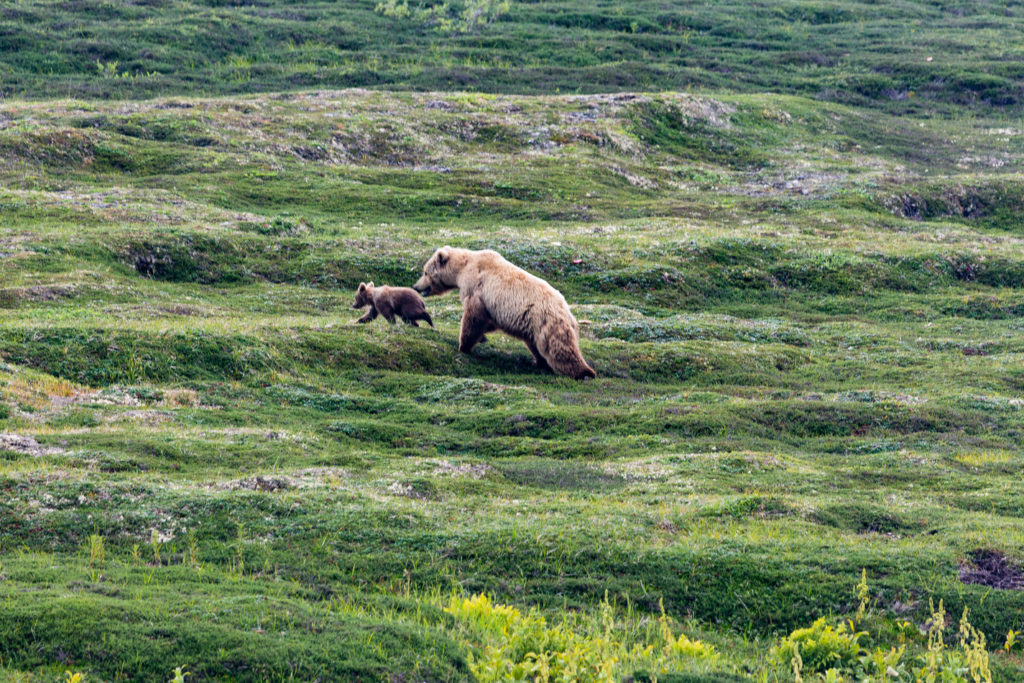
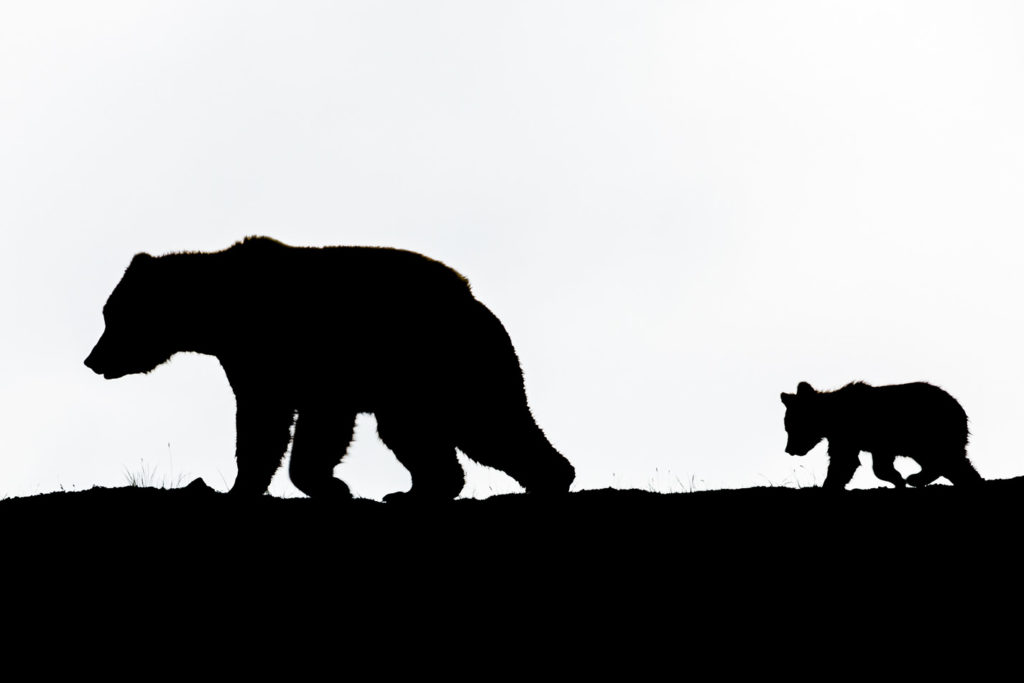
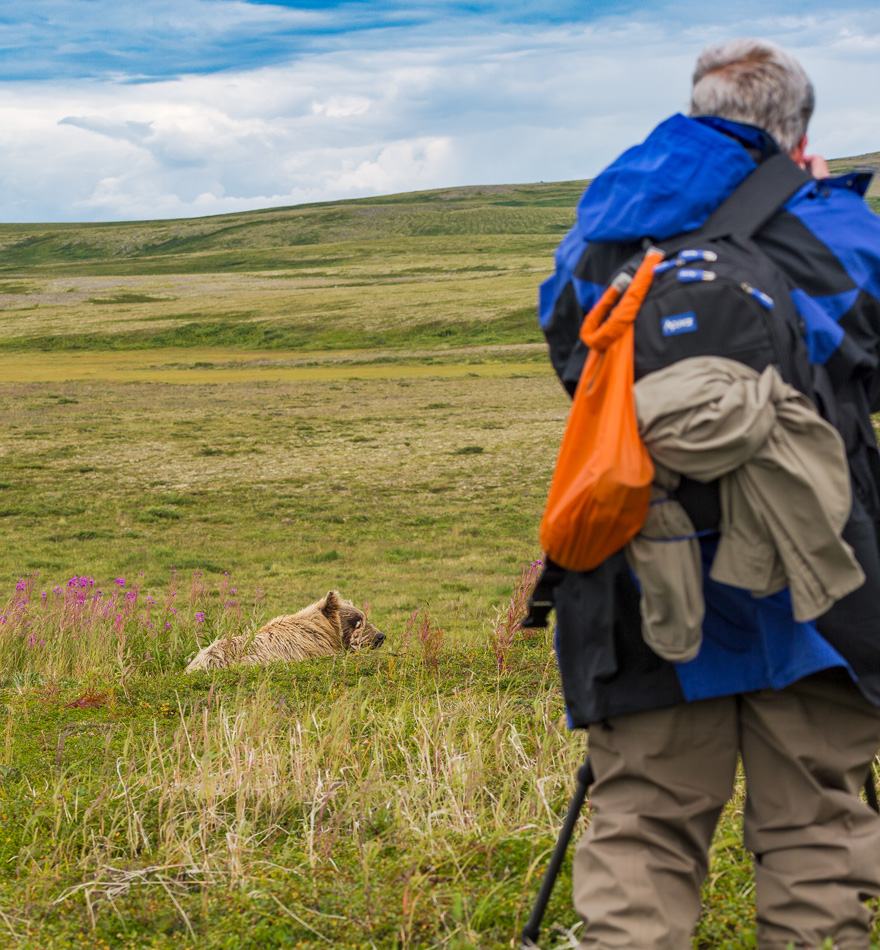
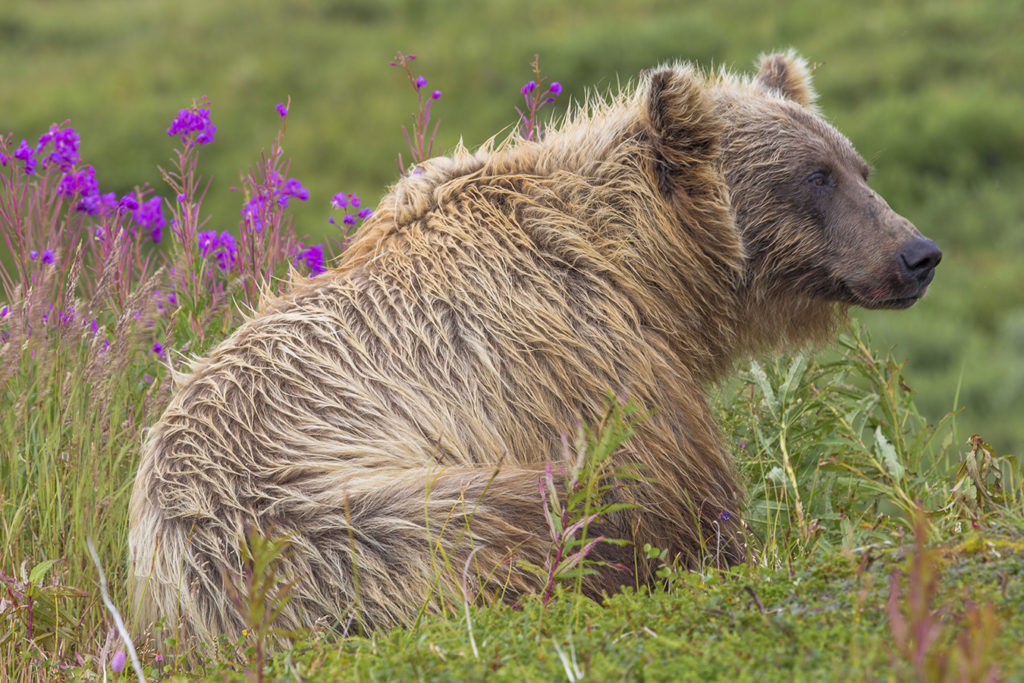
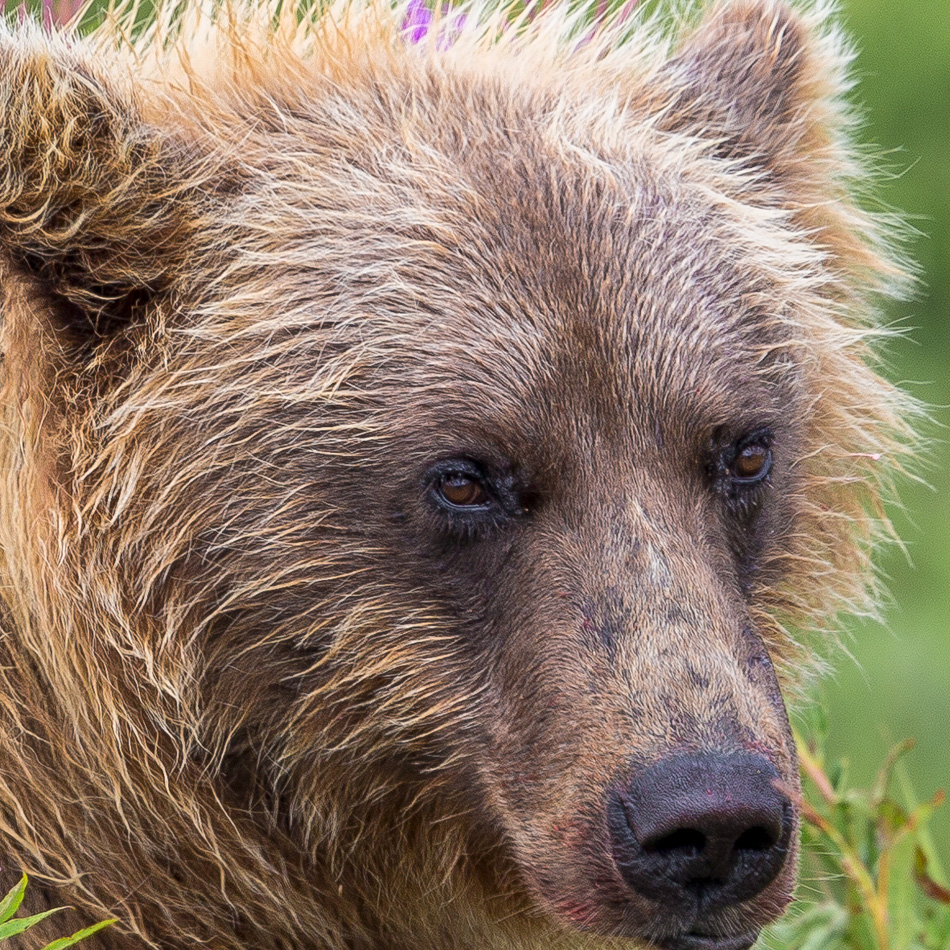
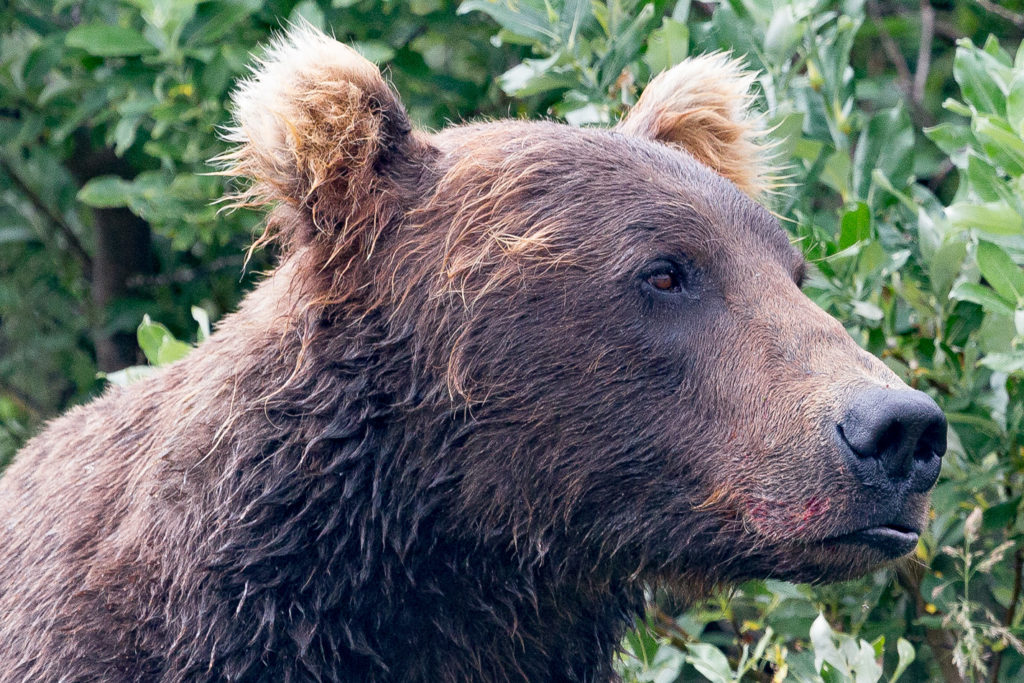
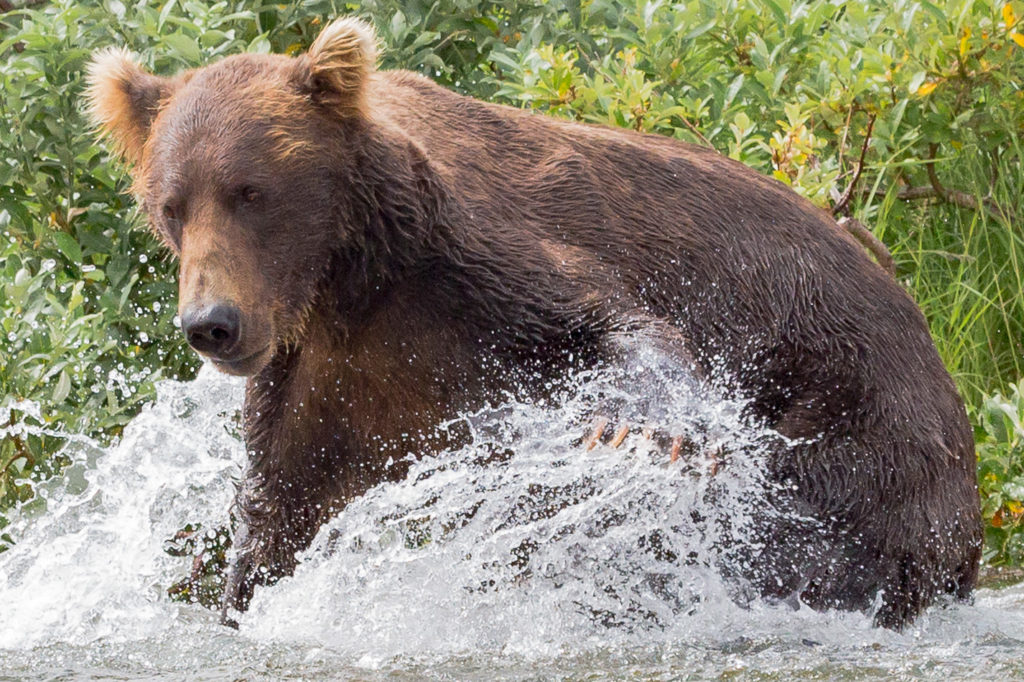
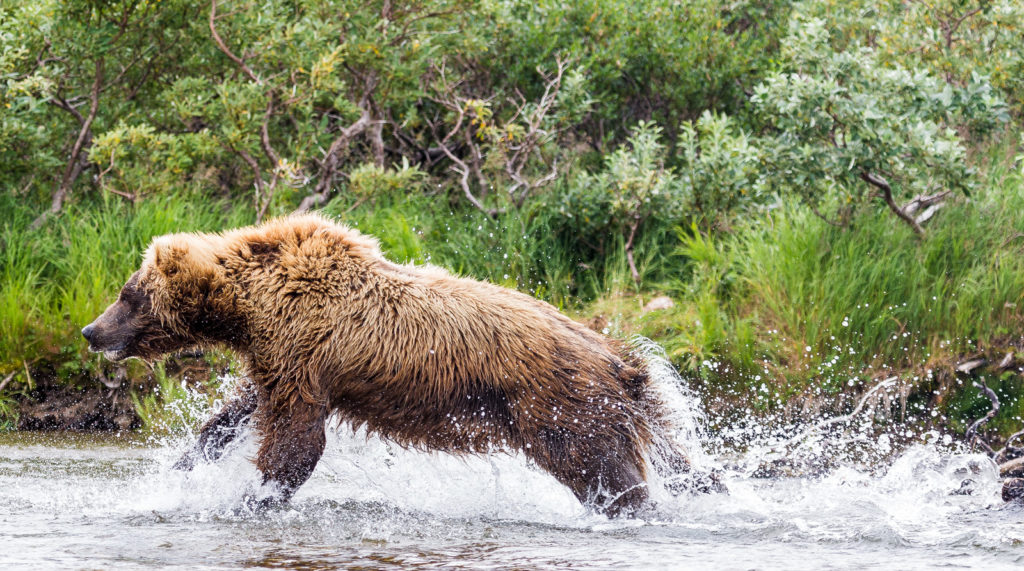
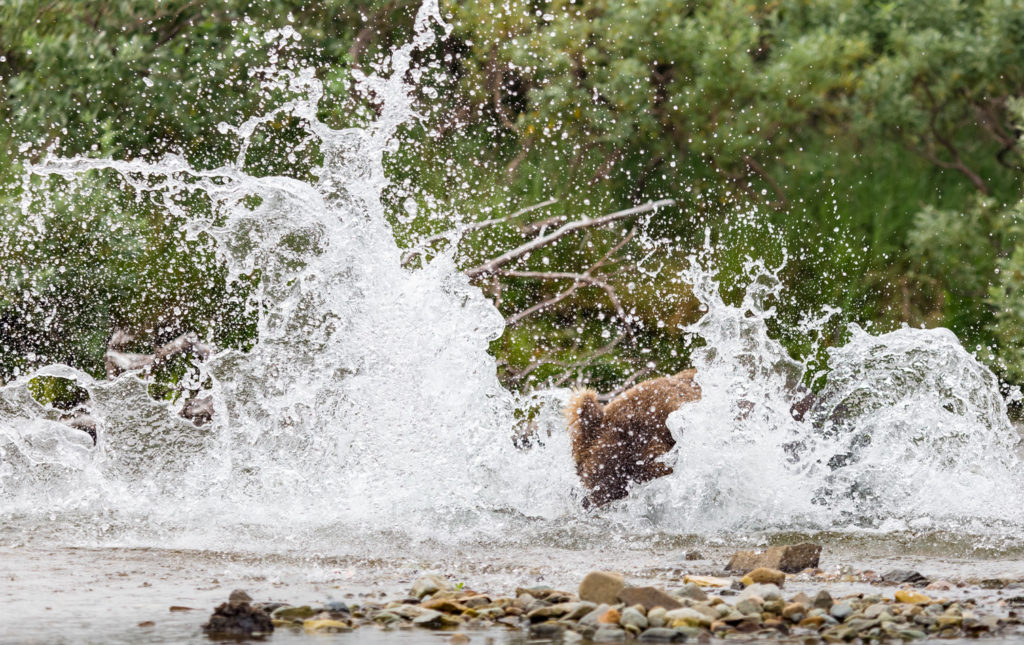
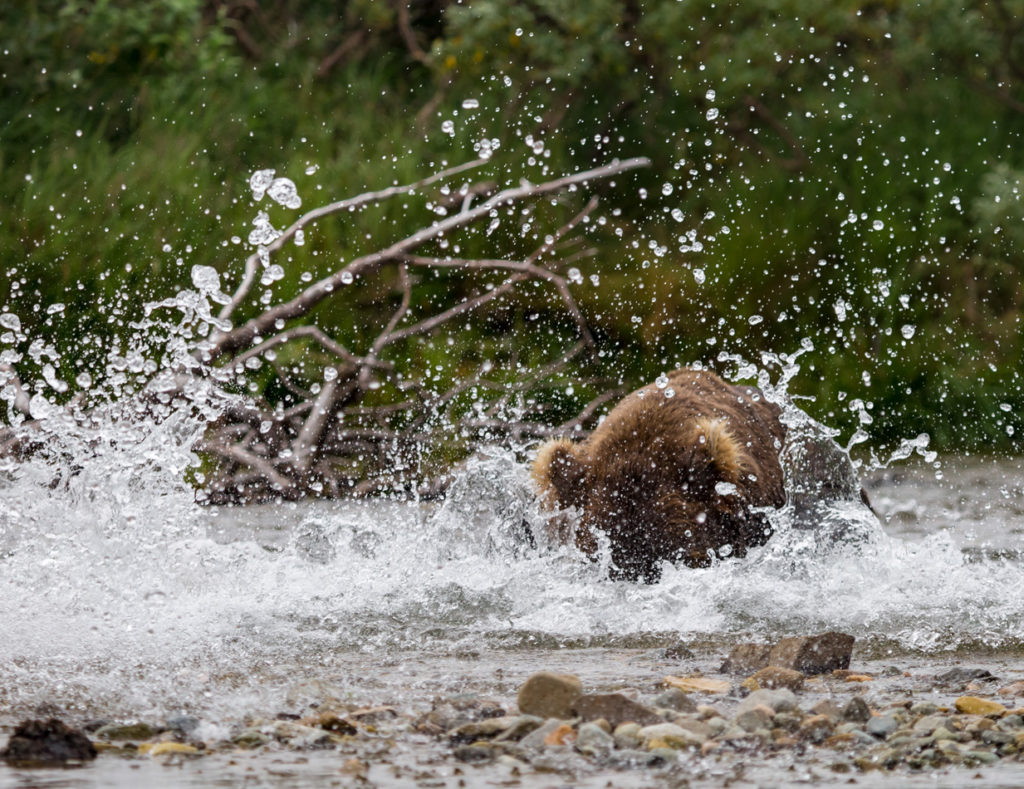
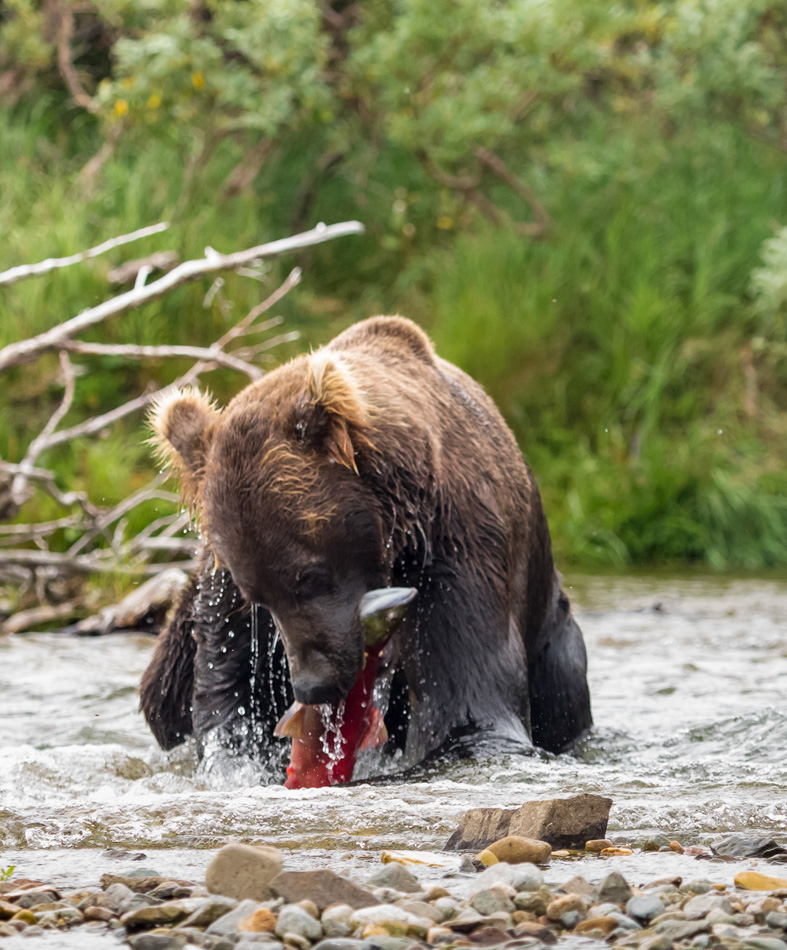
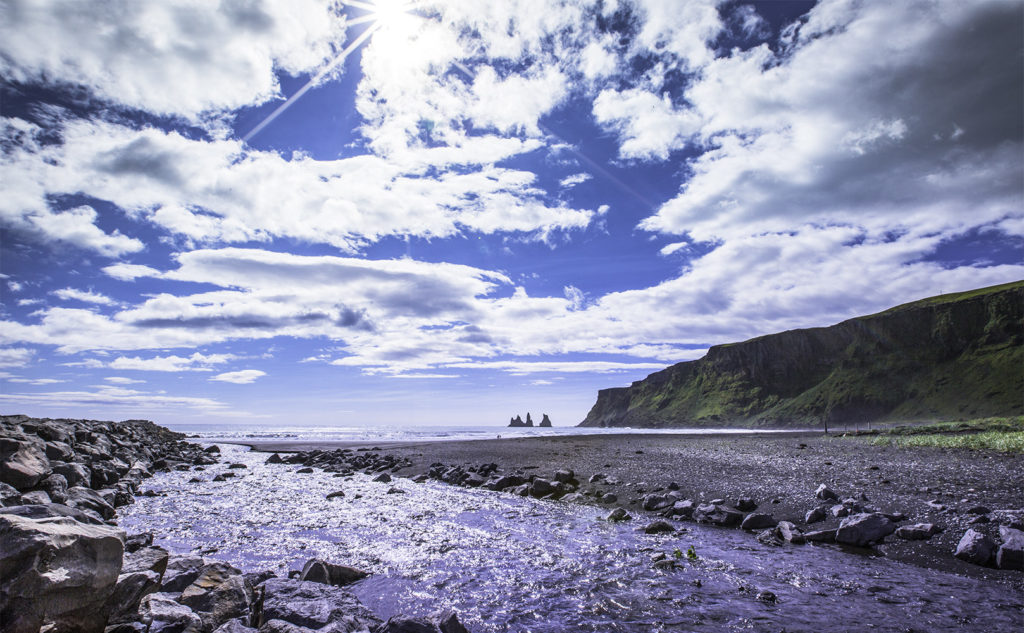
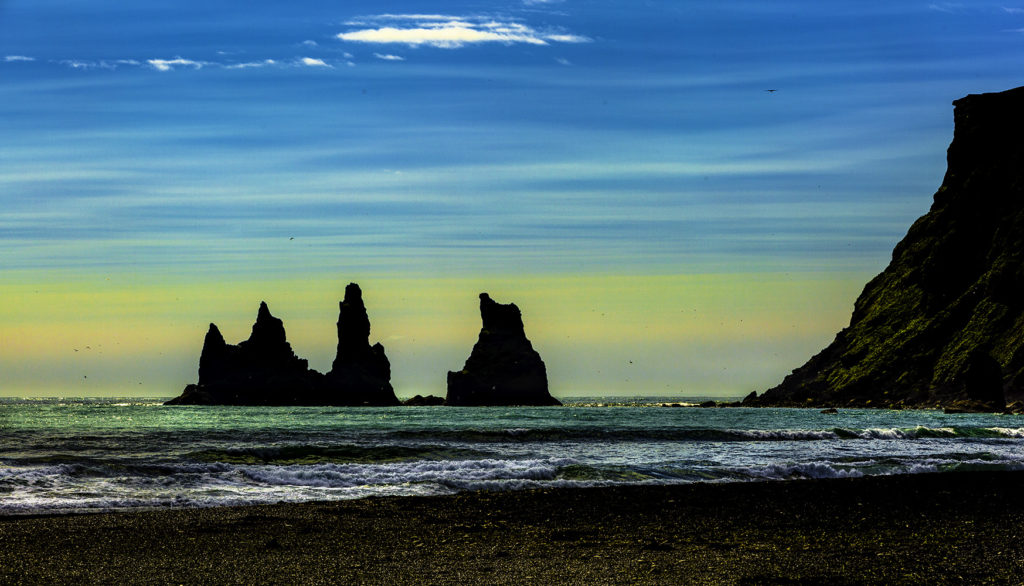
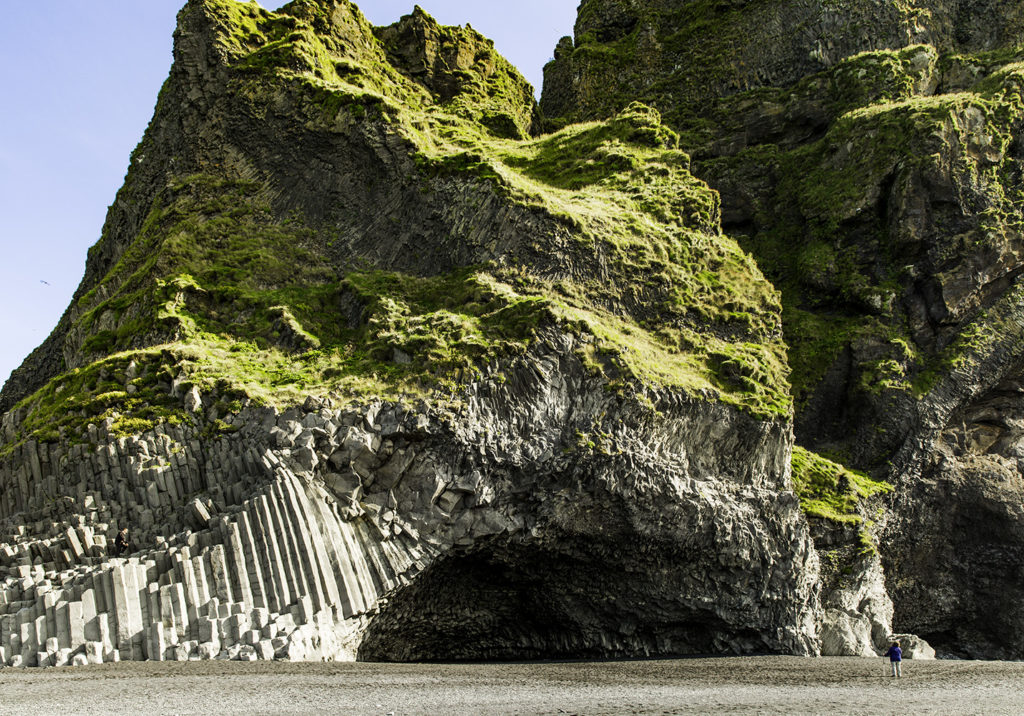
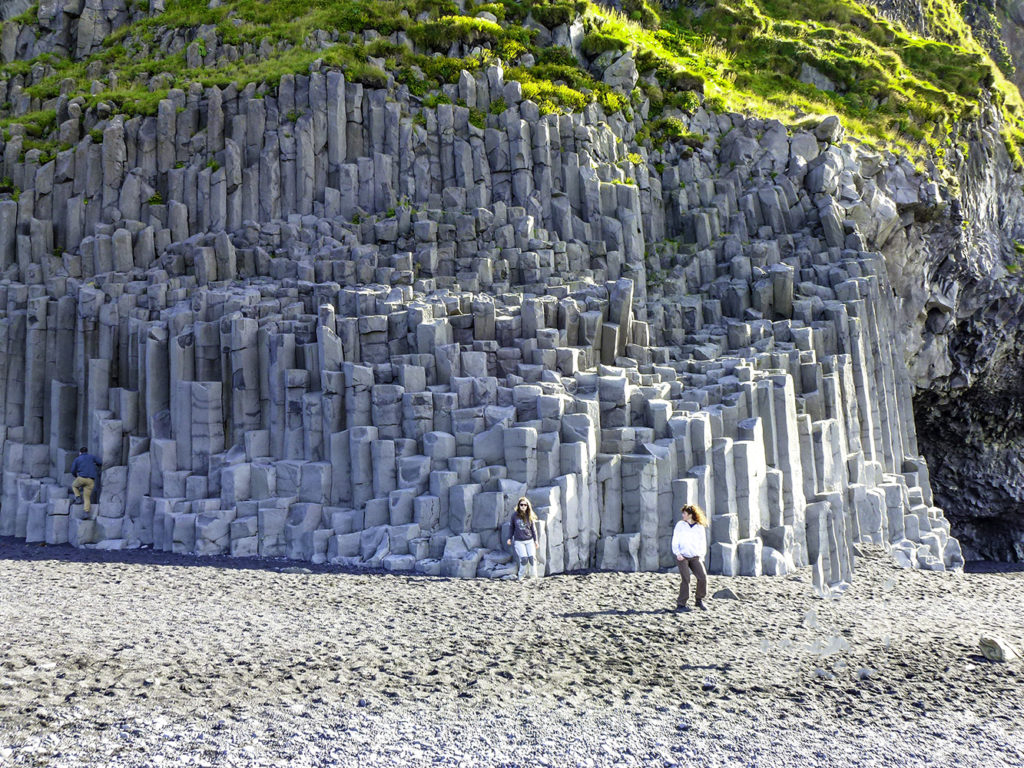
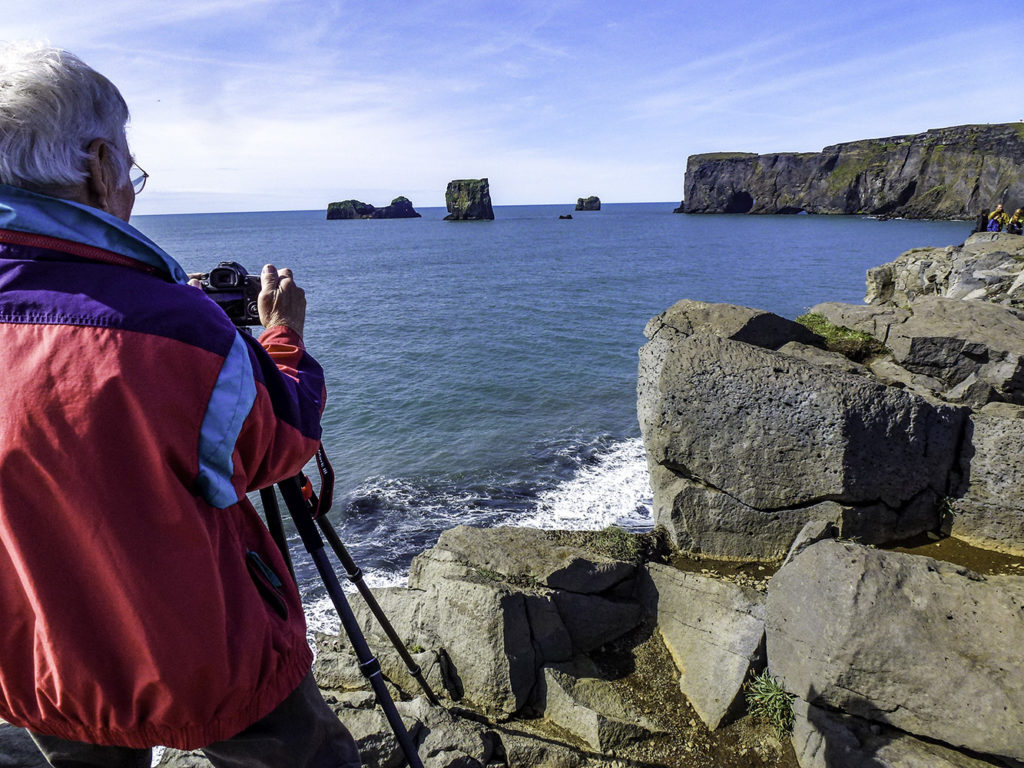
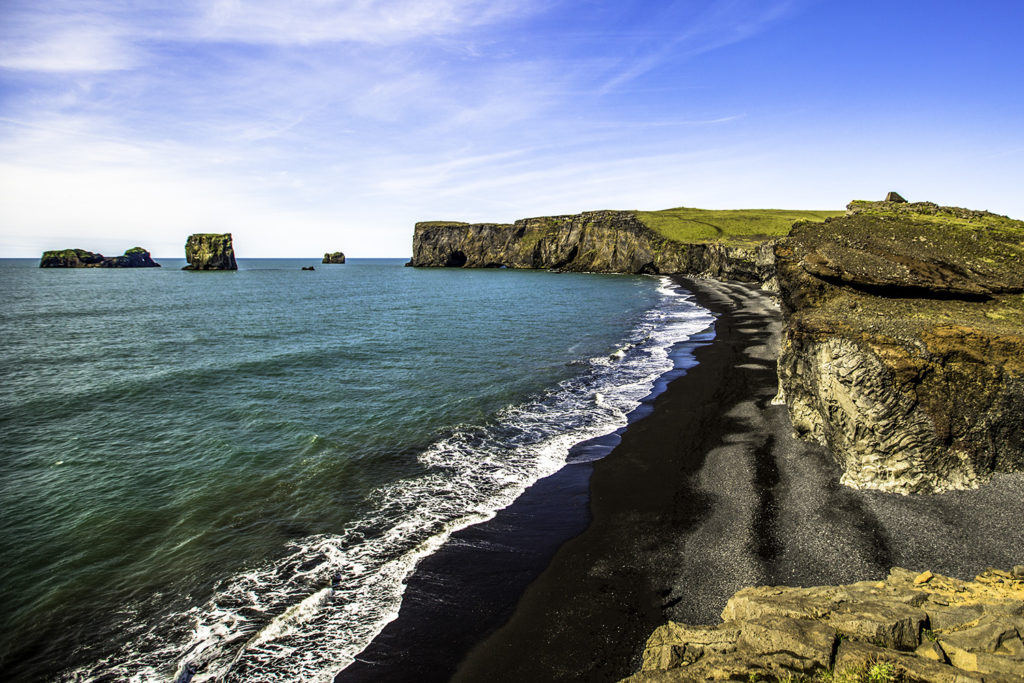
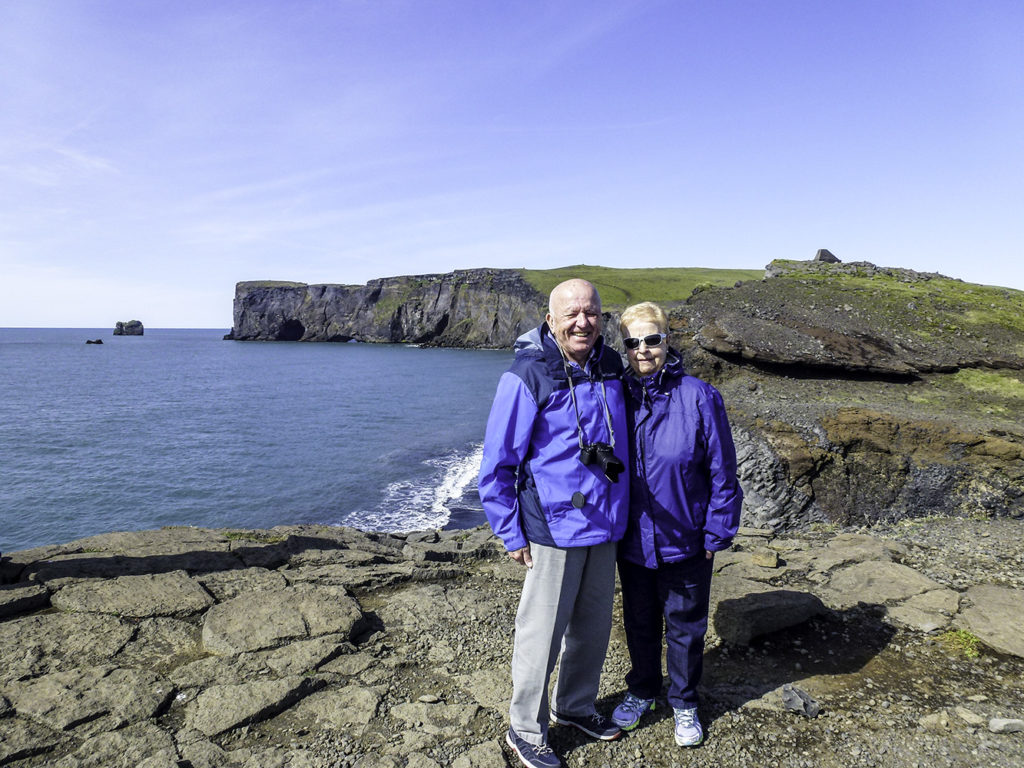
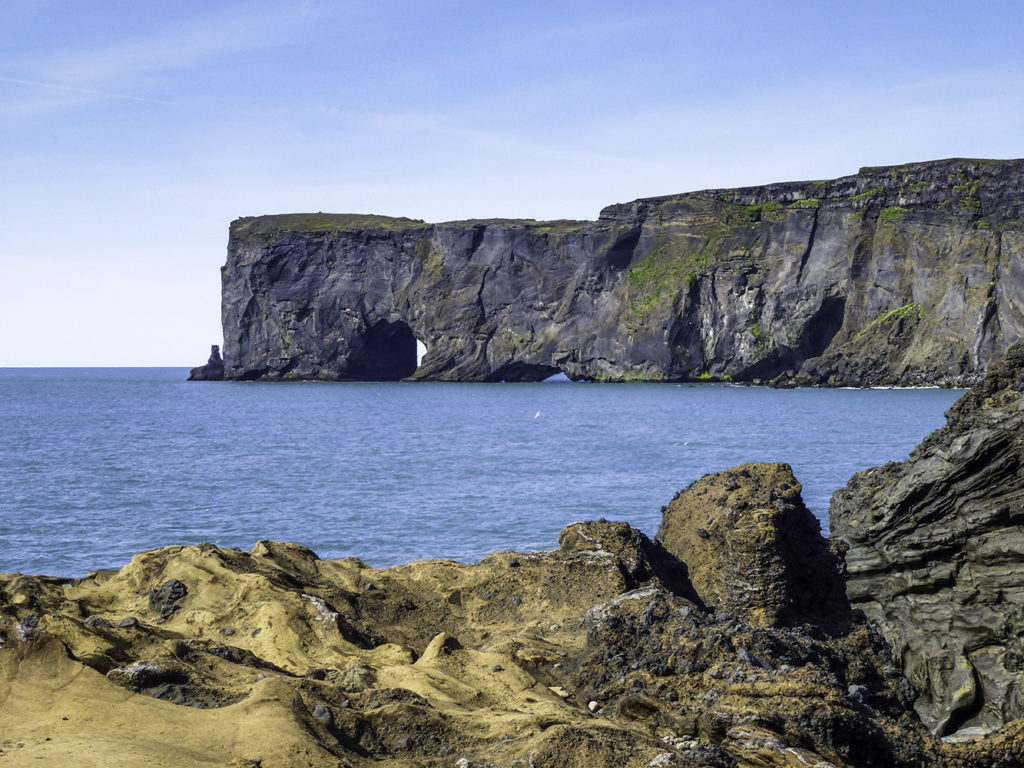

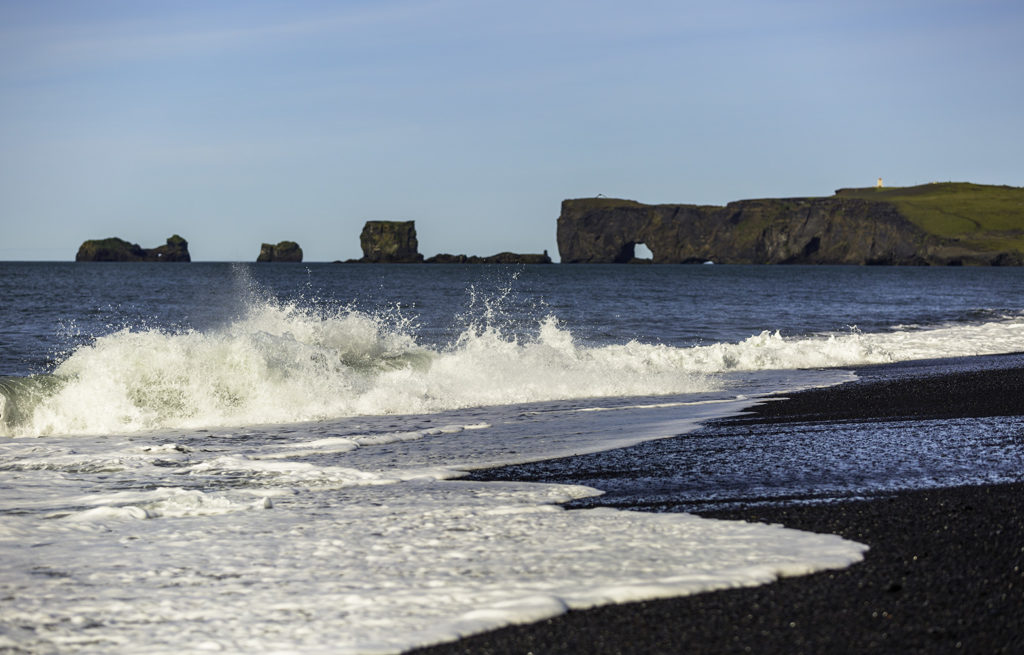
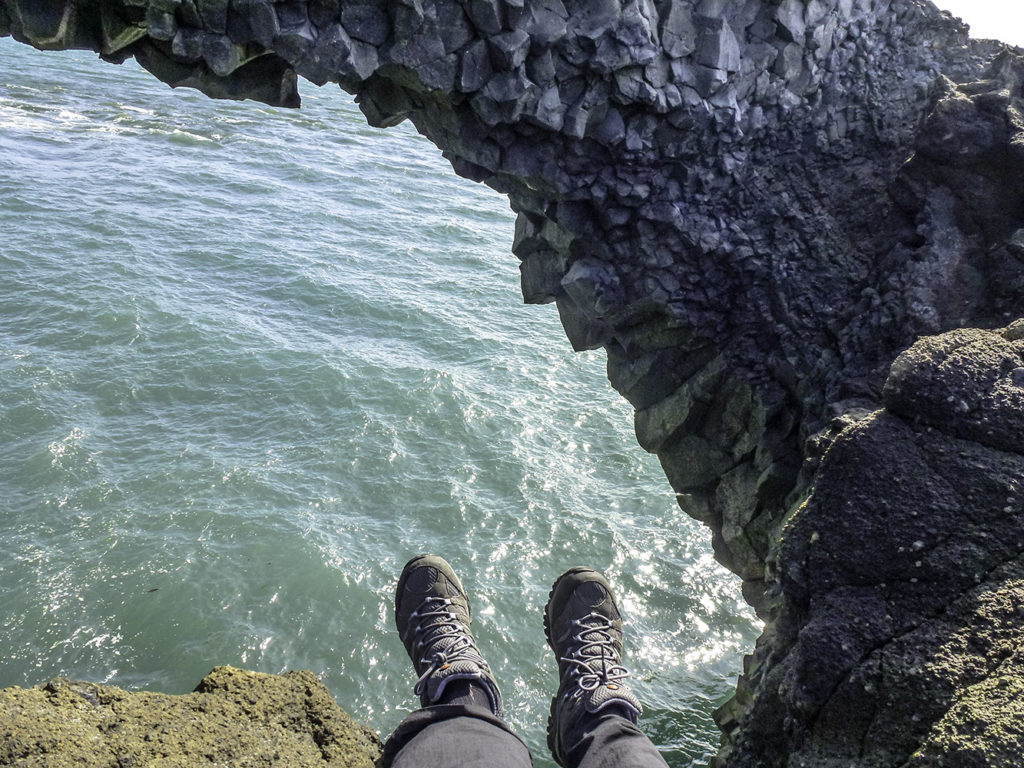

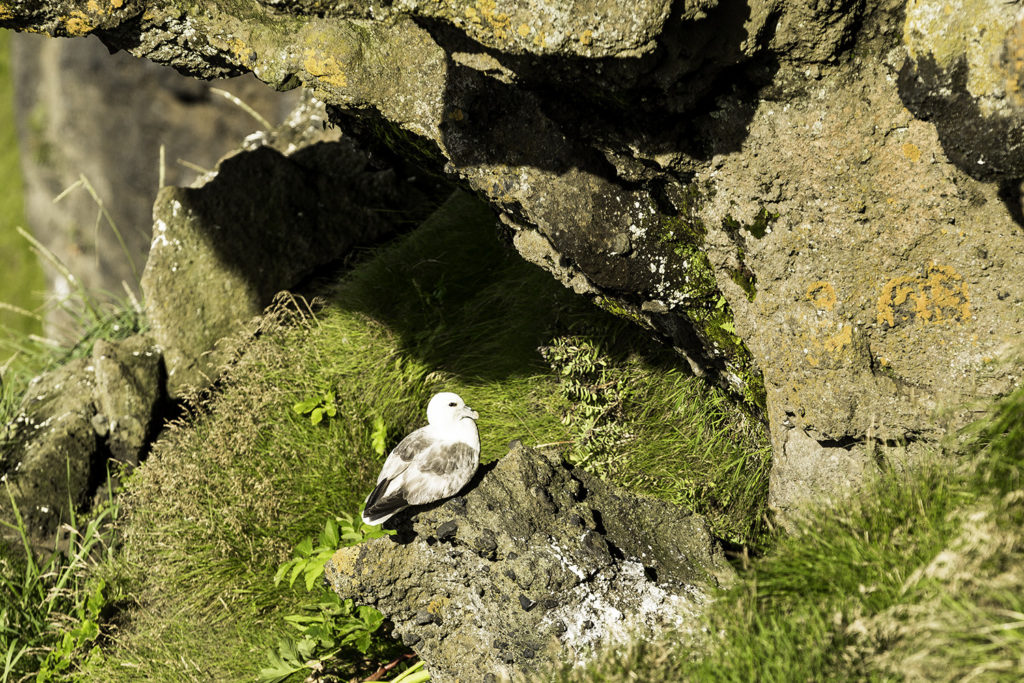
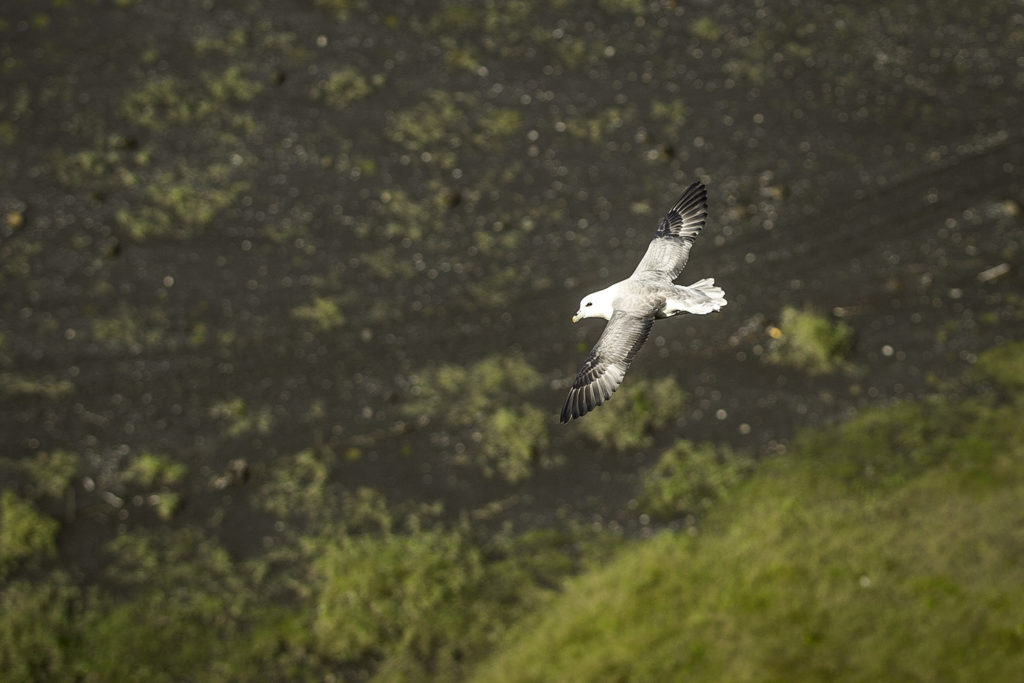
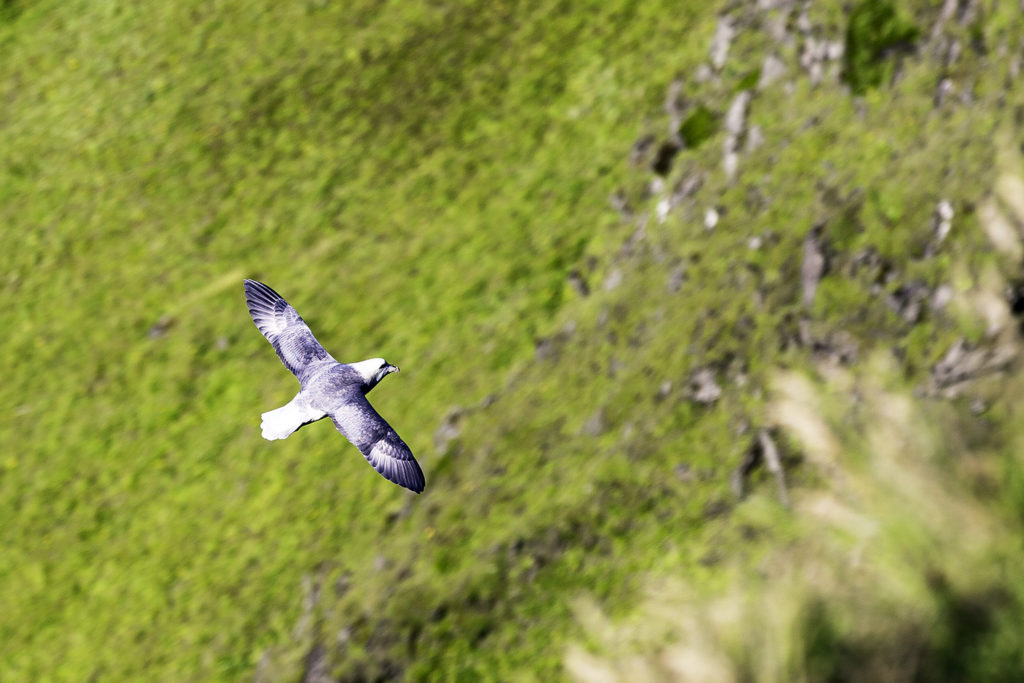
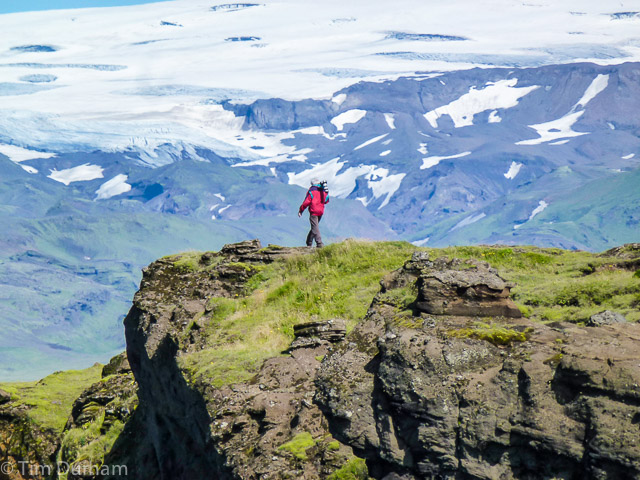
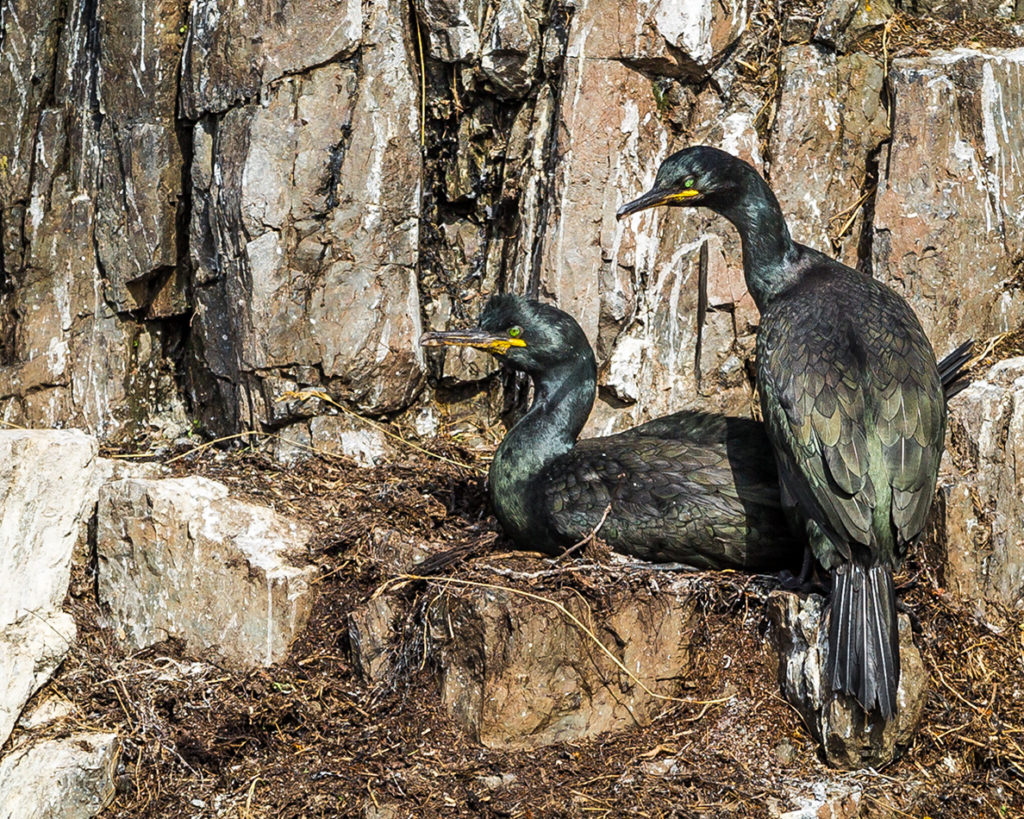
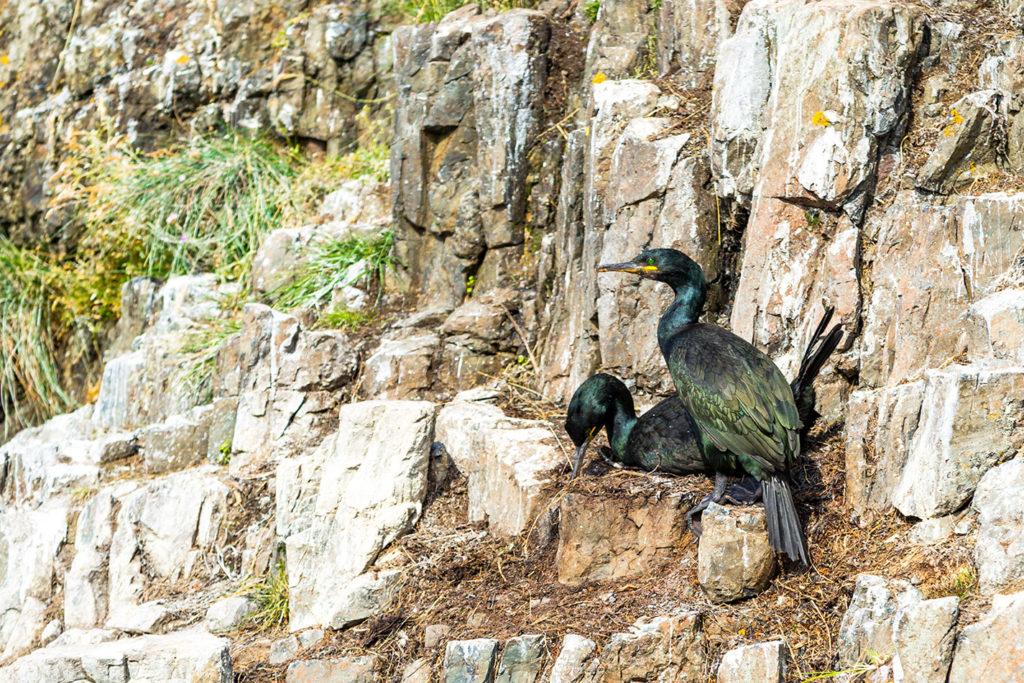
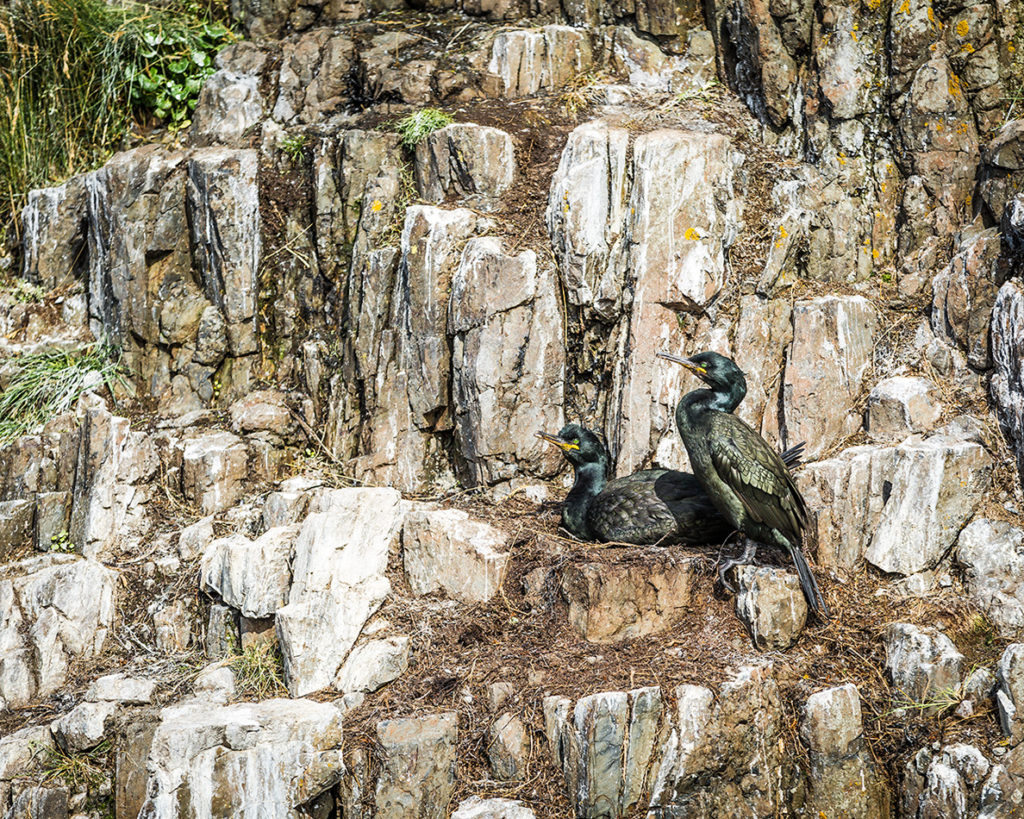
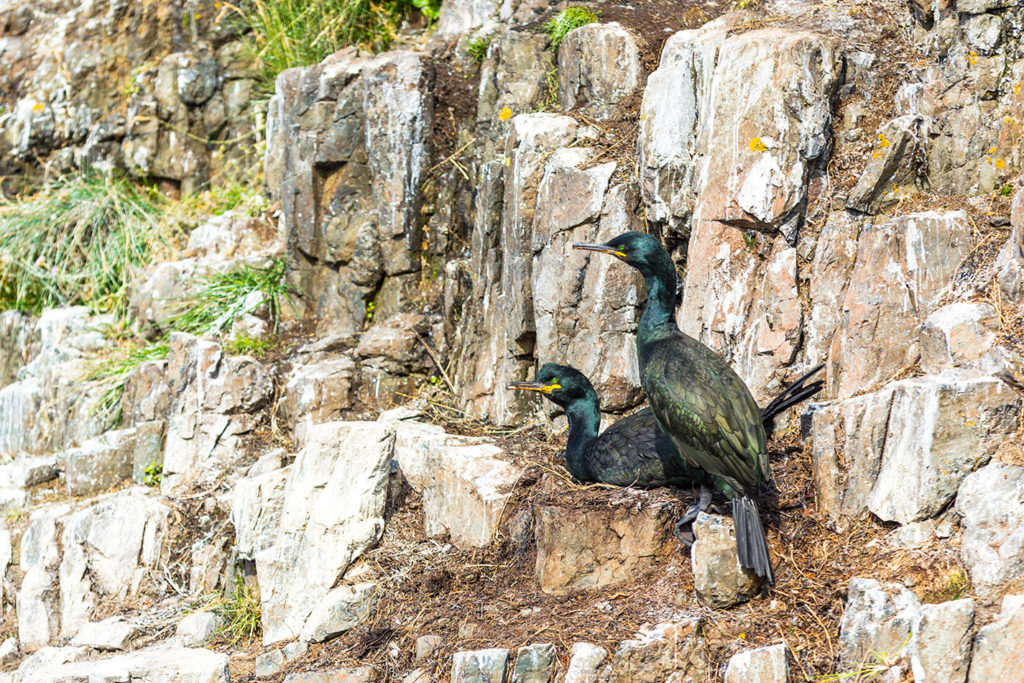
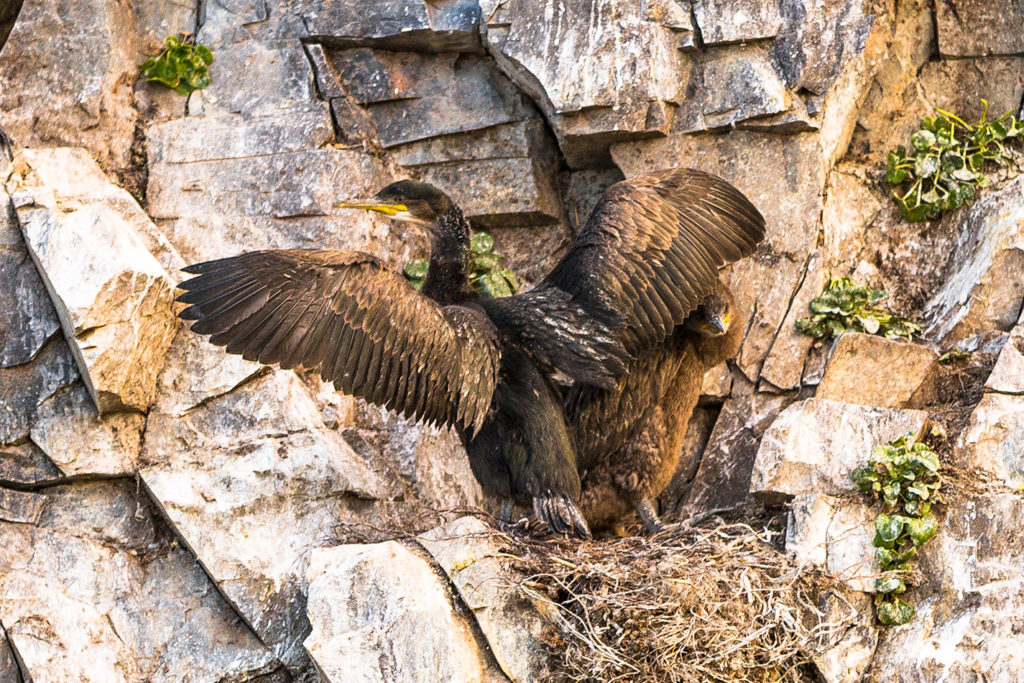
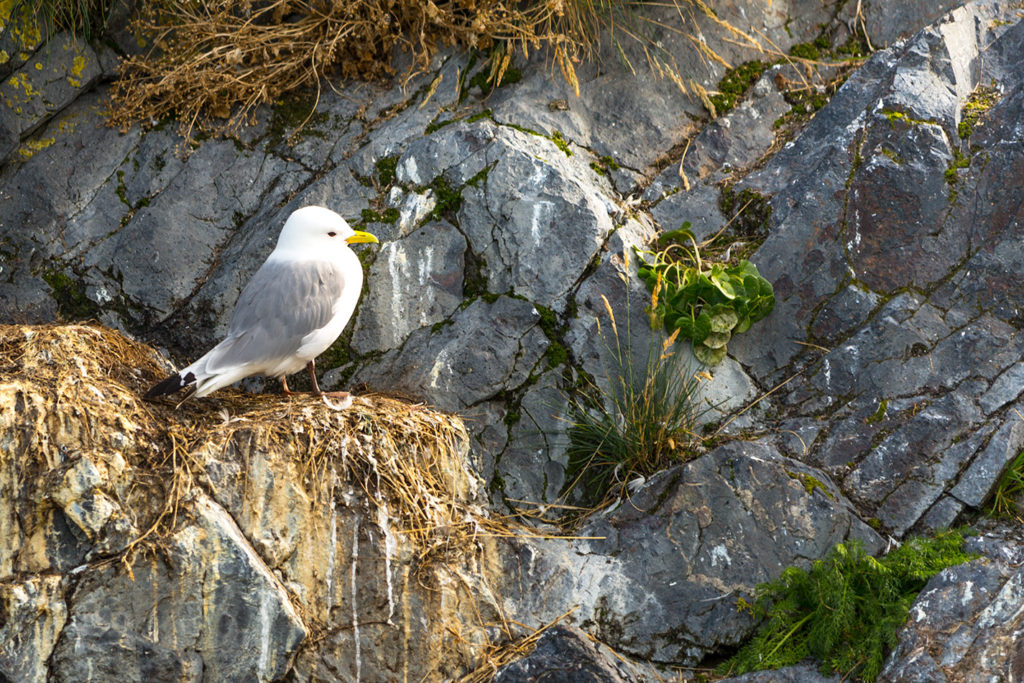
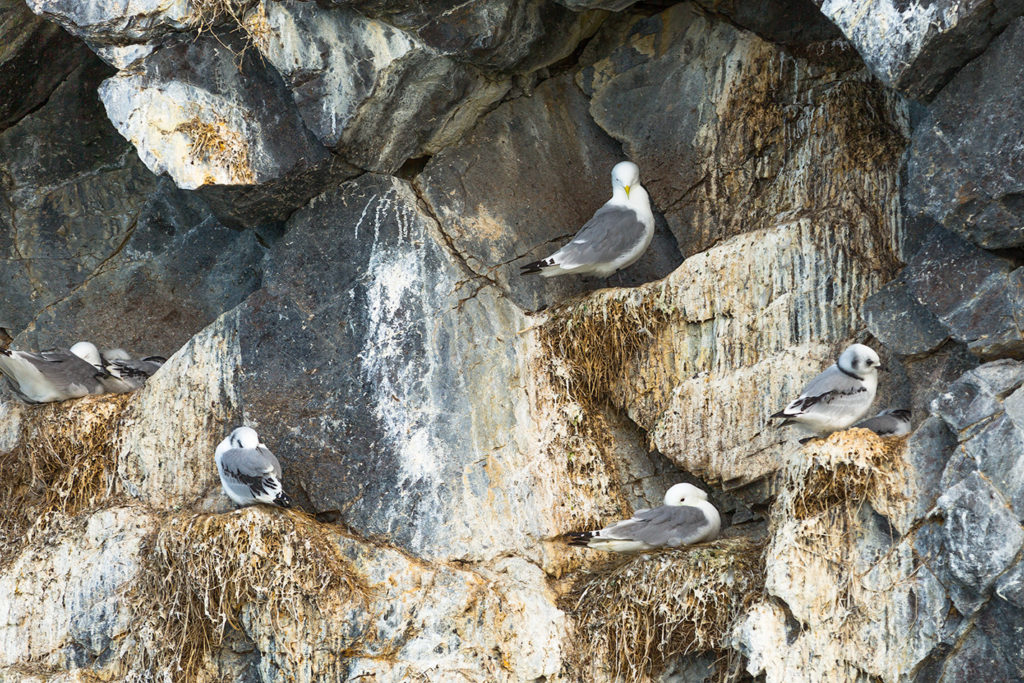
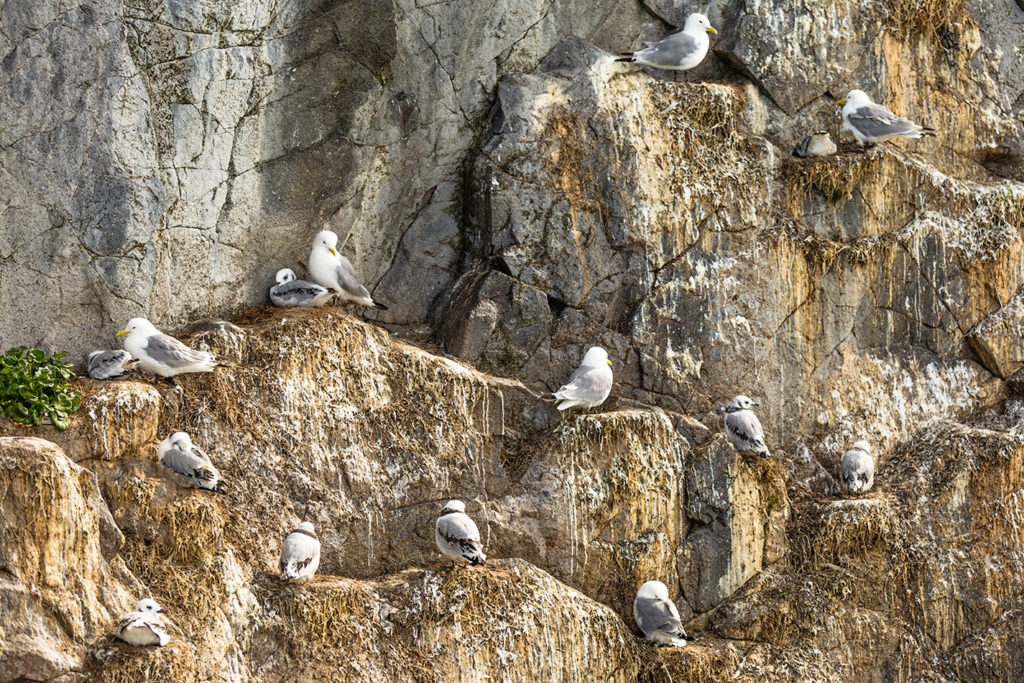
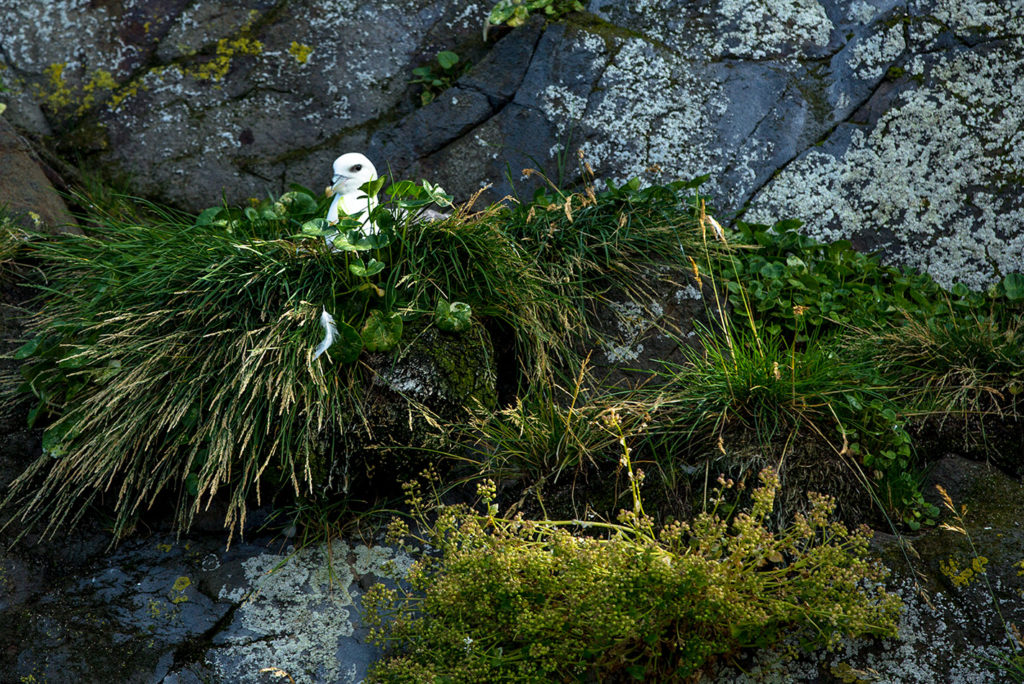
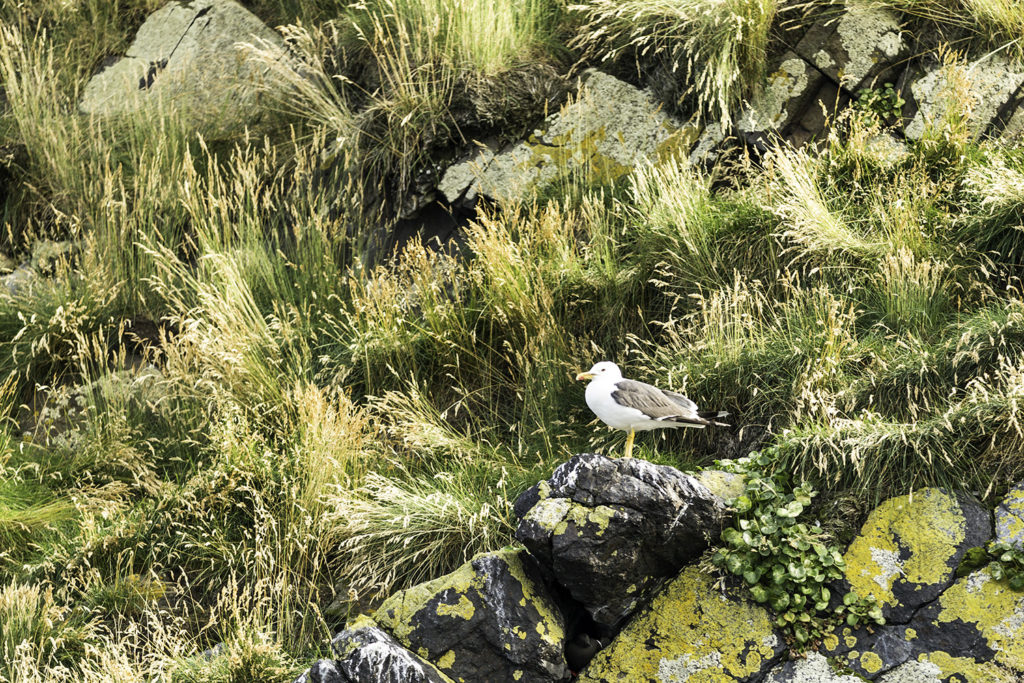
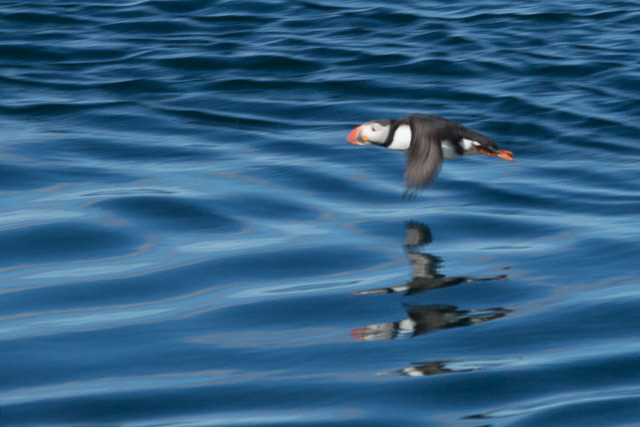
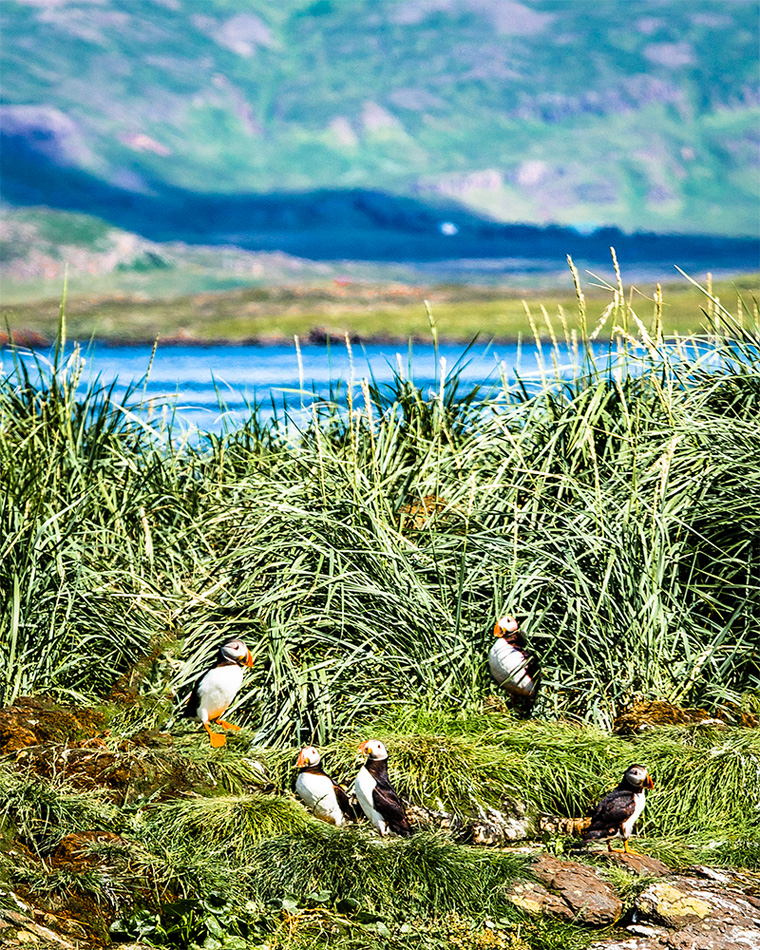
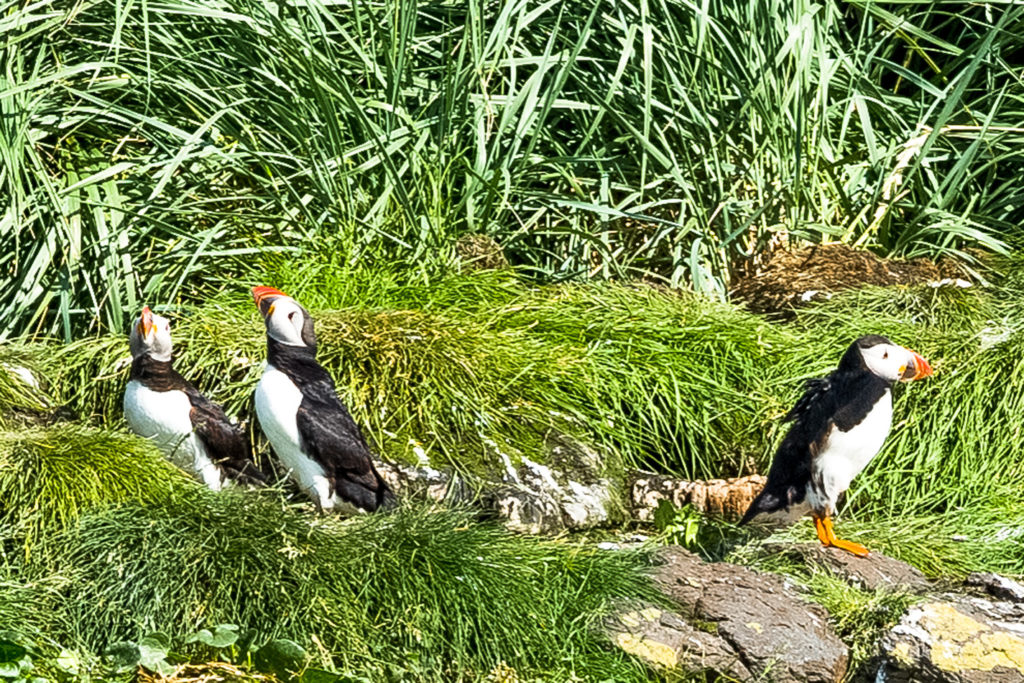
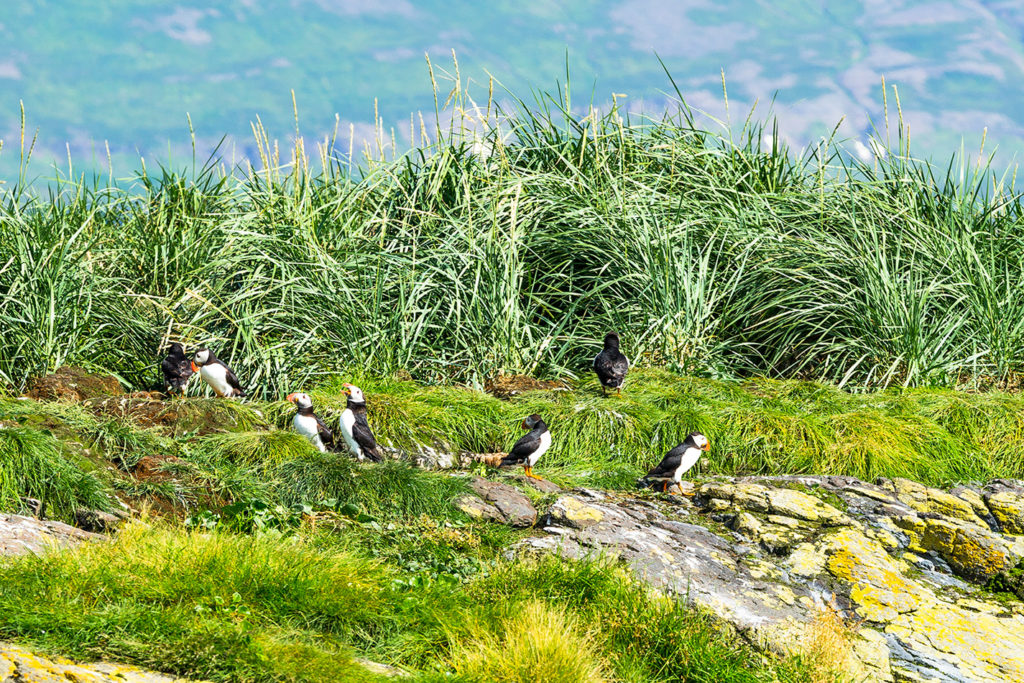
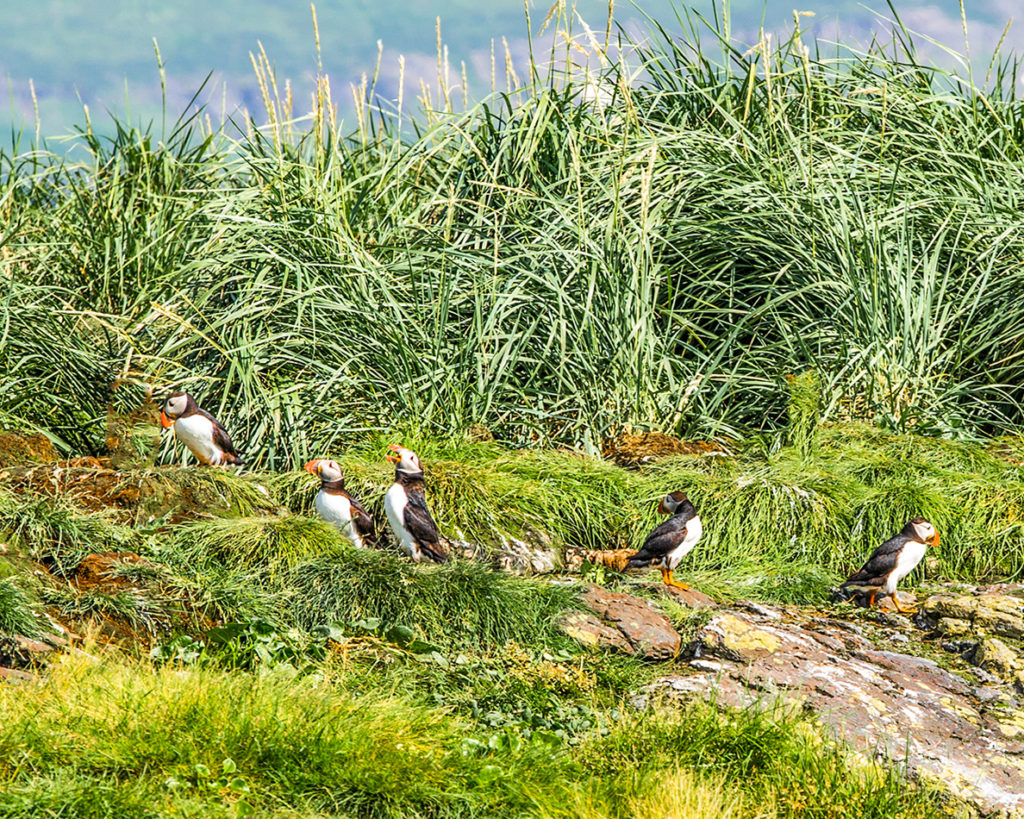
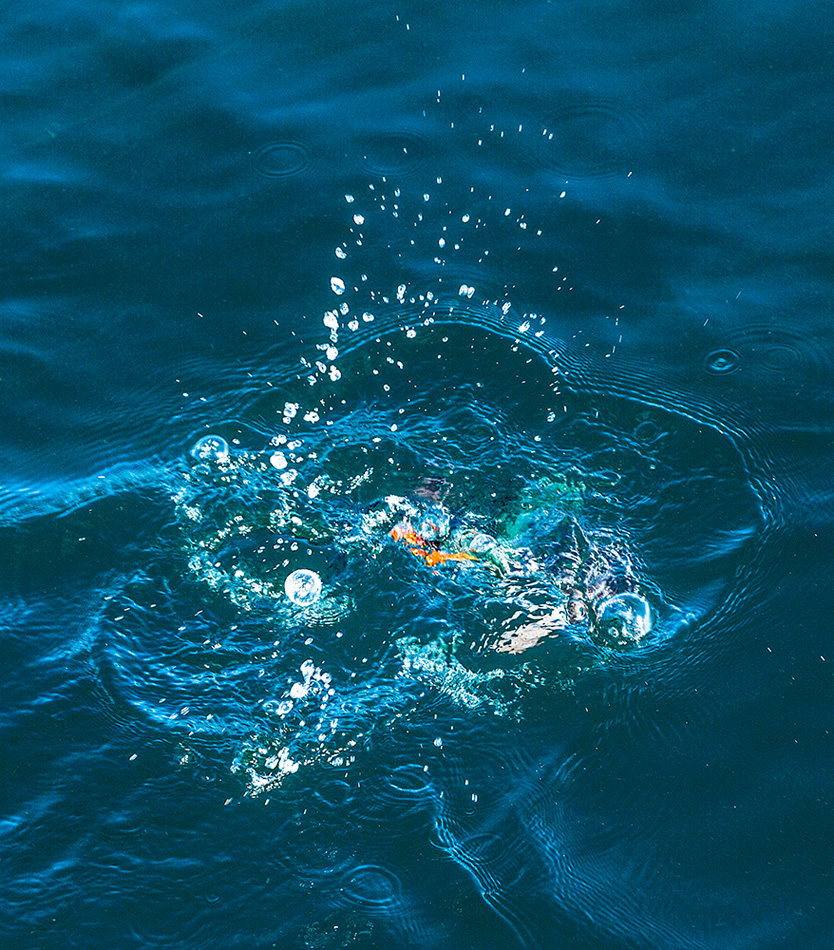
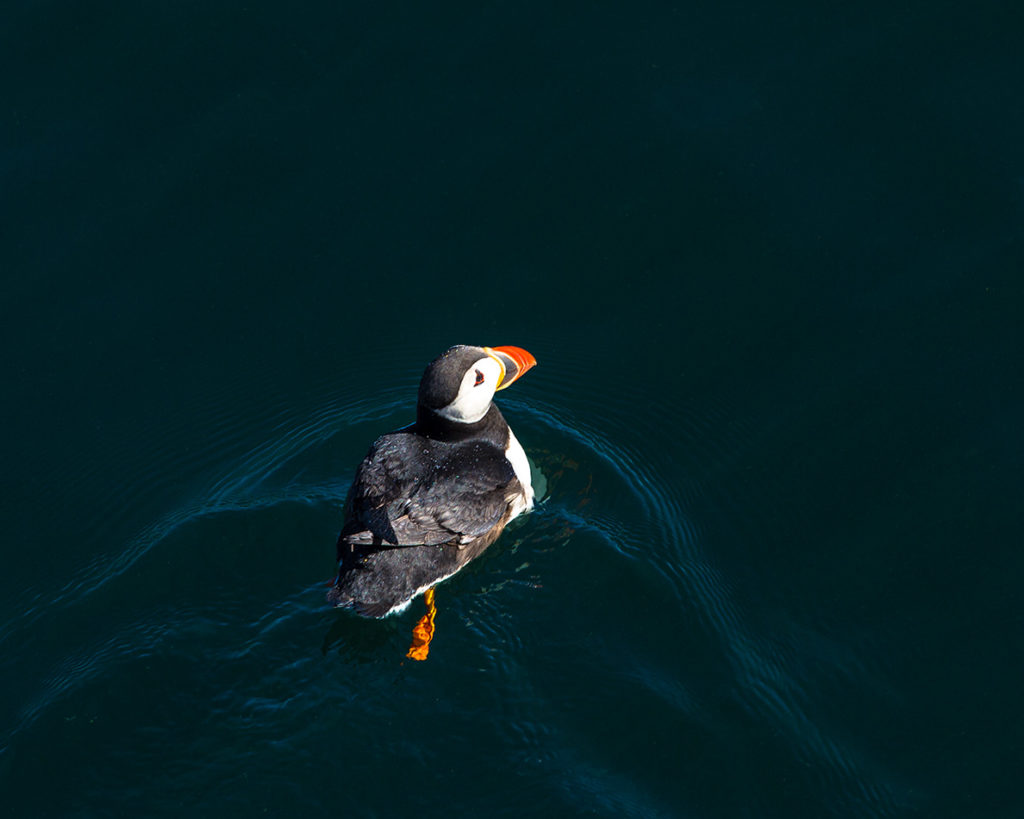
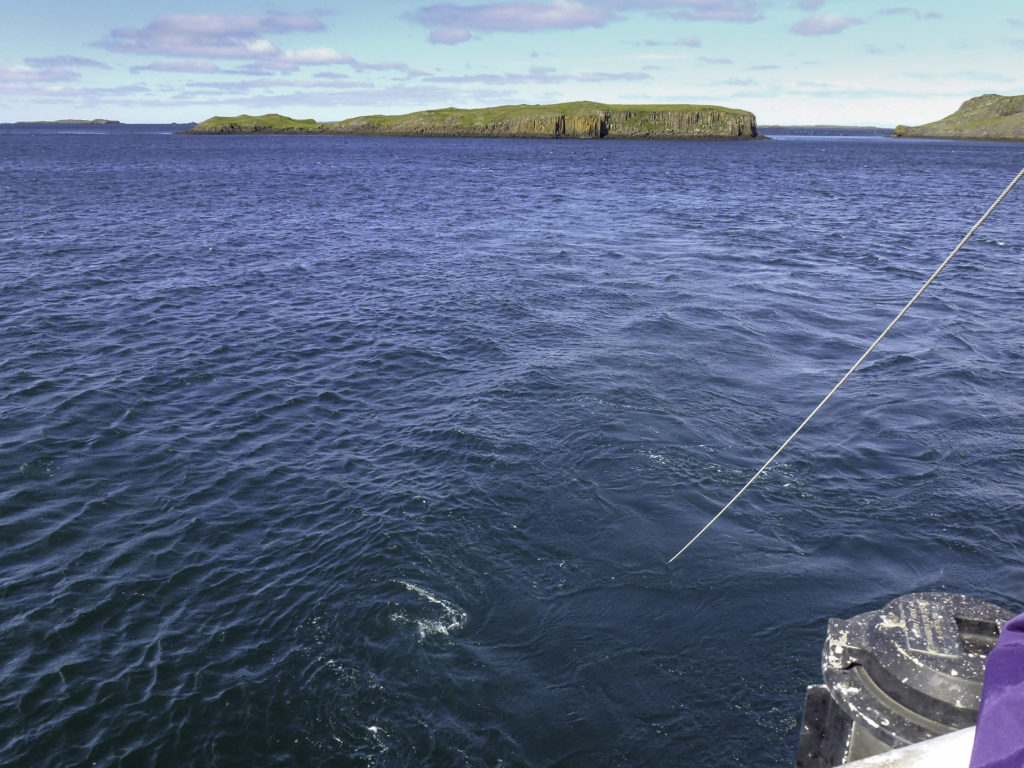
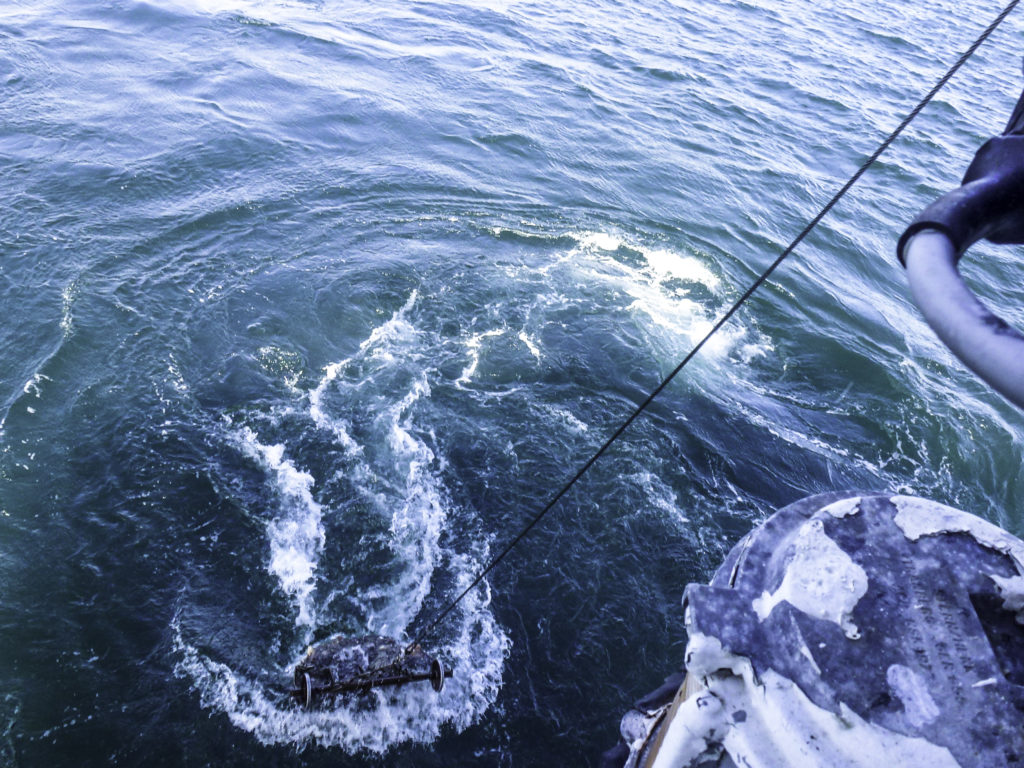
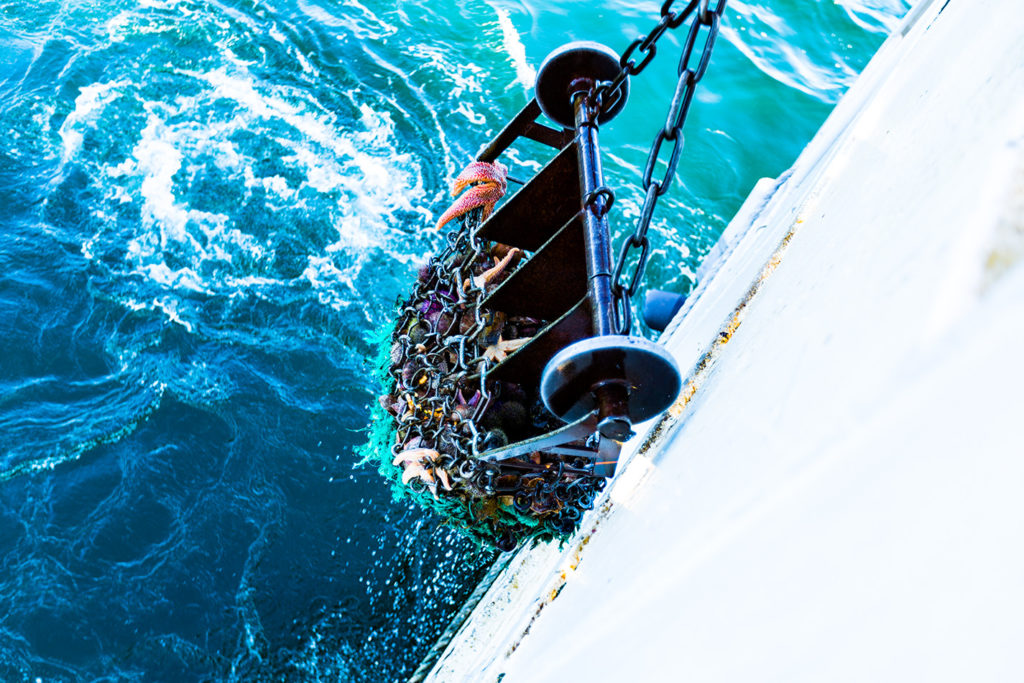
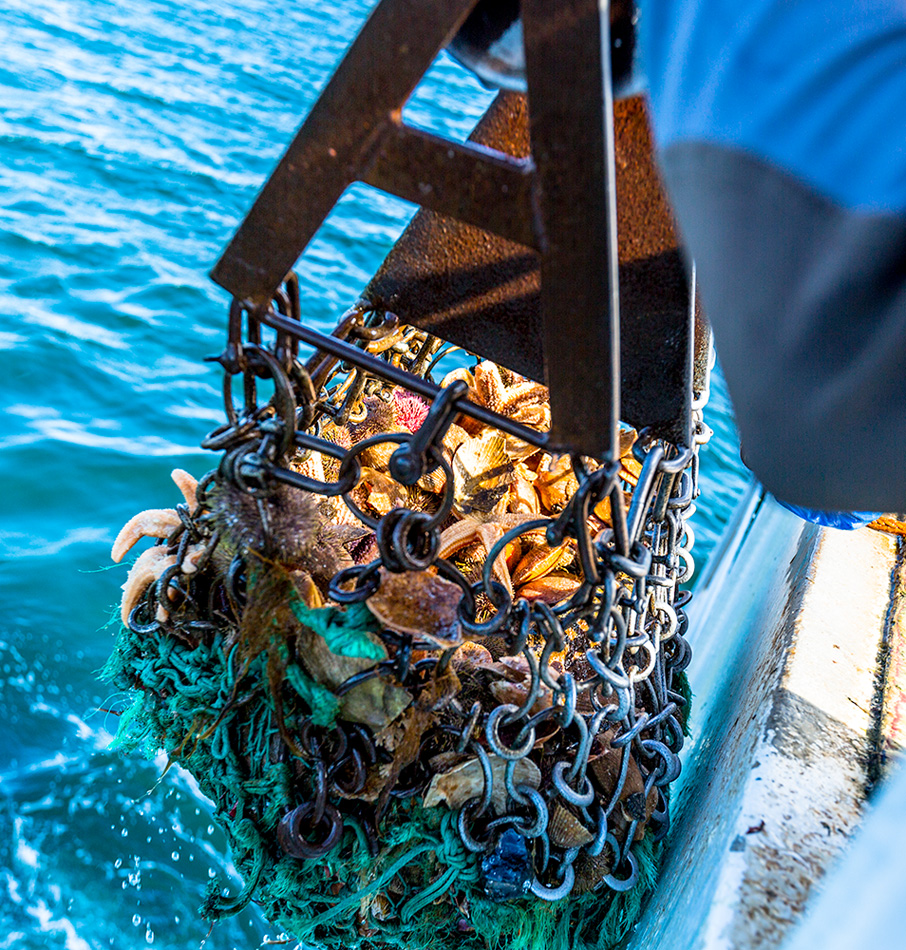
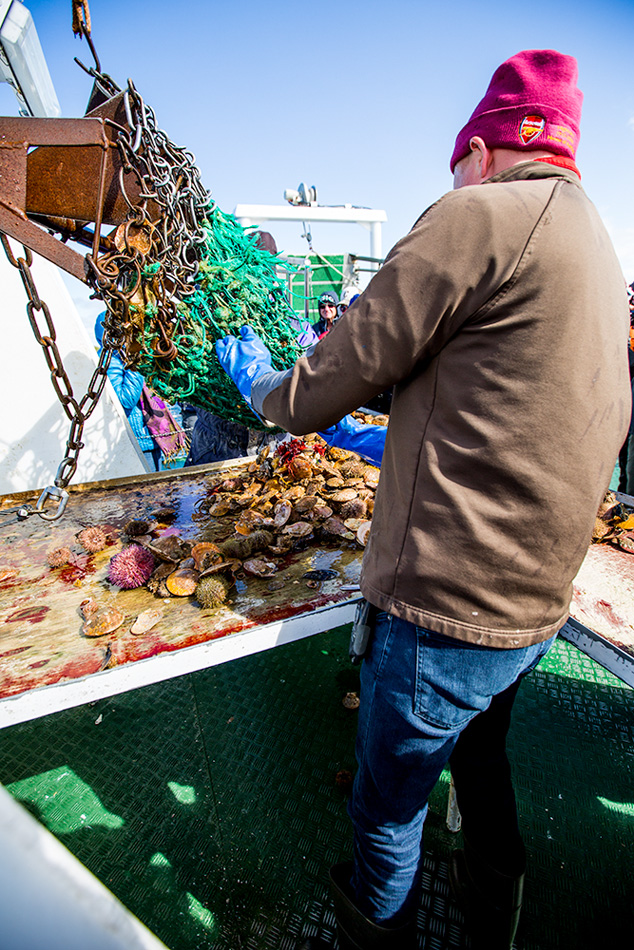
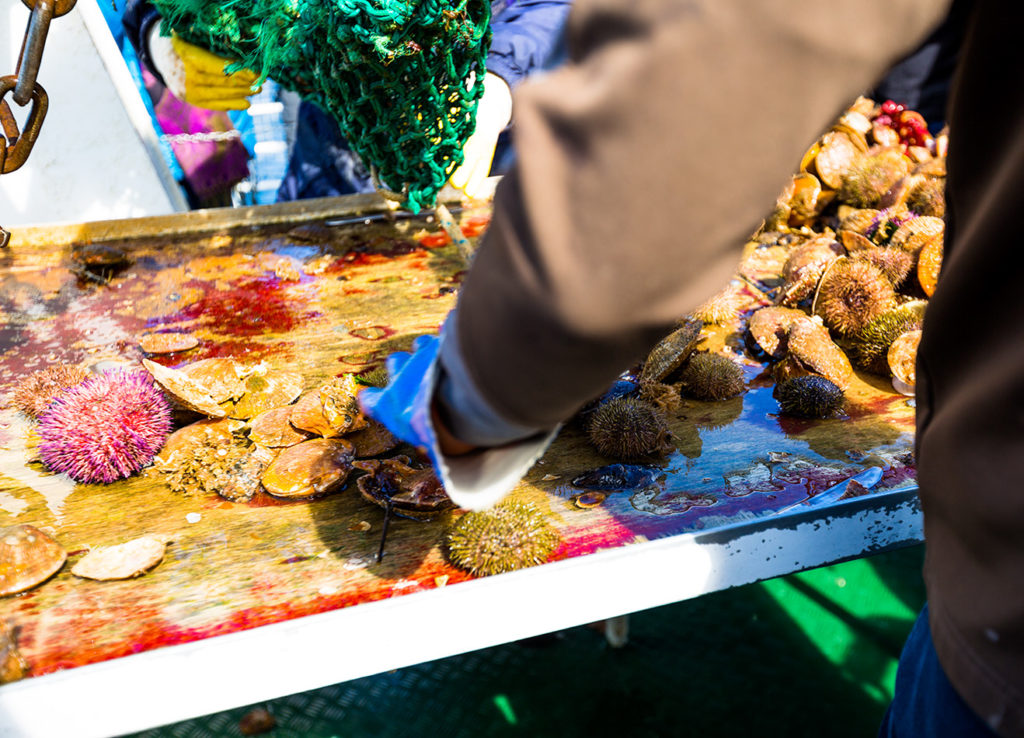
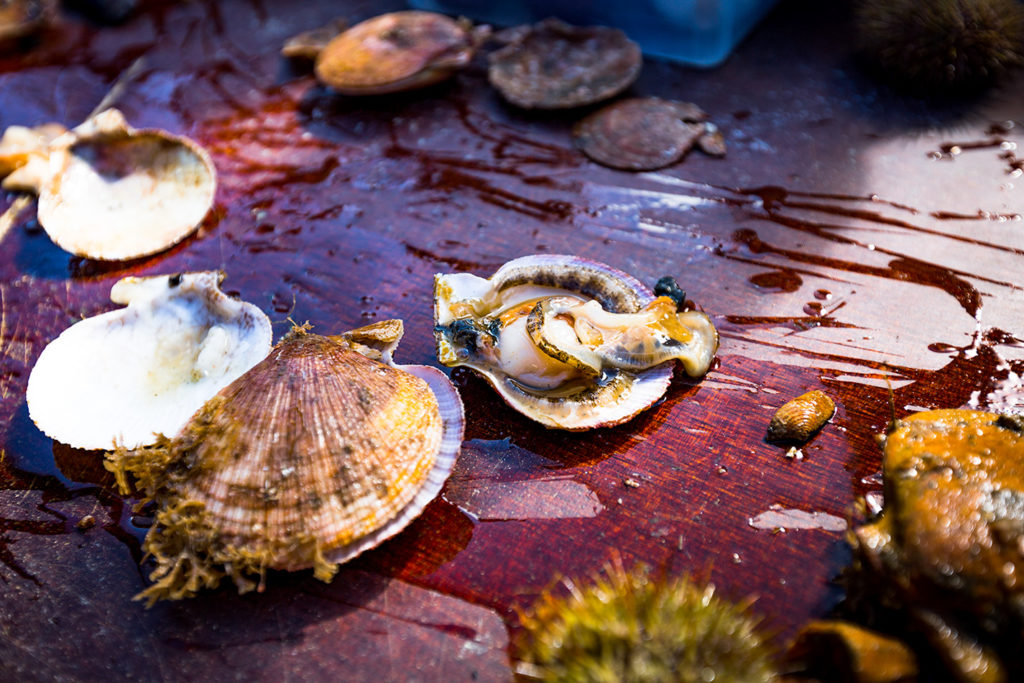
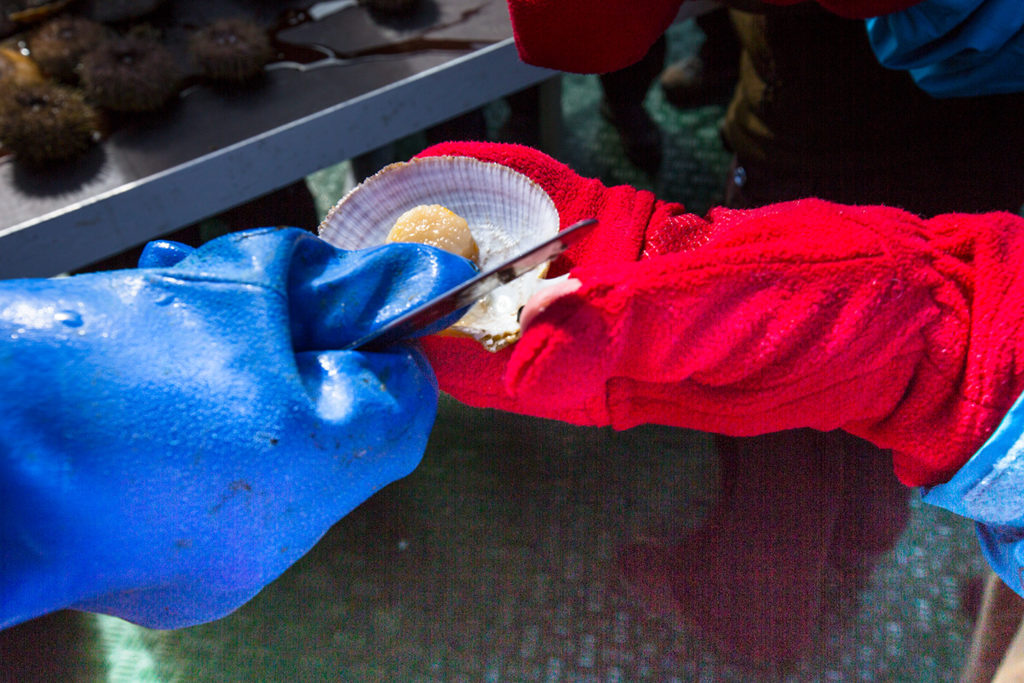
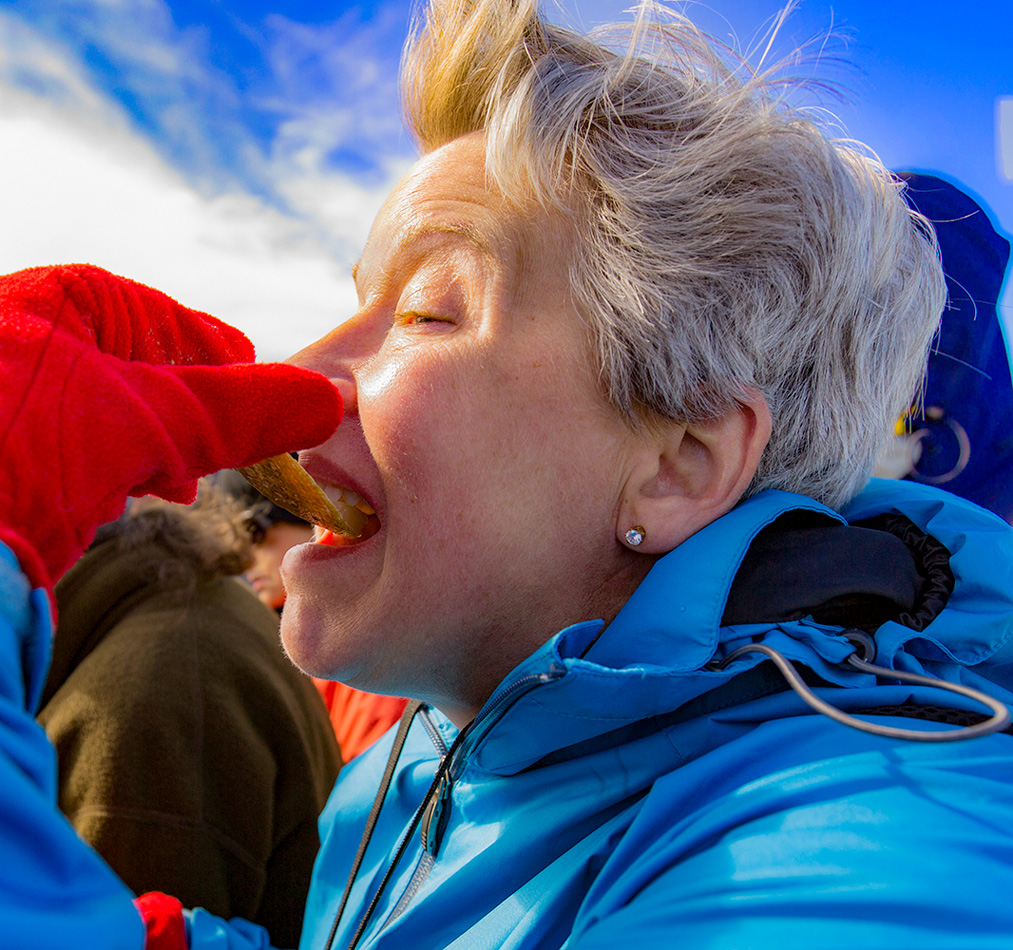
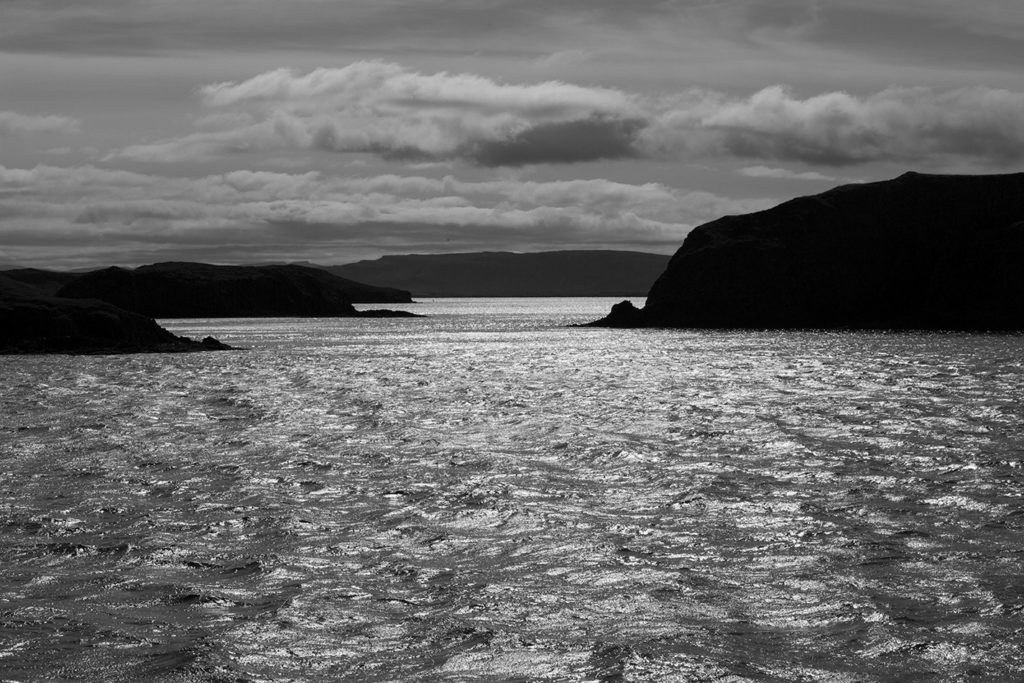
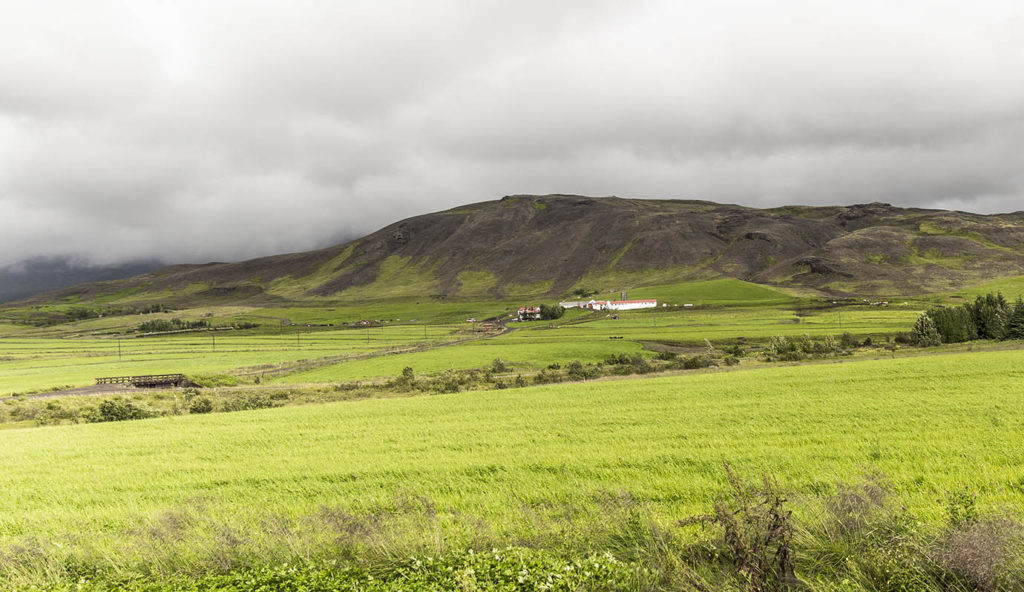
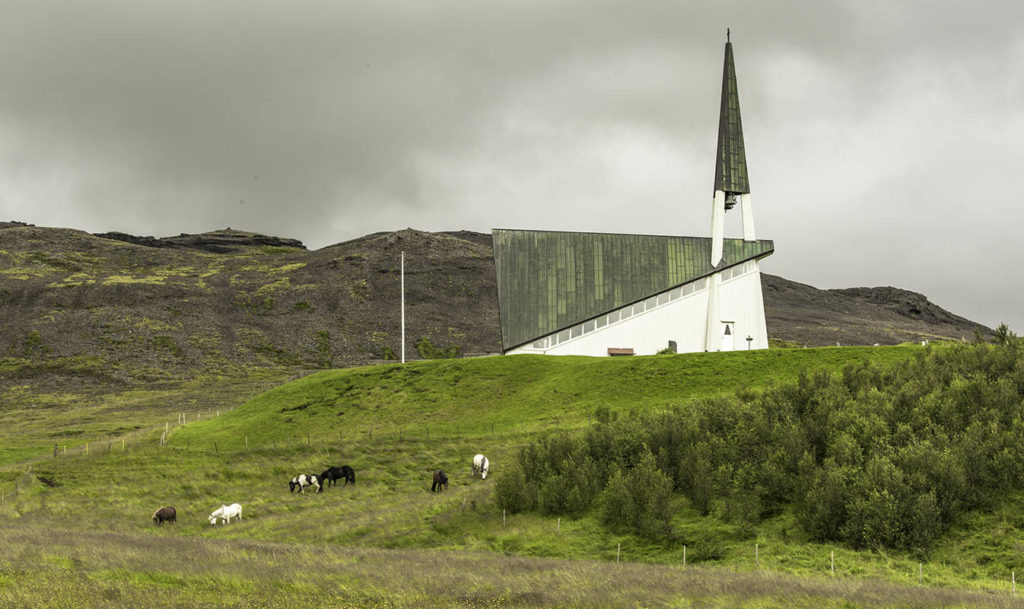
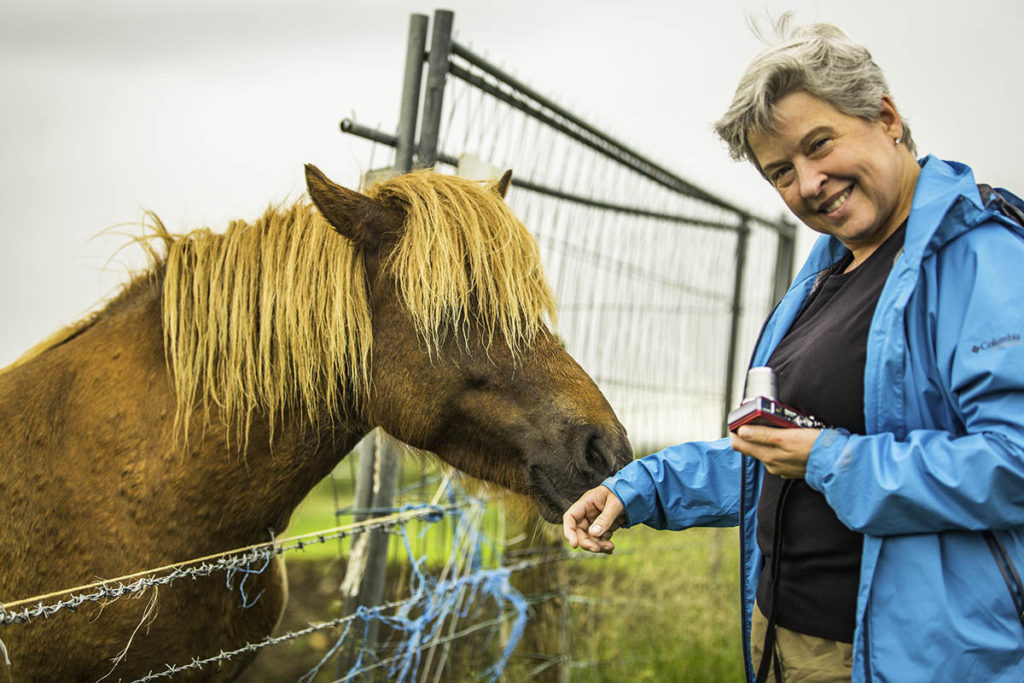
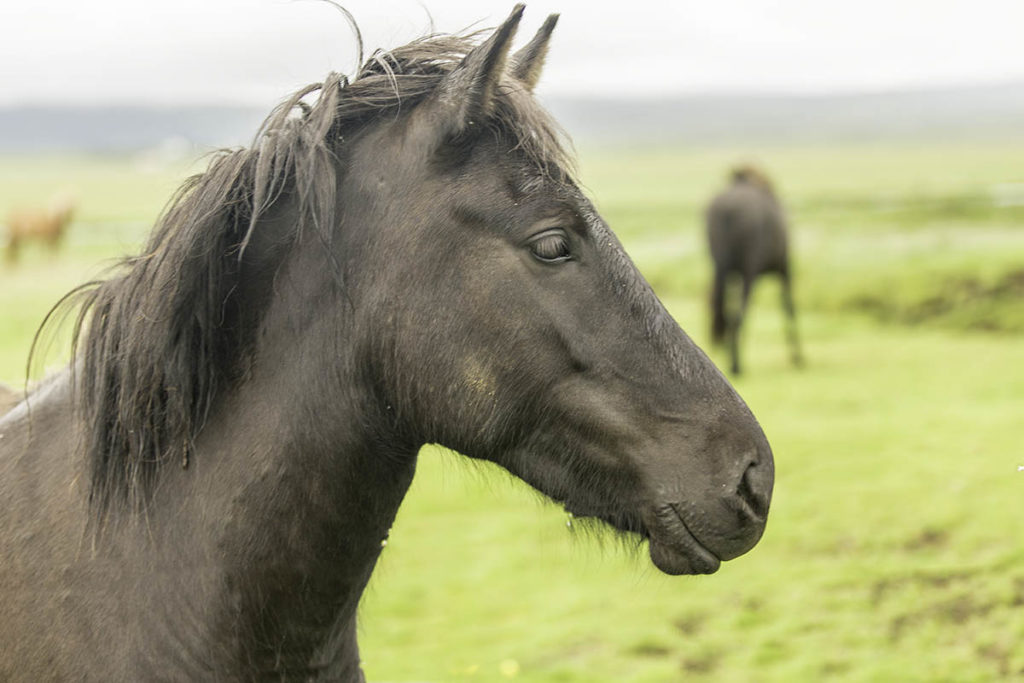
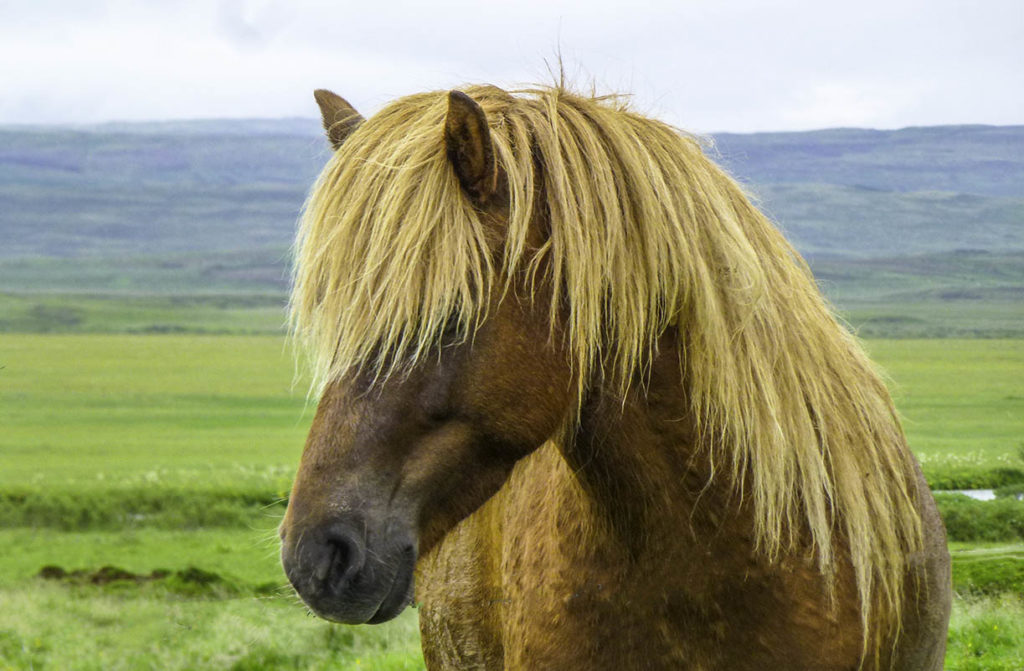
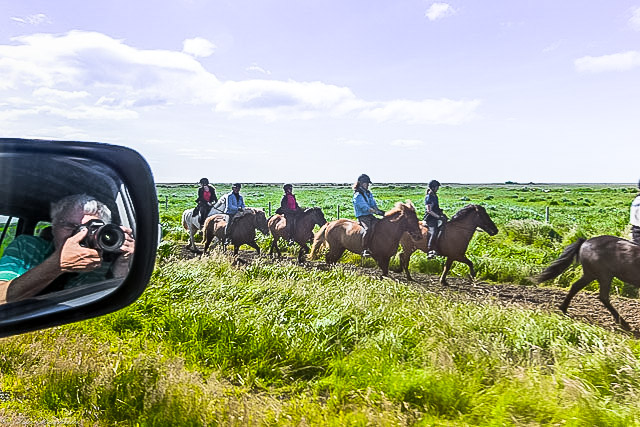
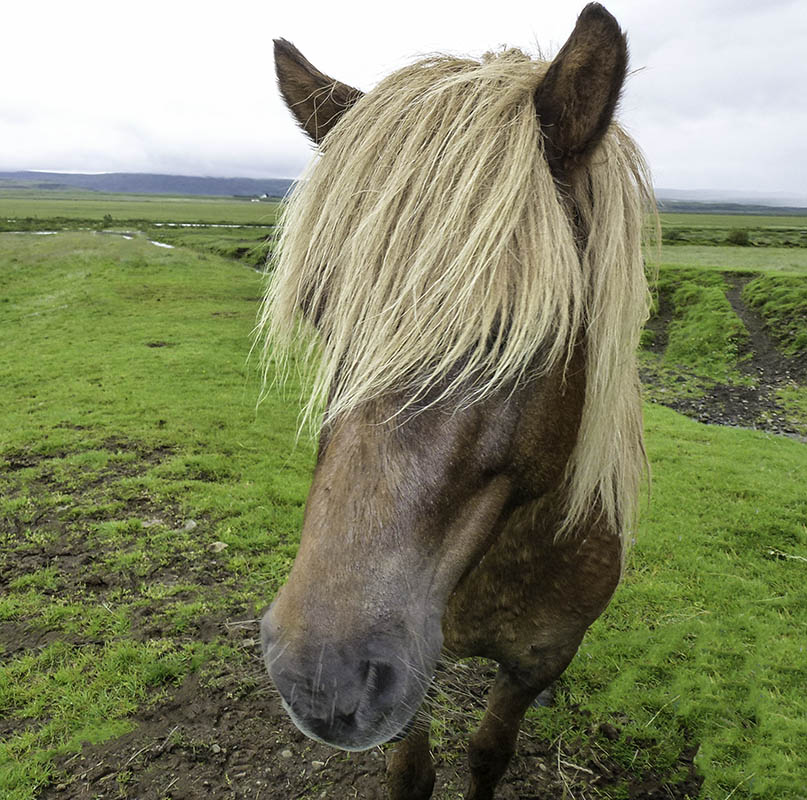
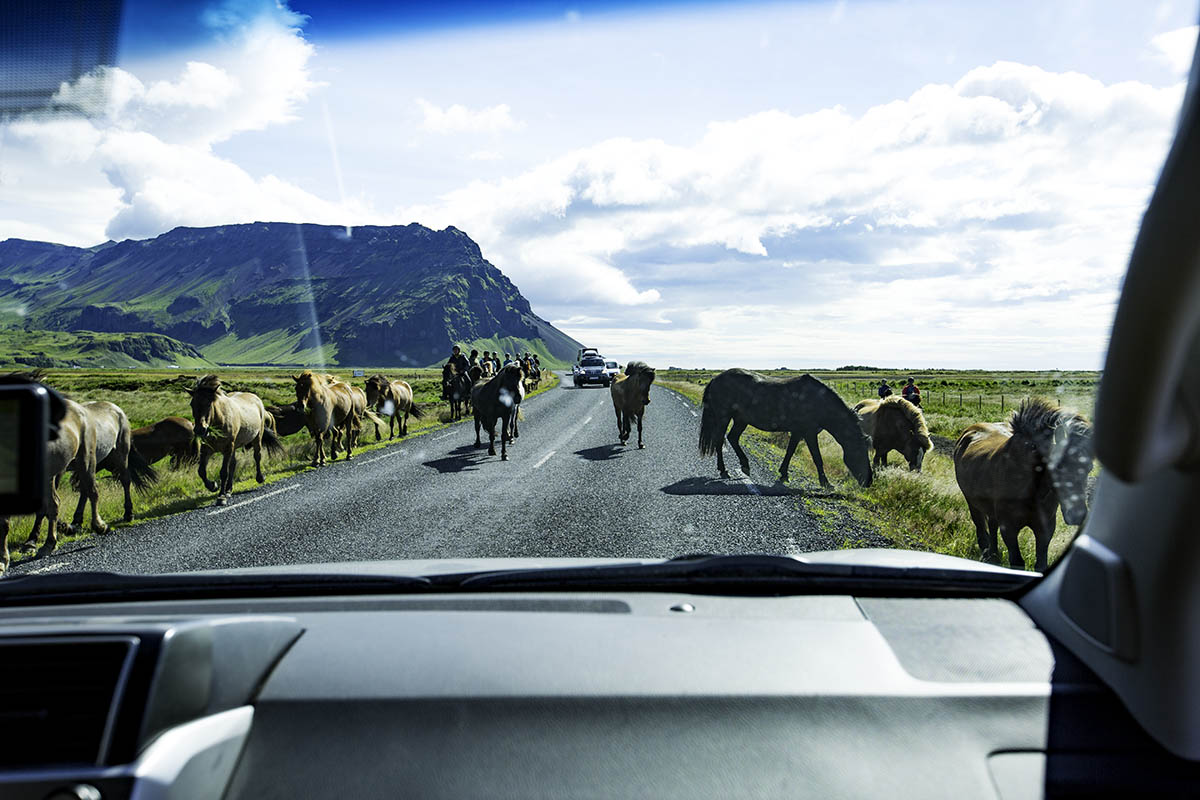
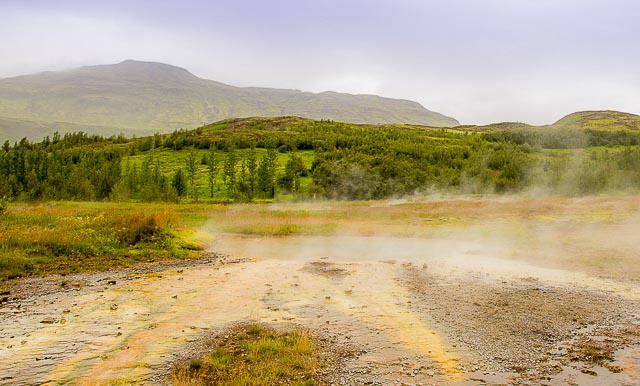
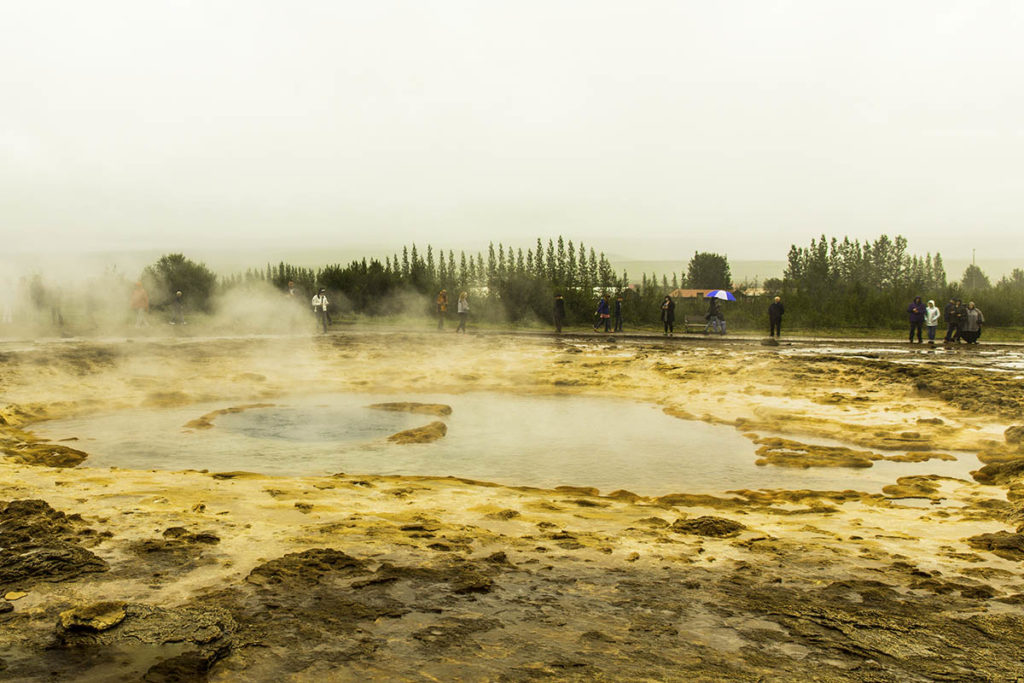
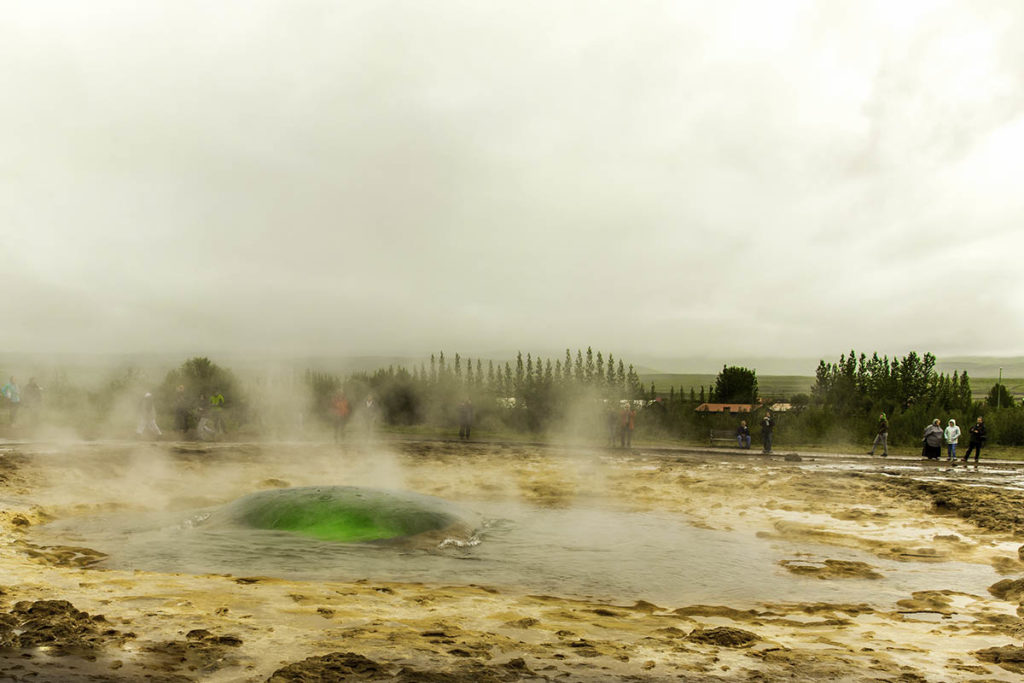
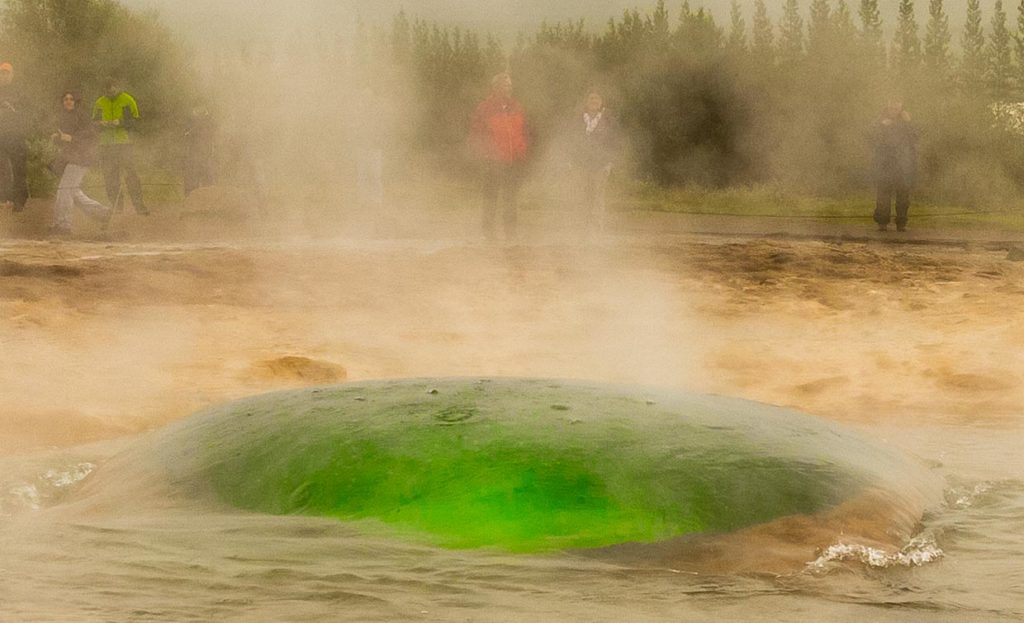
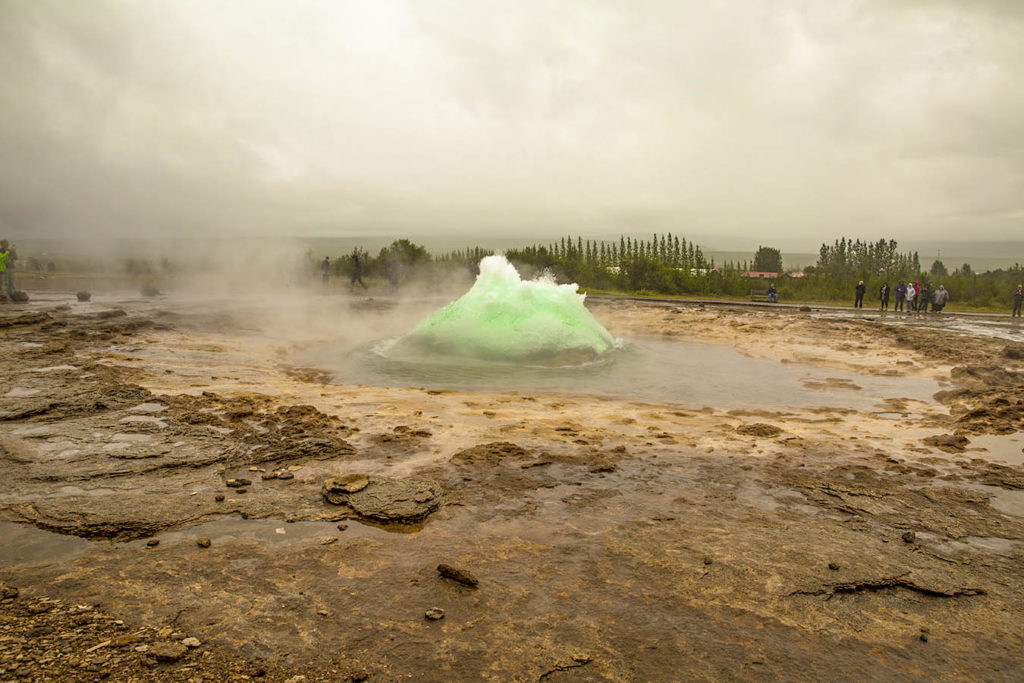
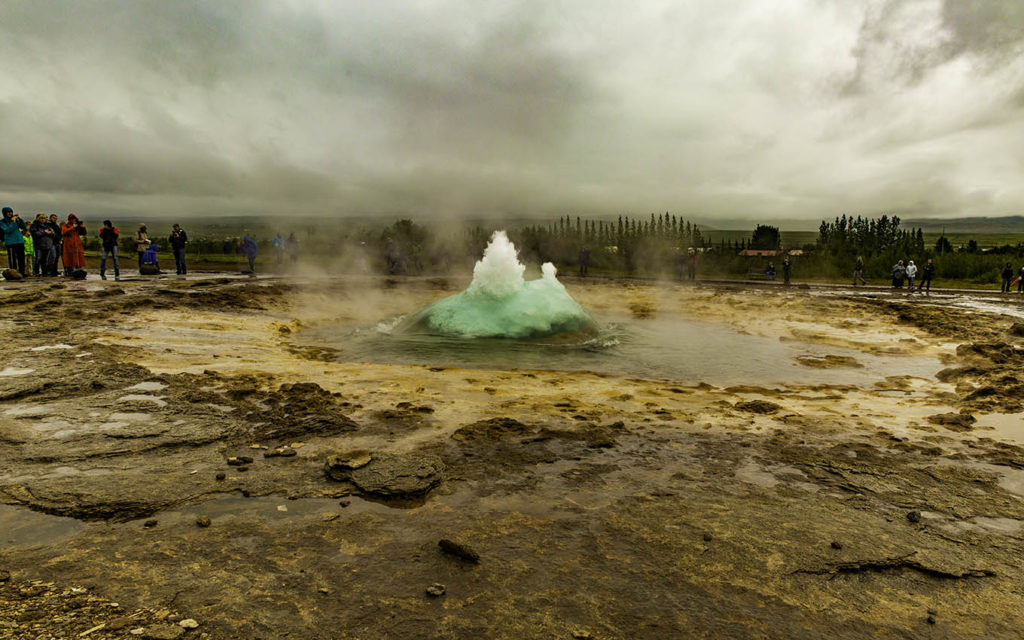
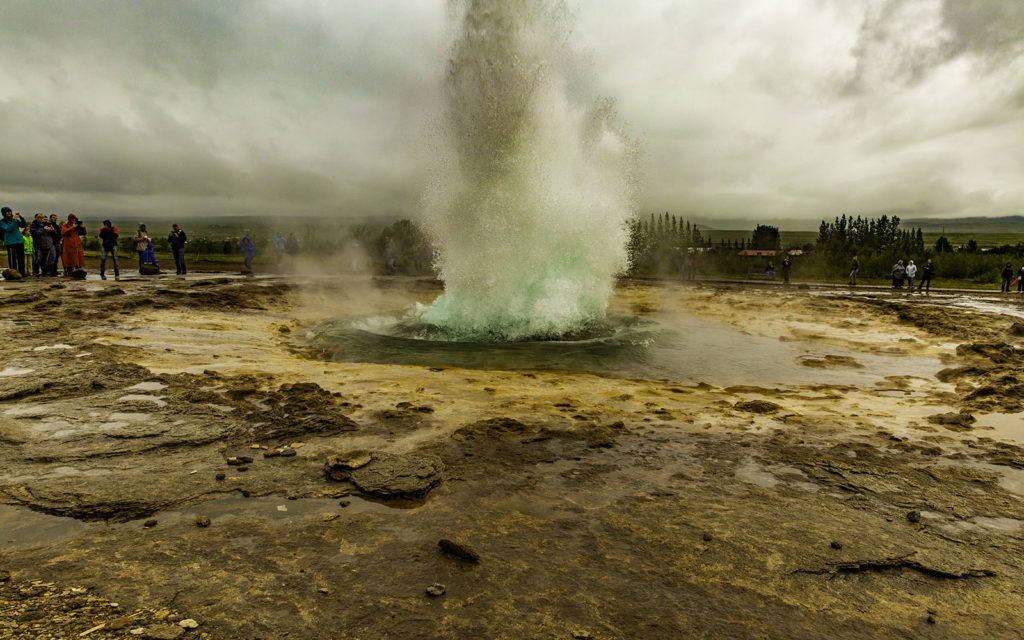
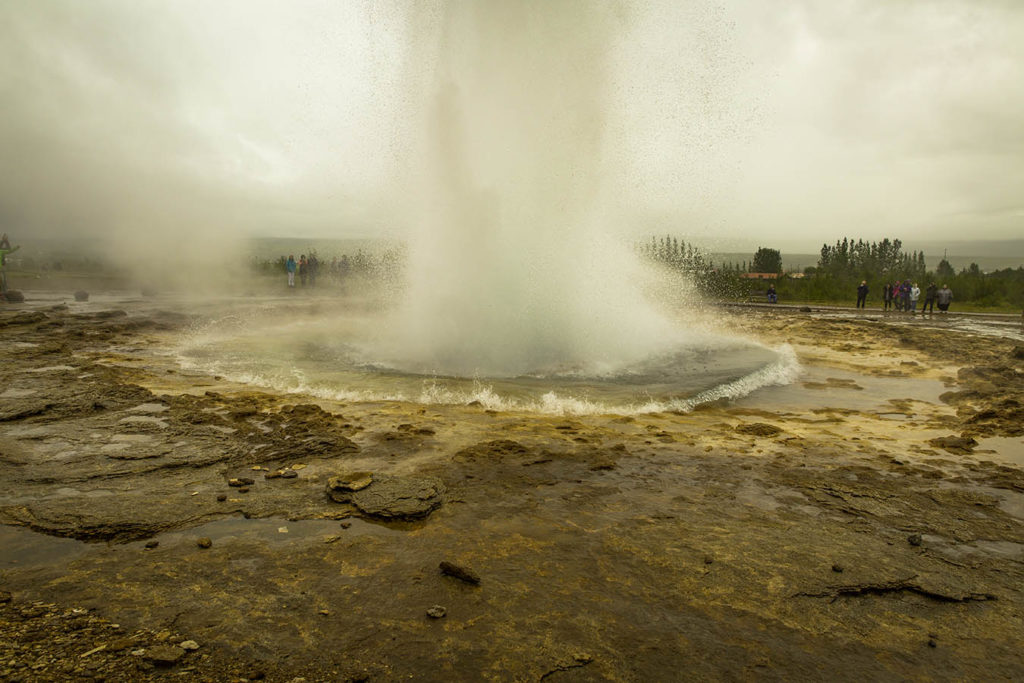
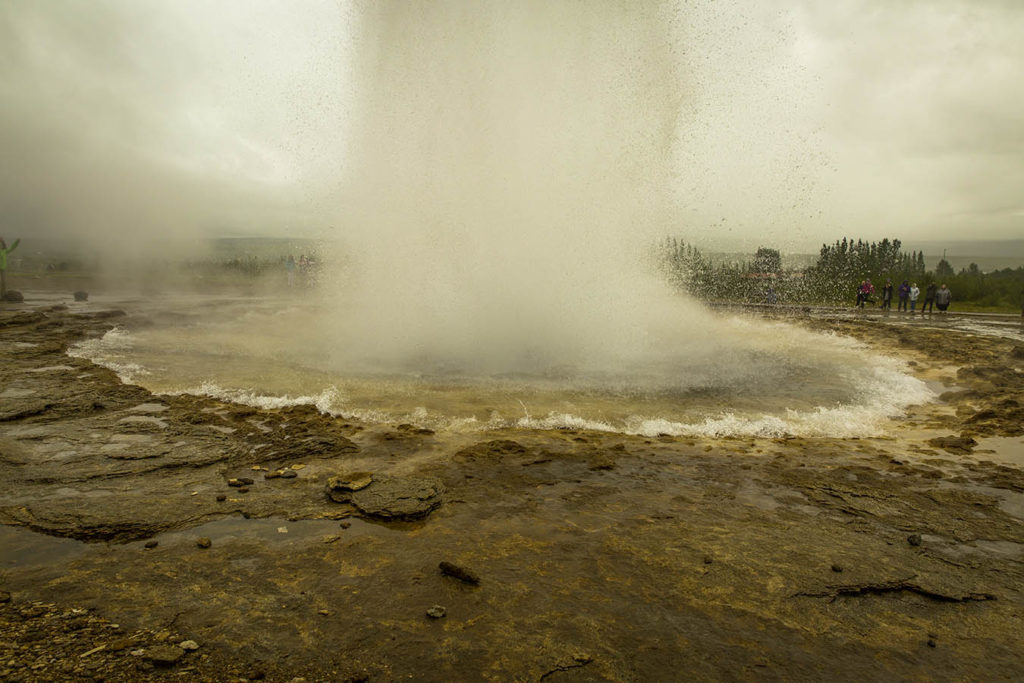
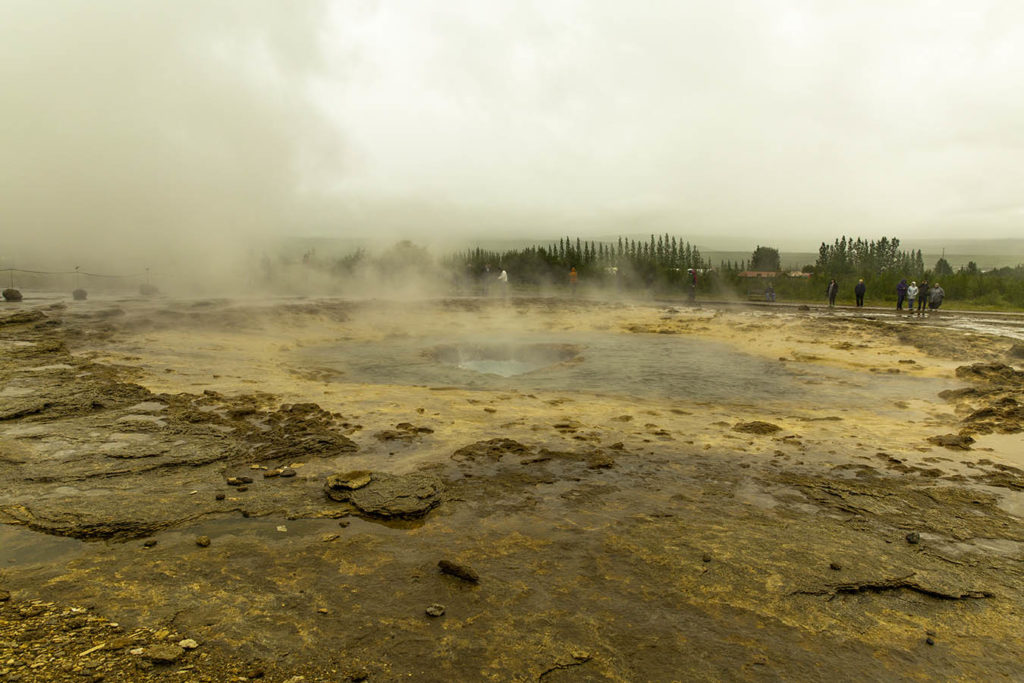
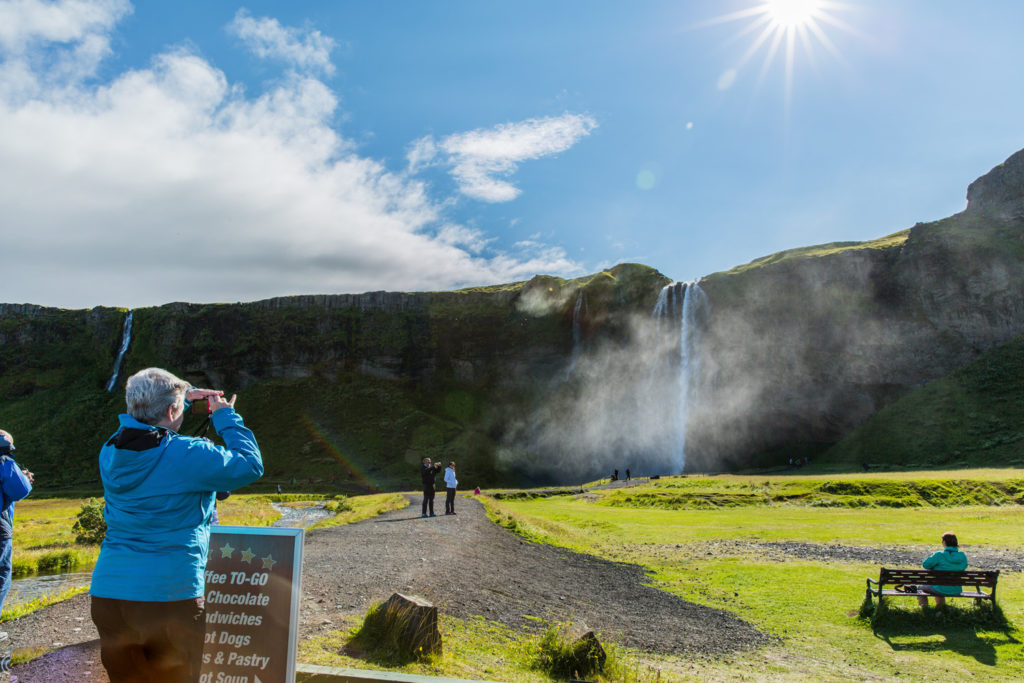
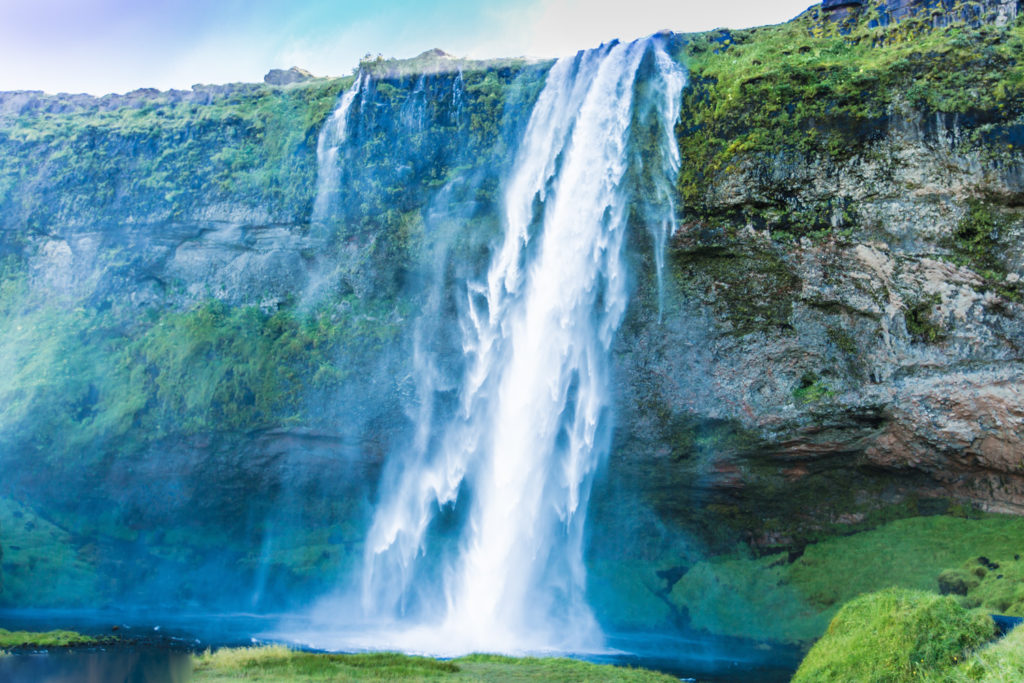
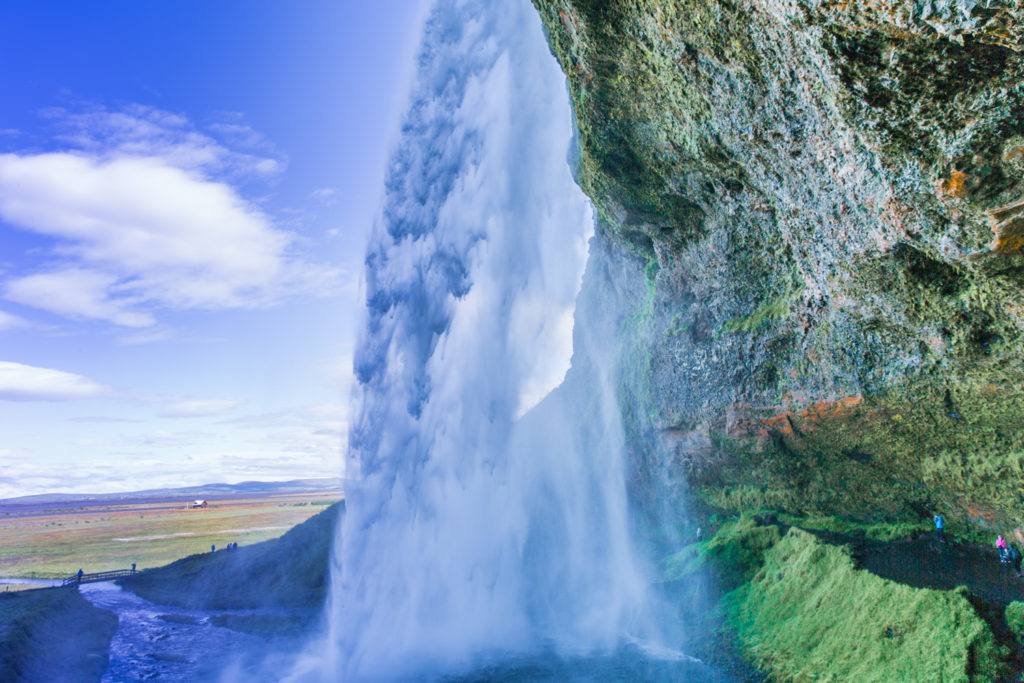
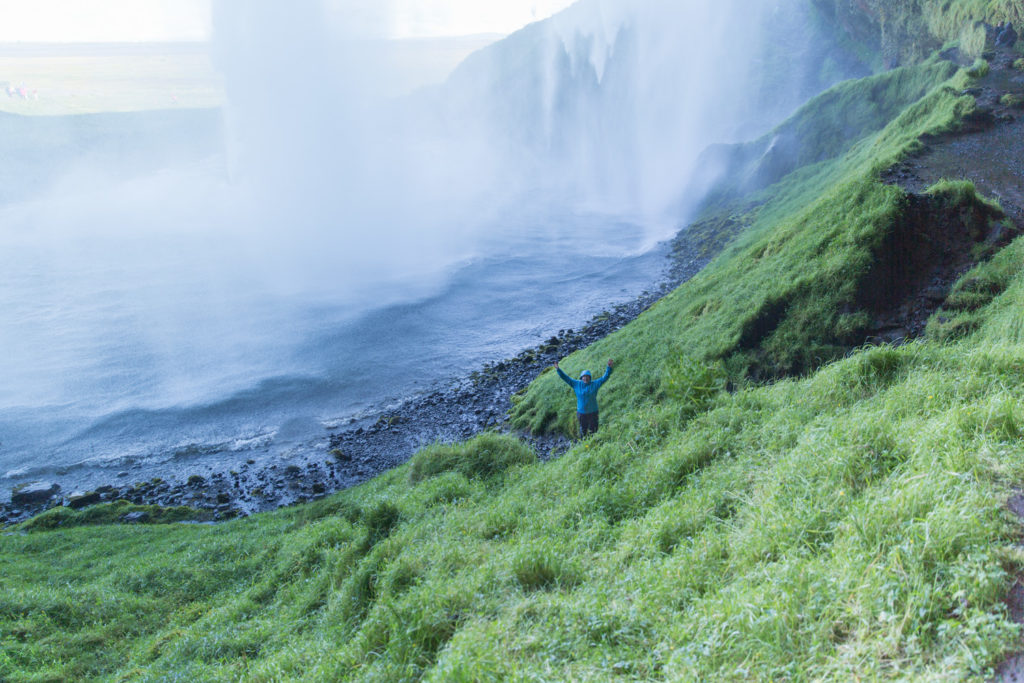
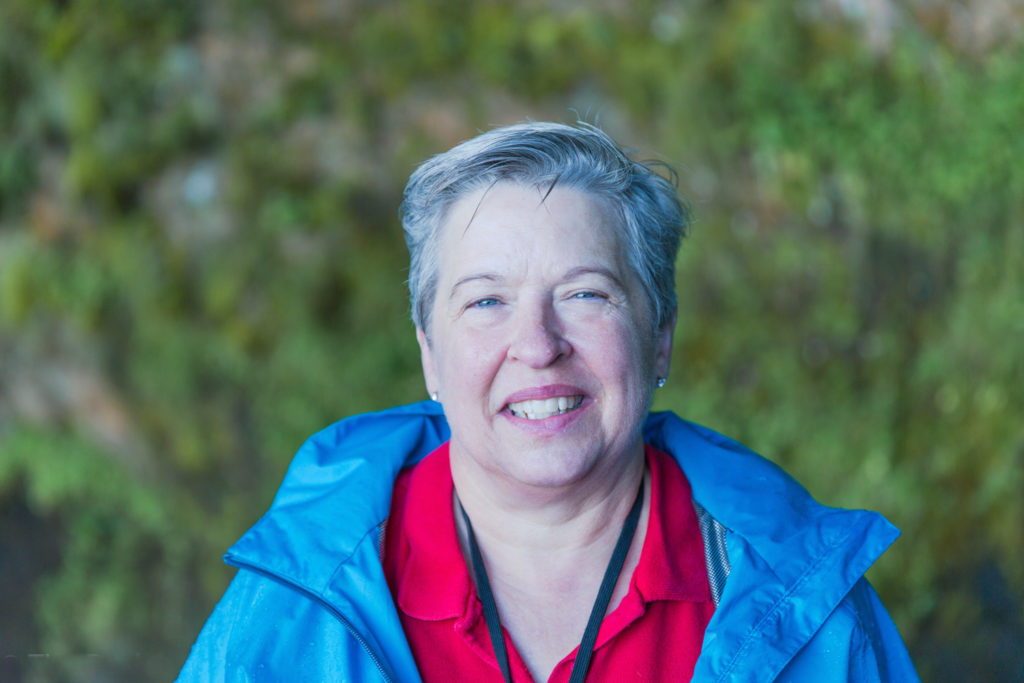
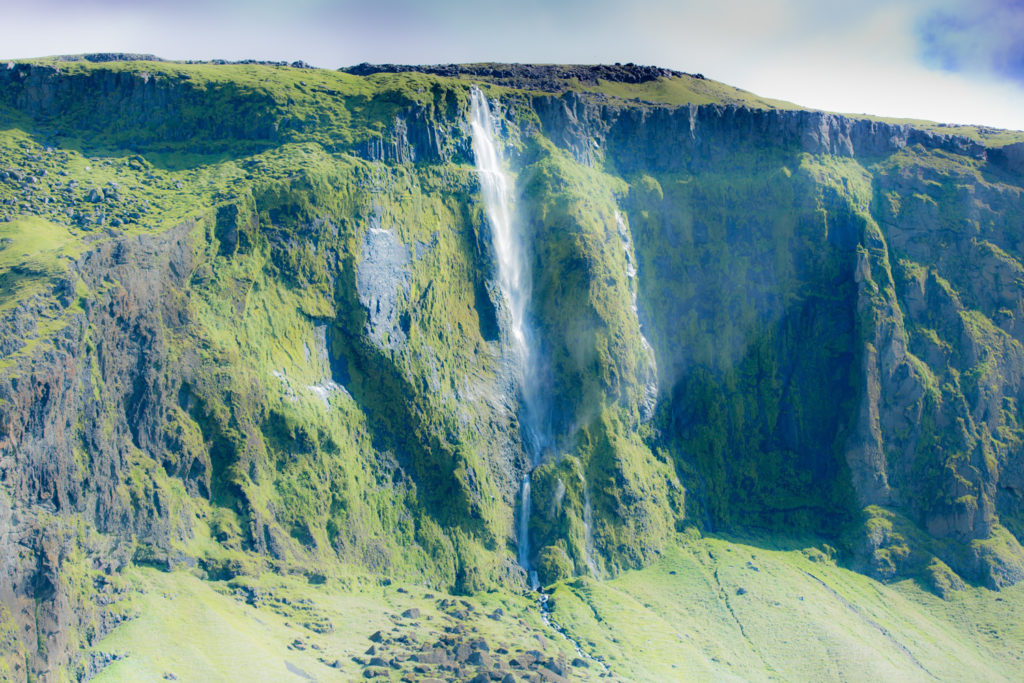
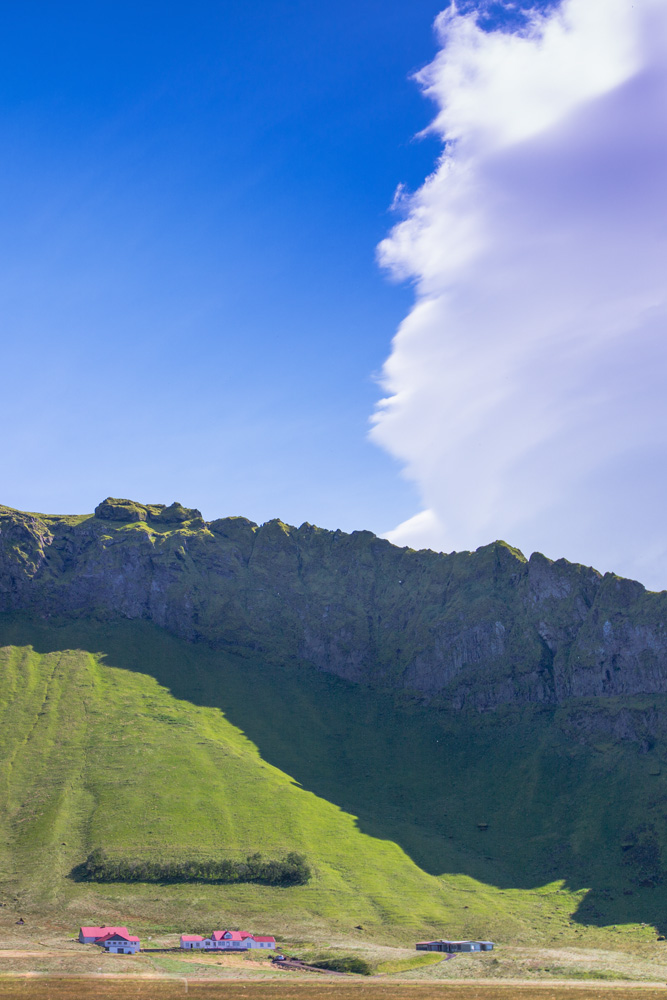
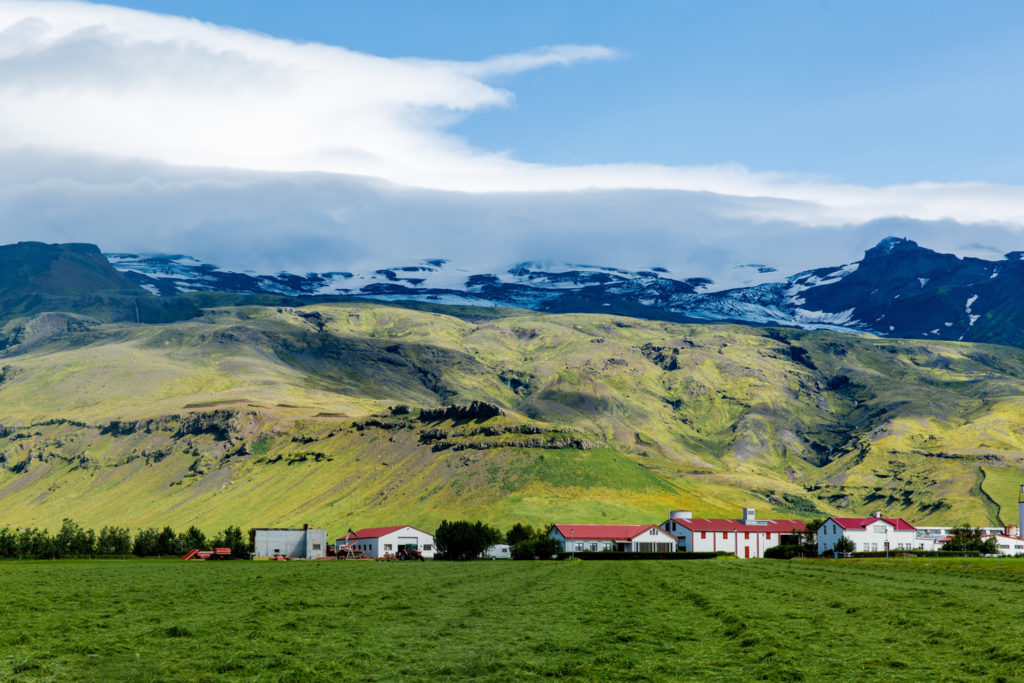
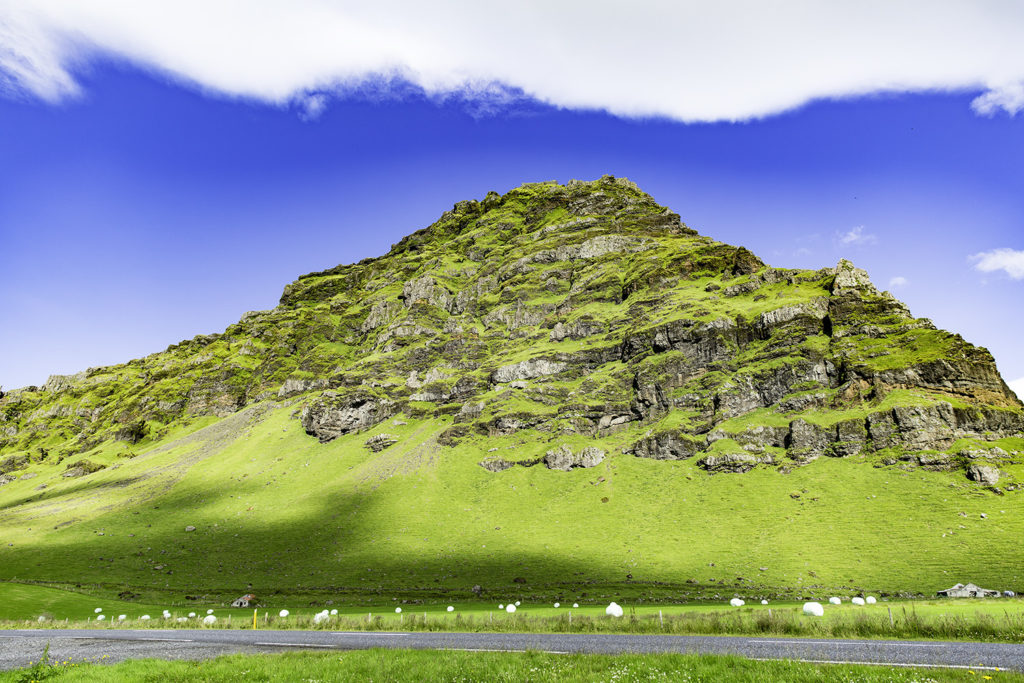
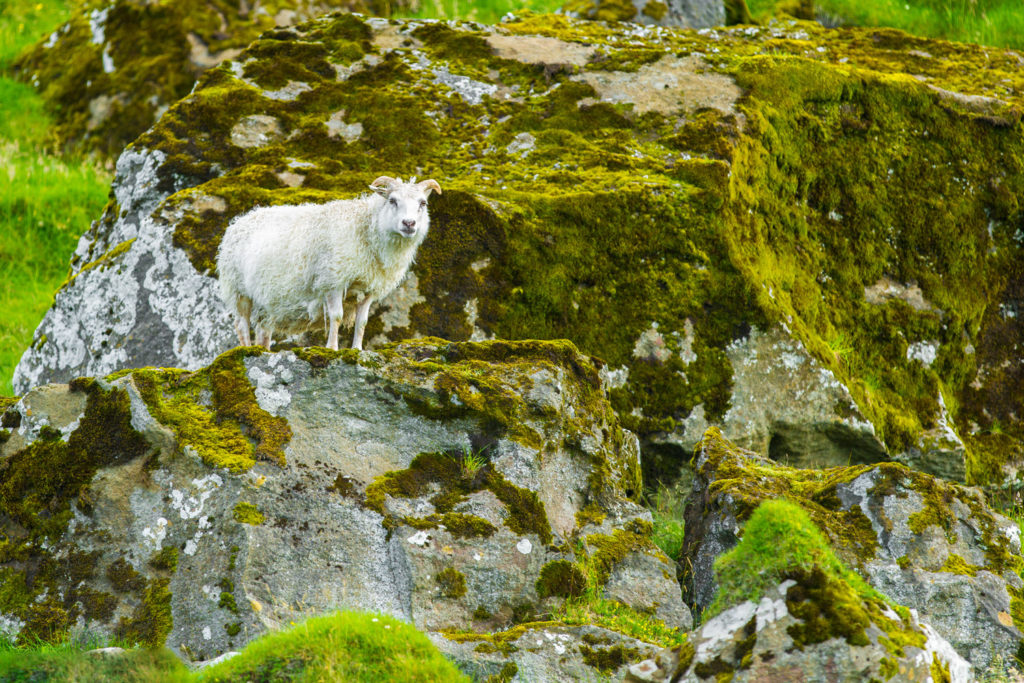
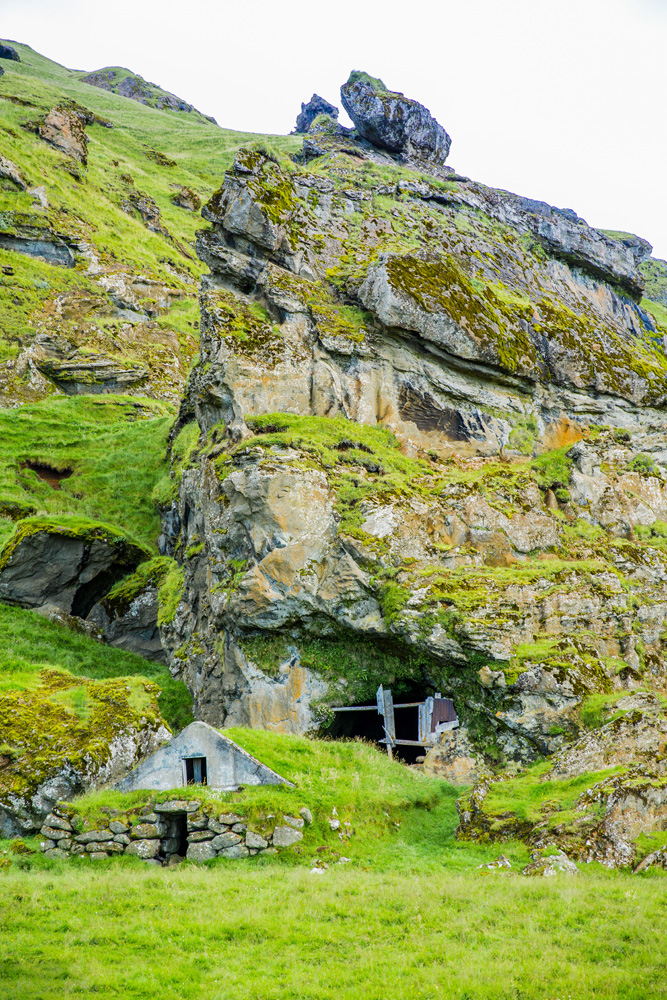
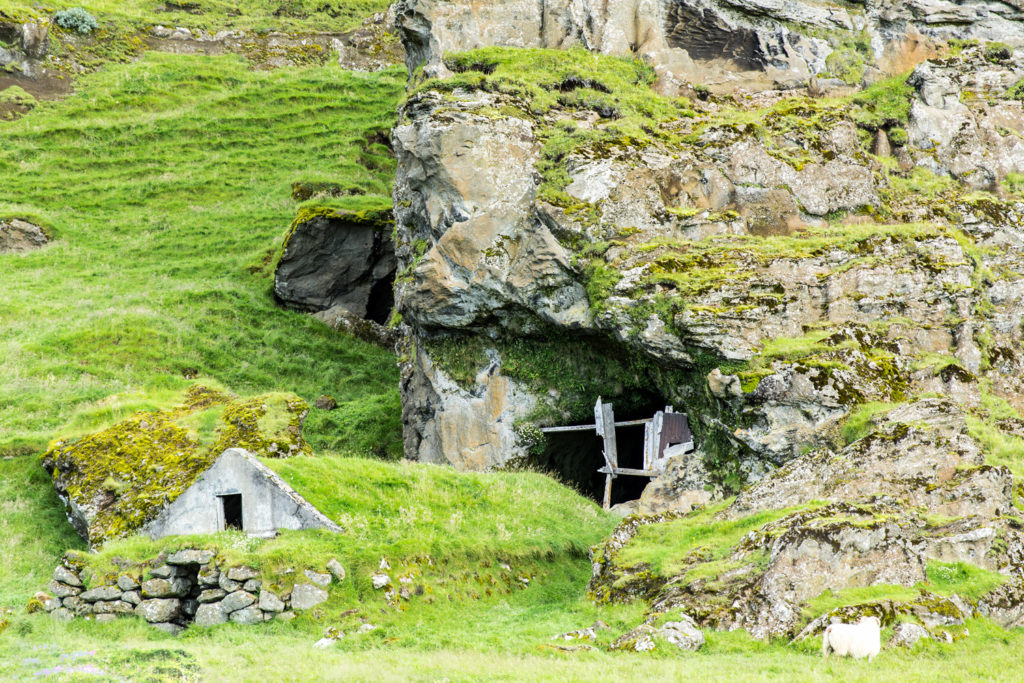
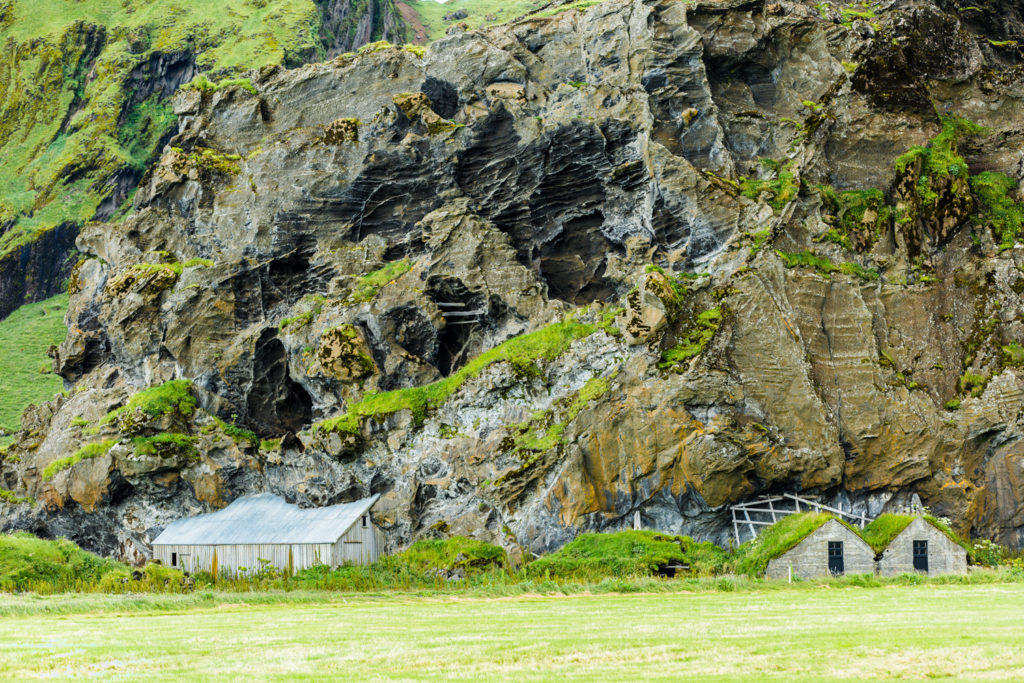
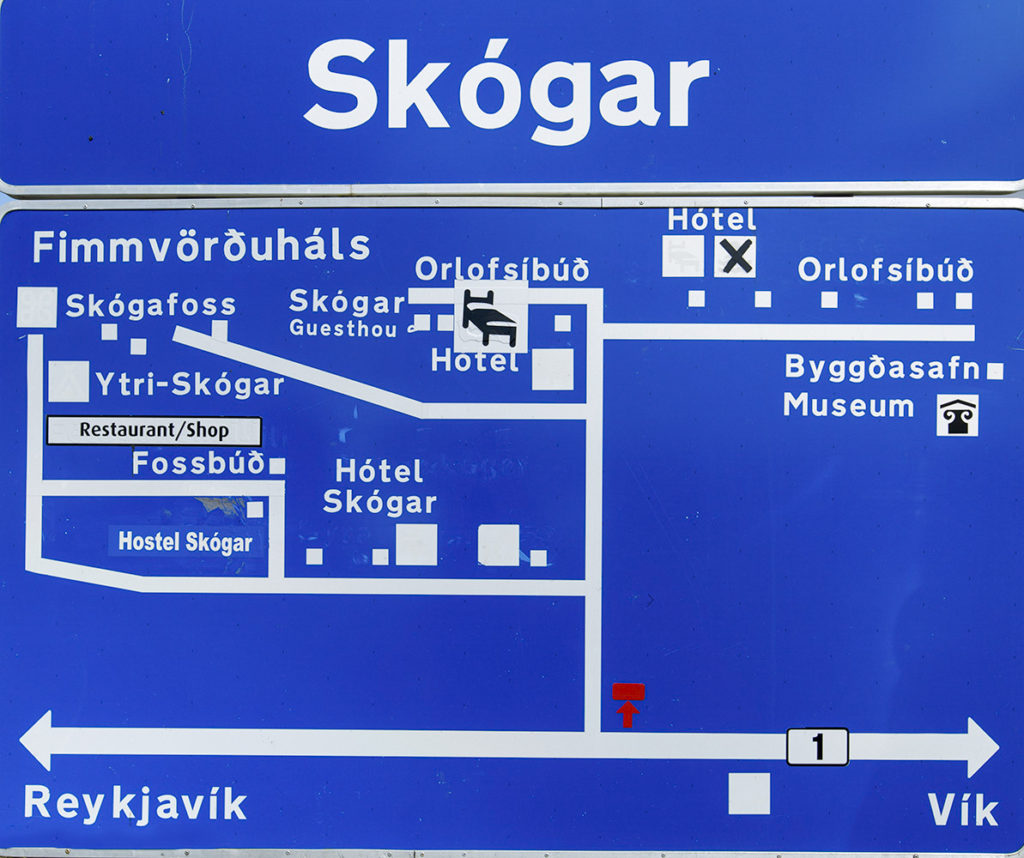
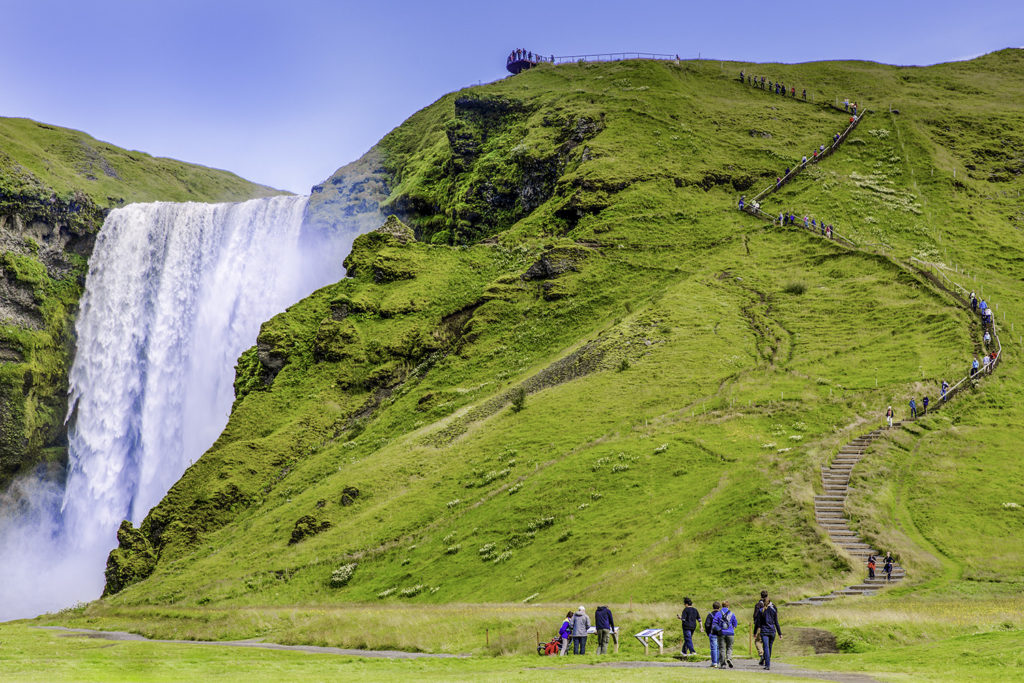
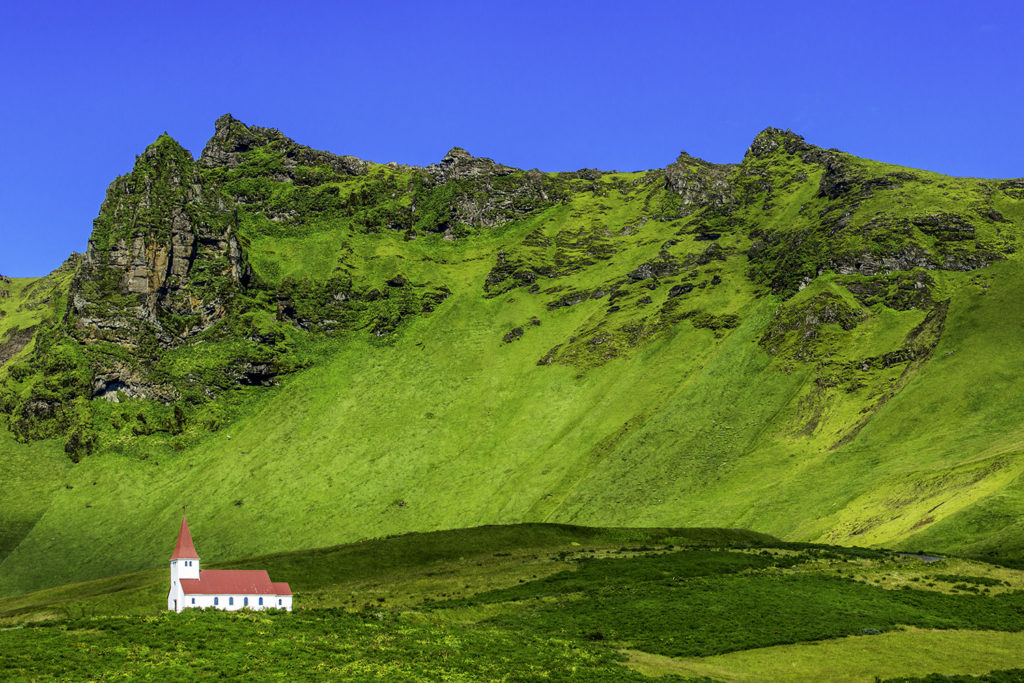
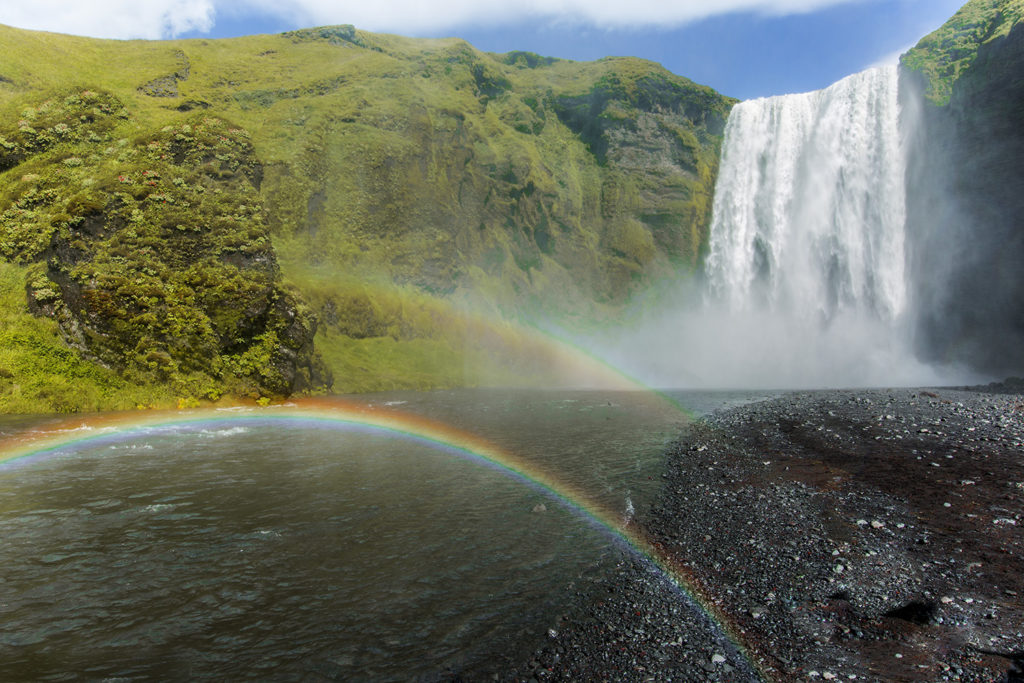
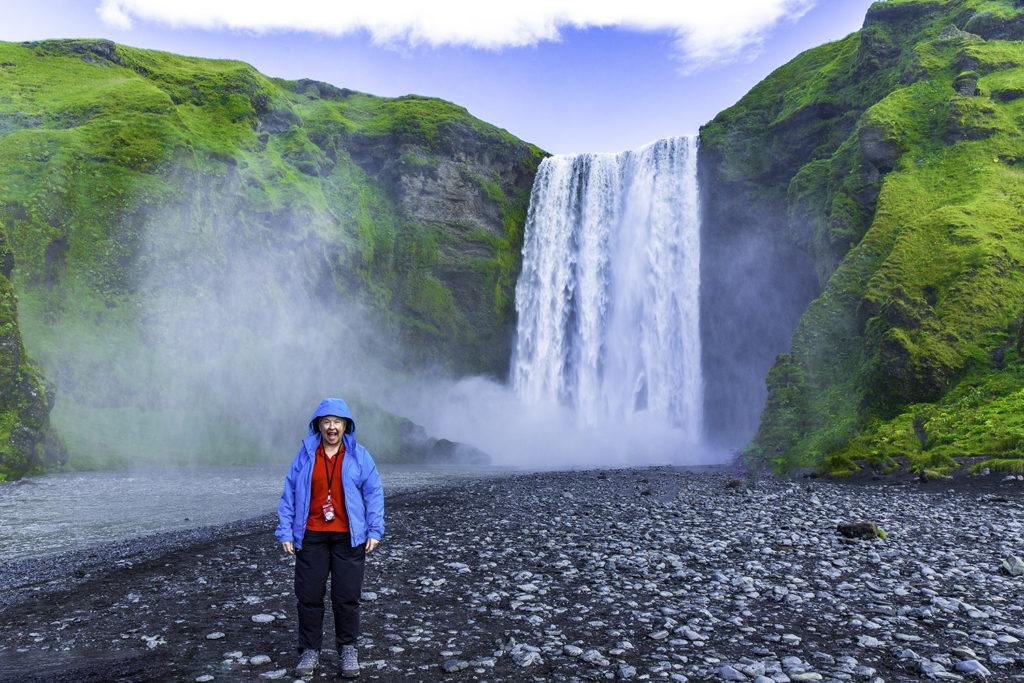
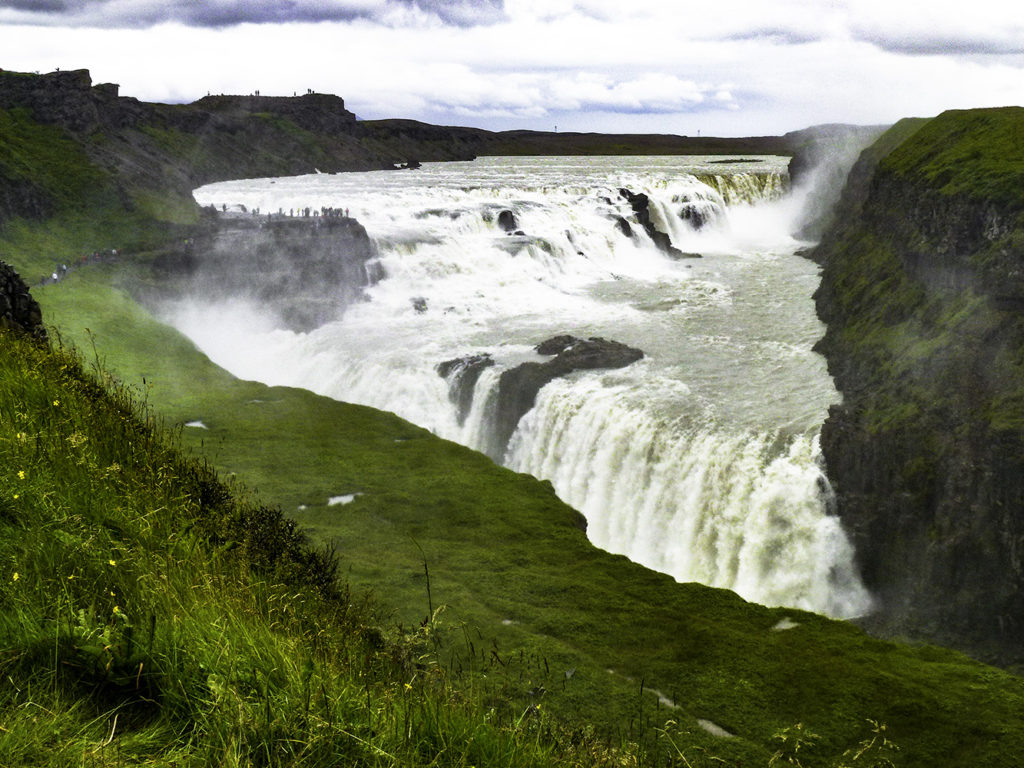
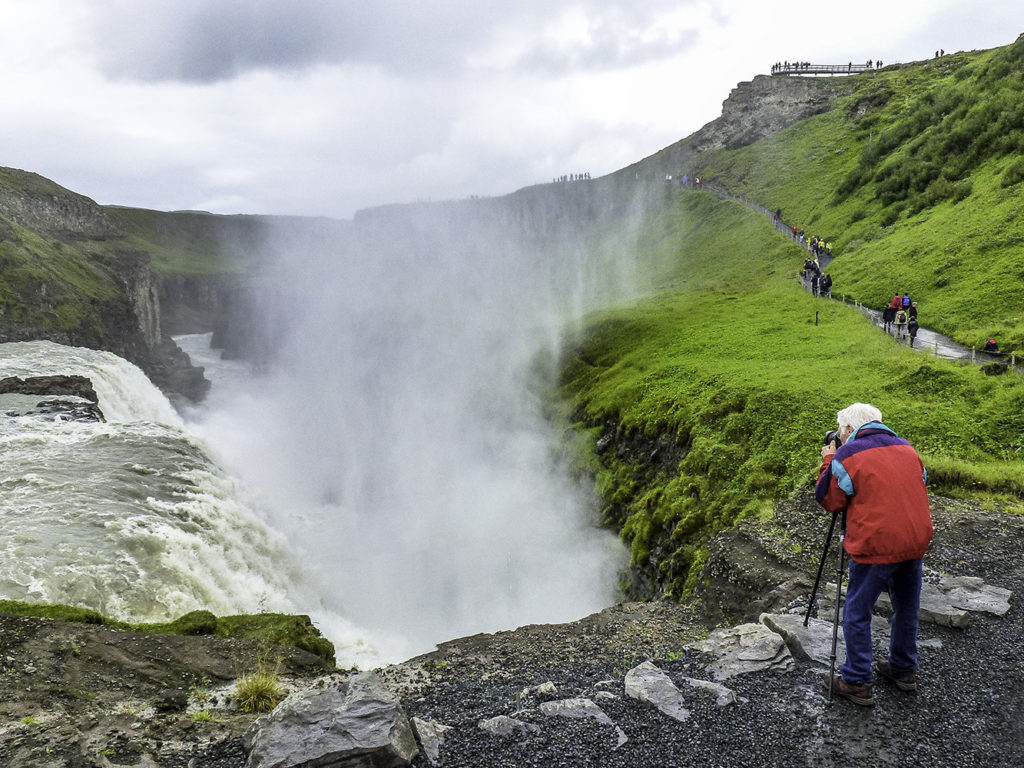
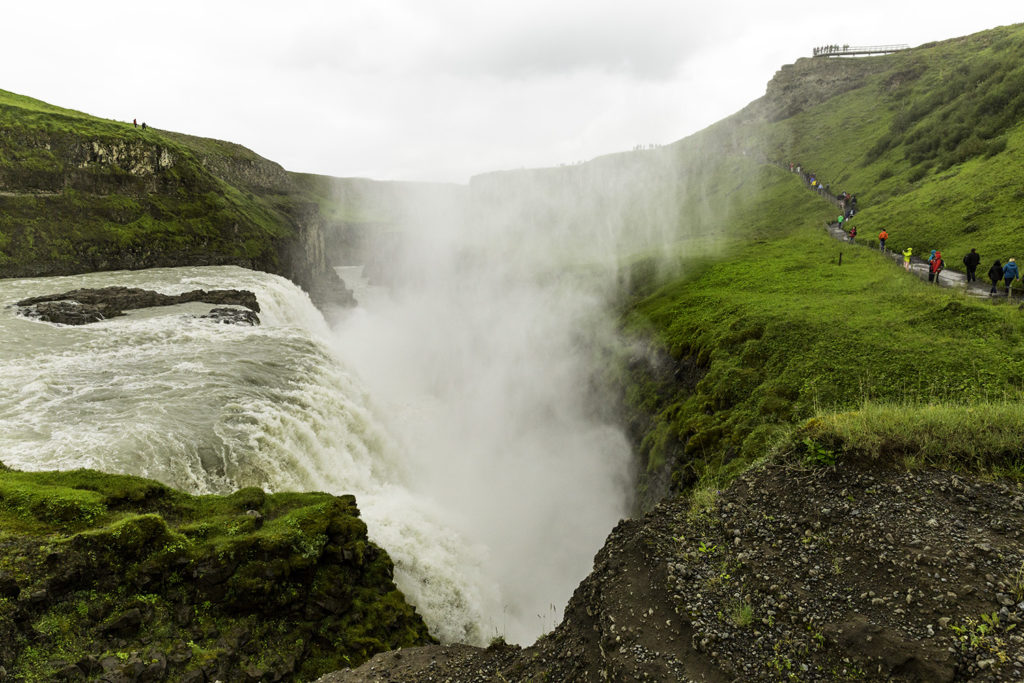
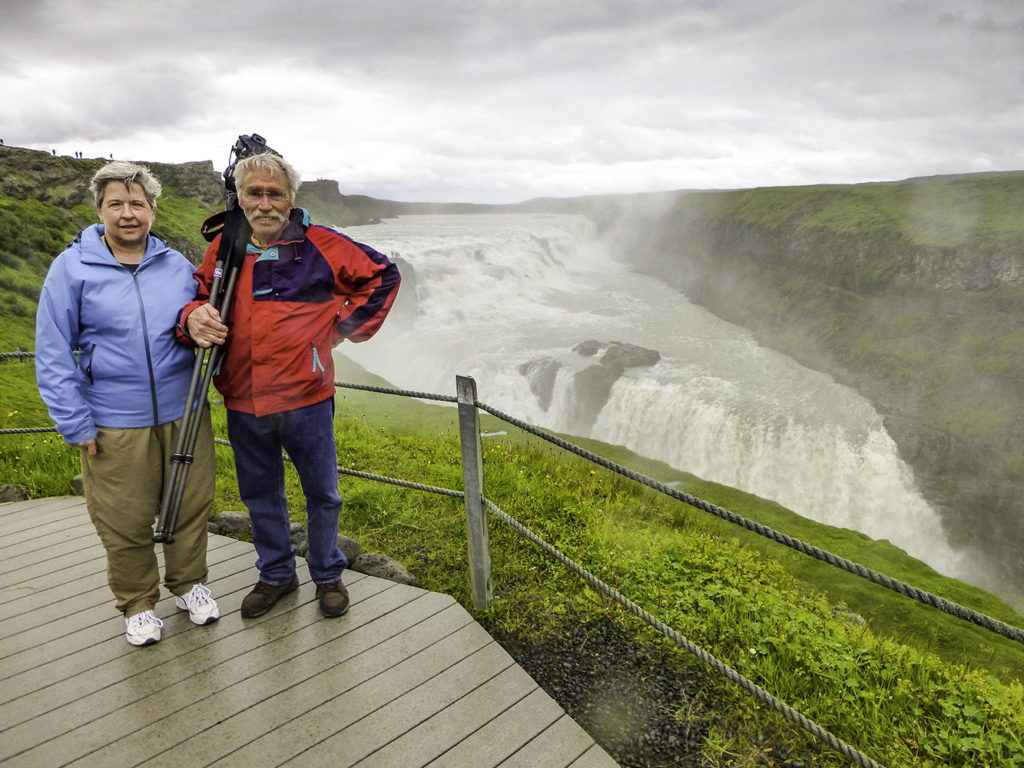
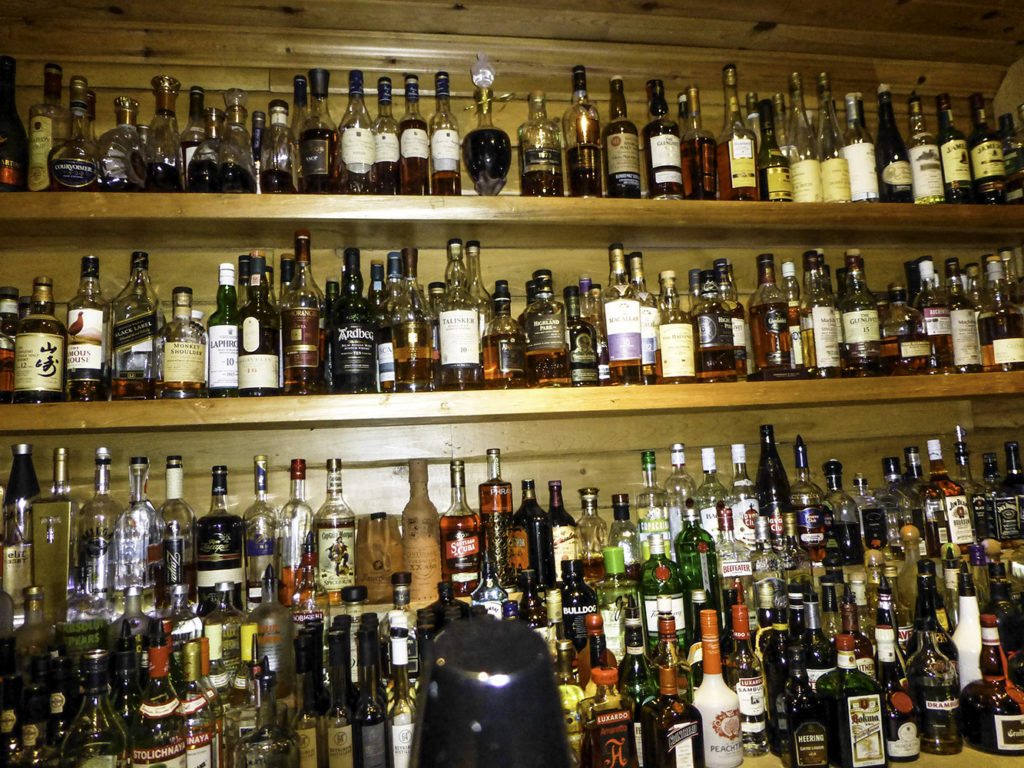
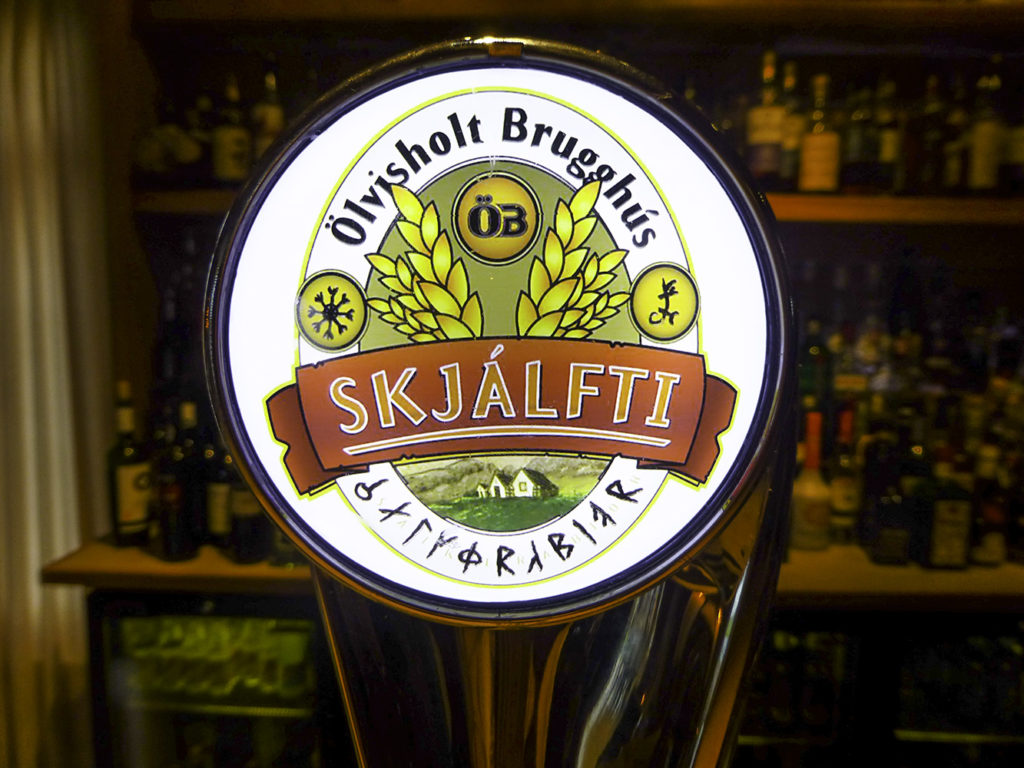
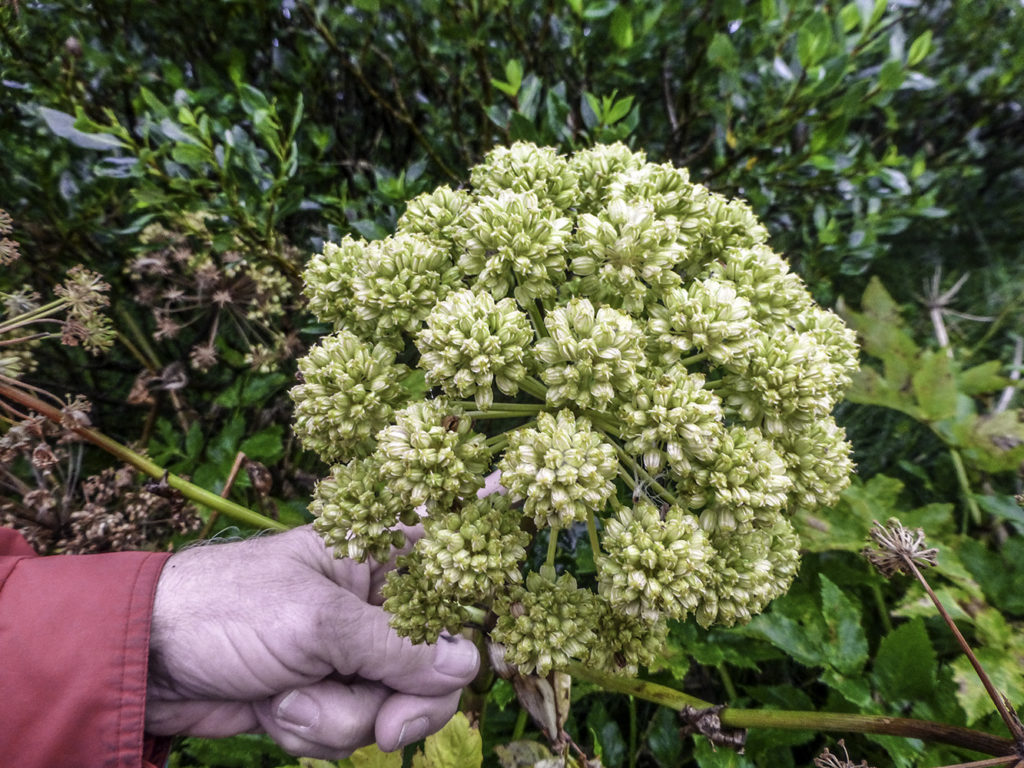
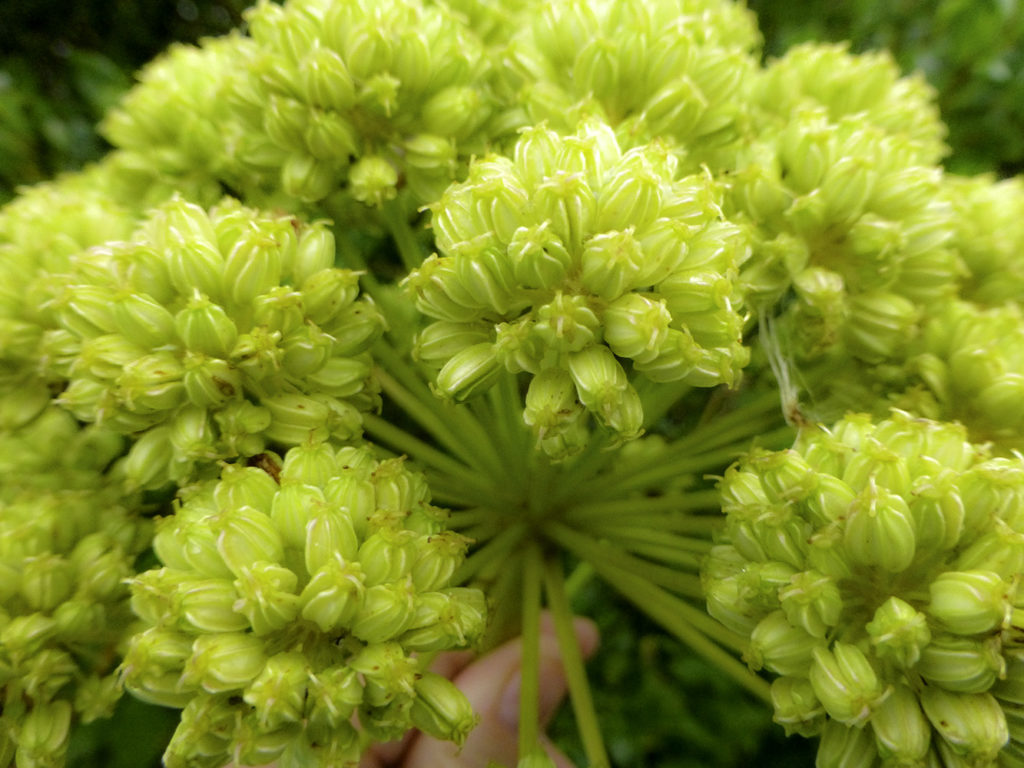
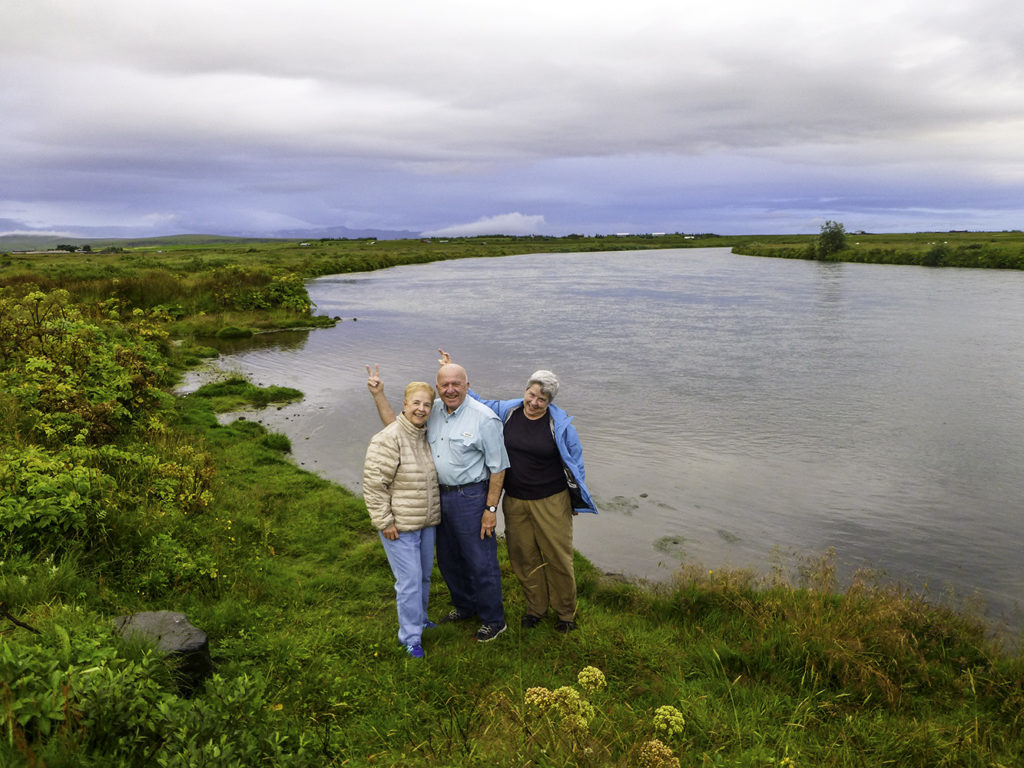
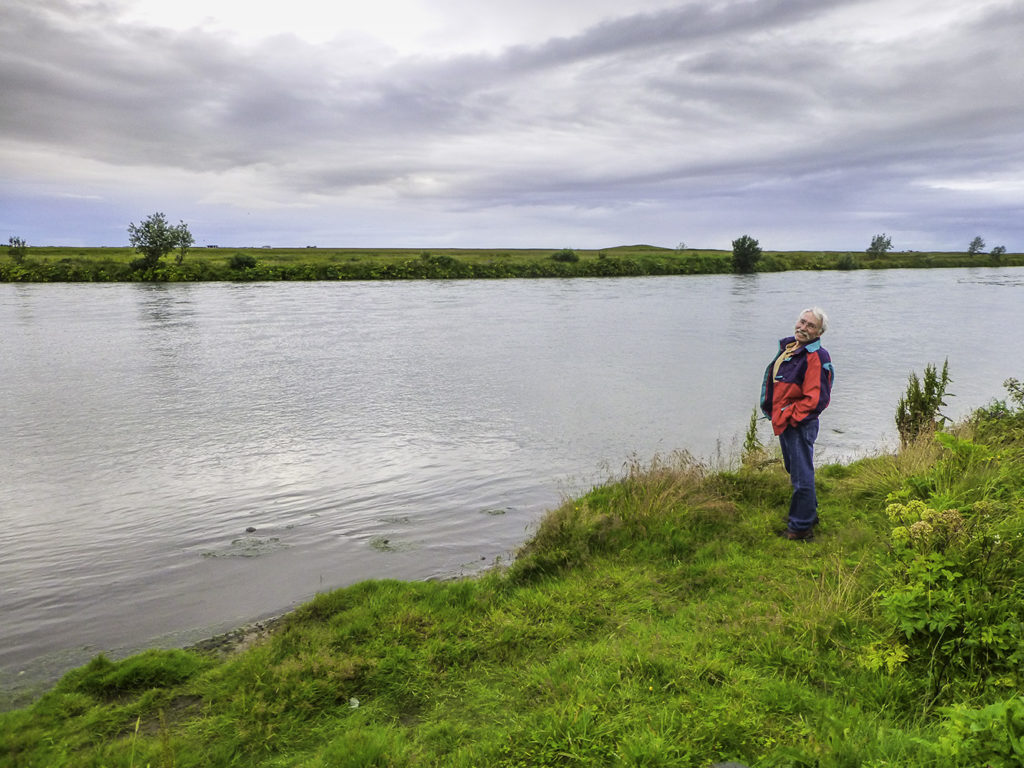
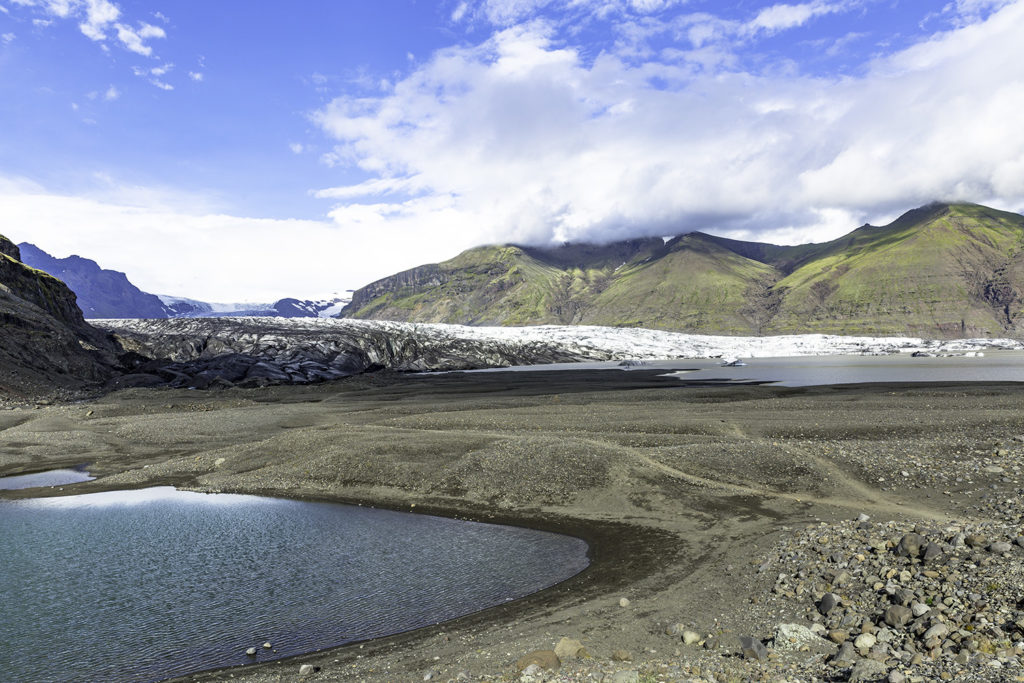
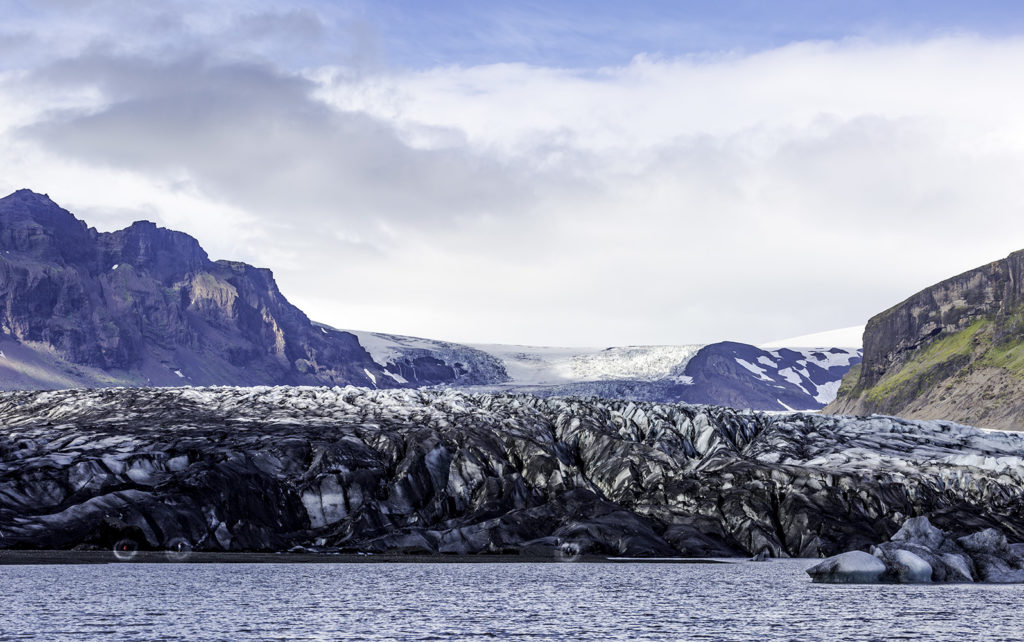
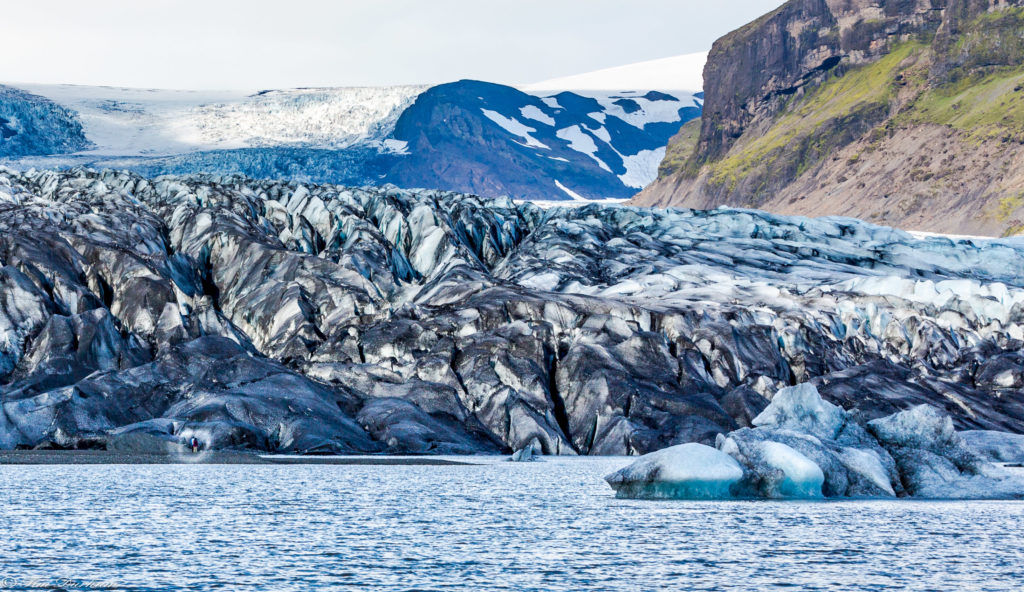 Okay, okay, If you don’t want to squint, let me zoom in with the ol’ Z-Key… See ’em now?
Okay, okay, If you don’t want to squint, let me zoom in with the ol’ Z-Key… See ’em now?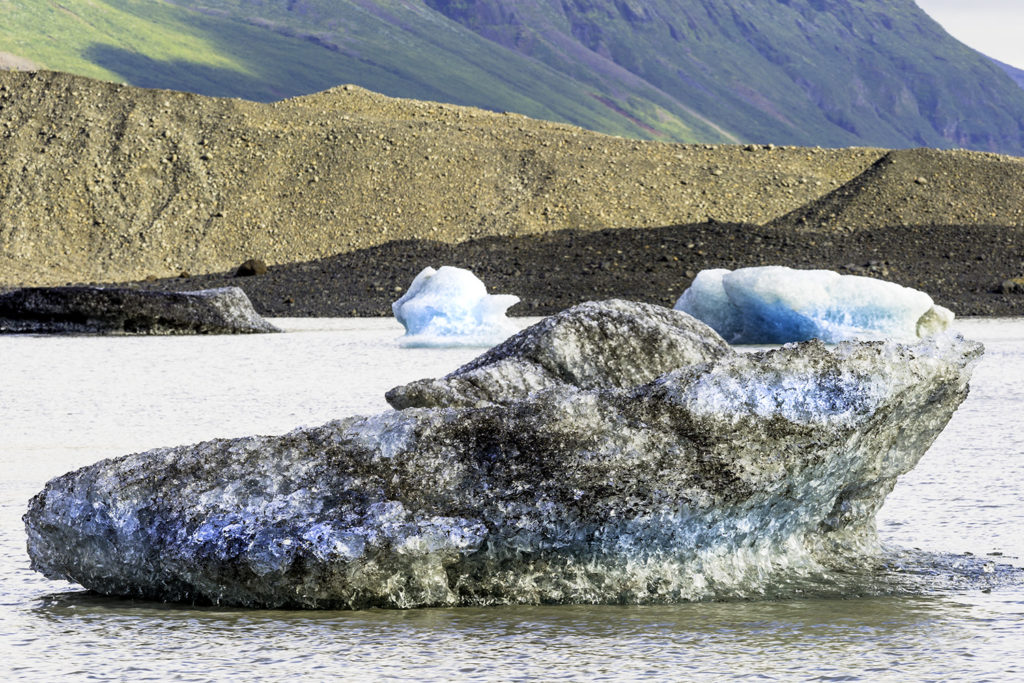
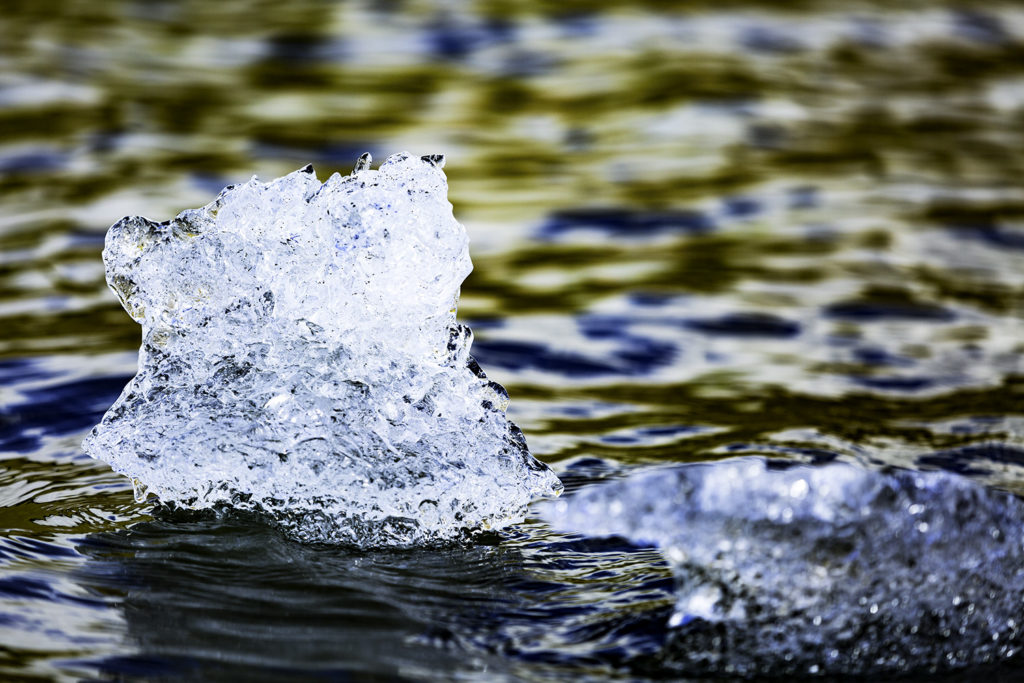
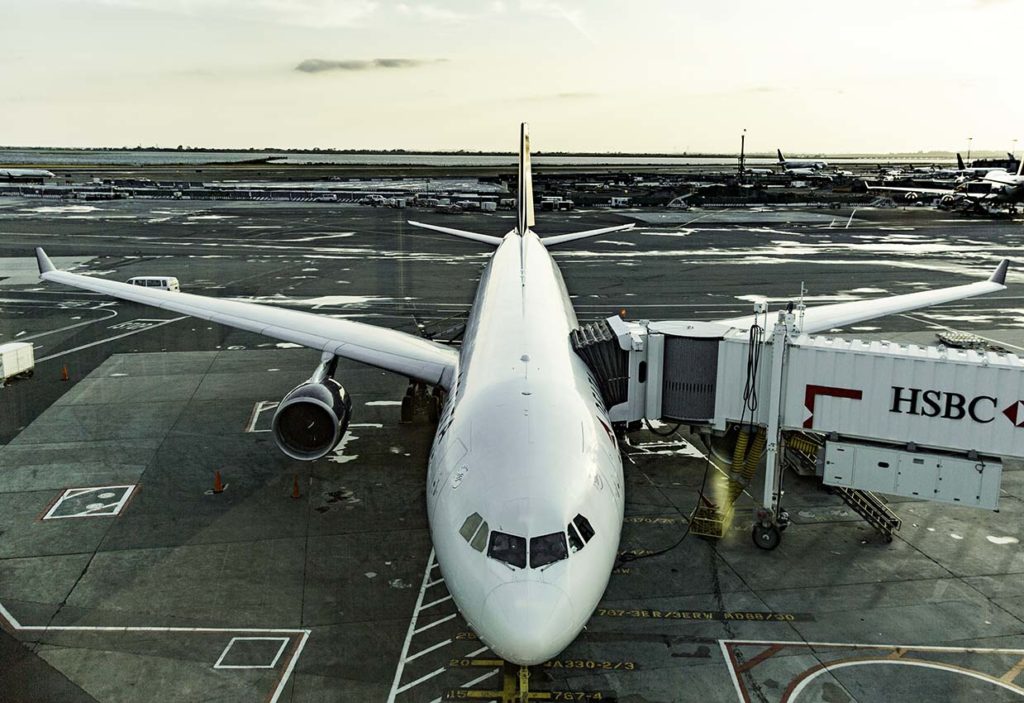
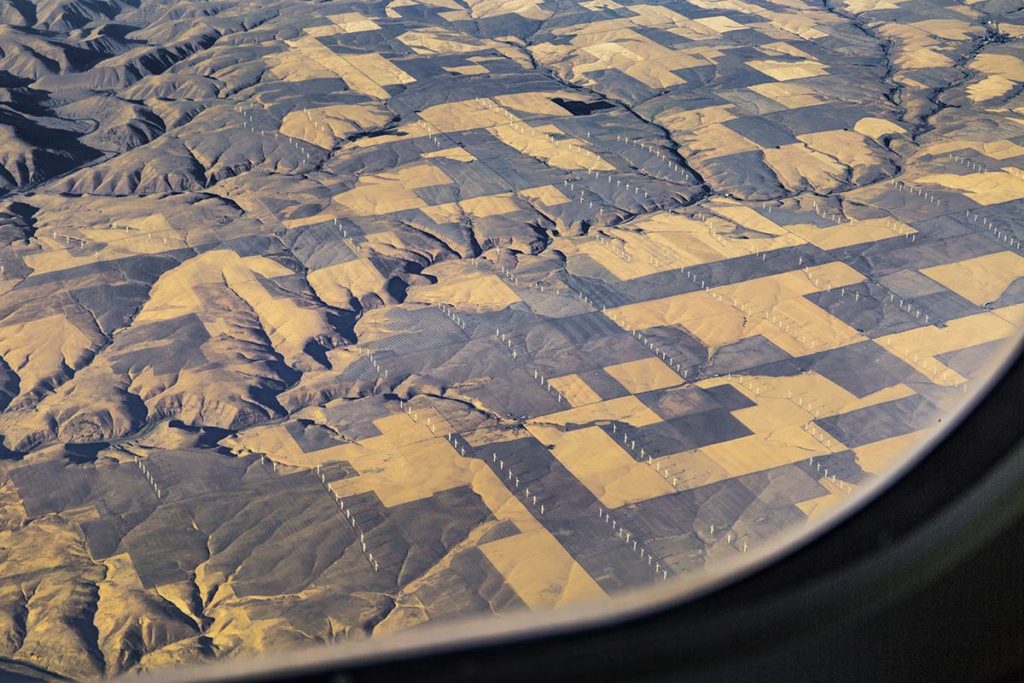
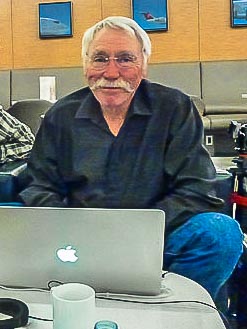

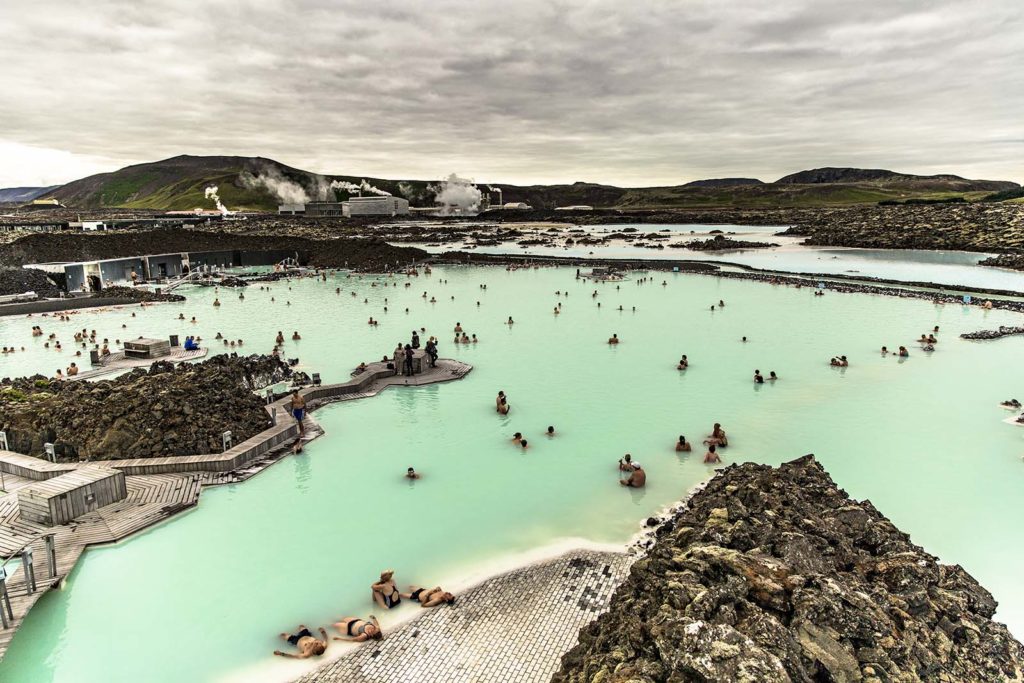
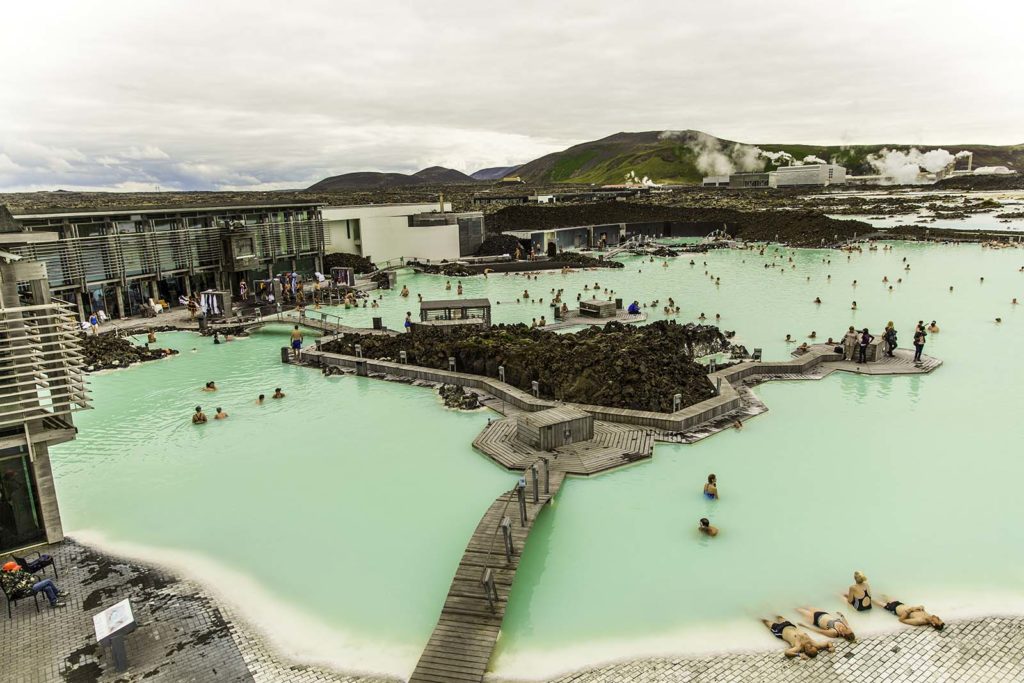
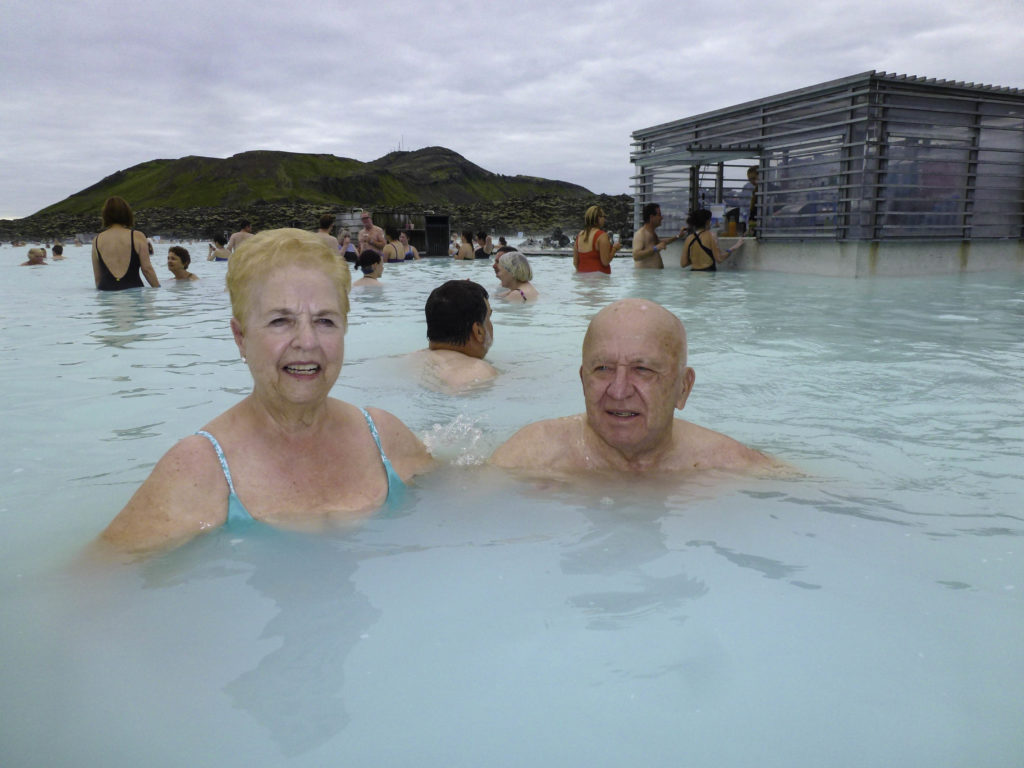
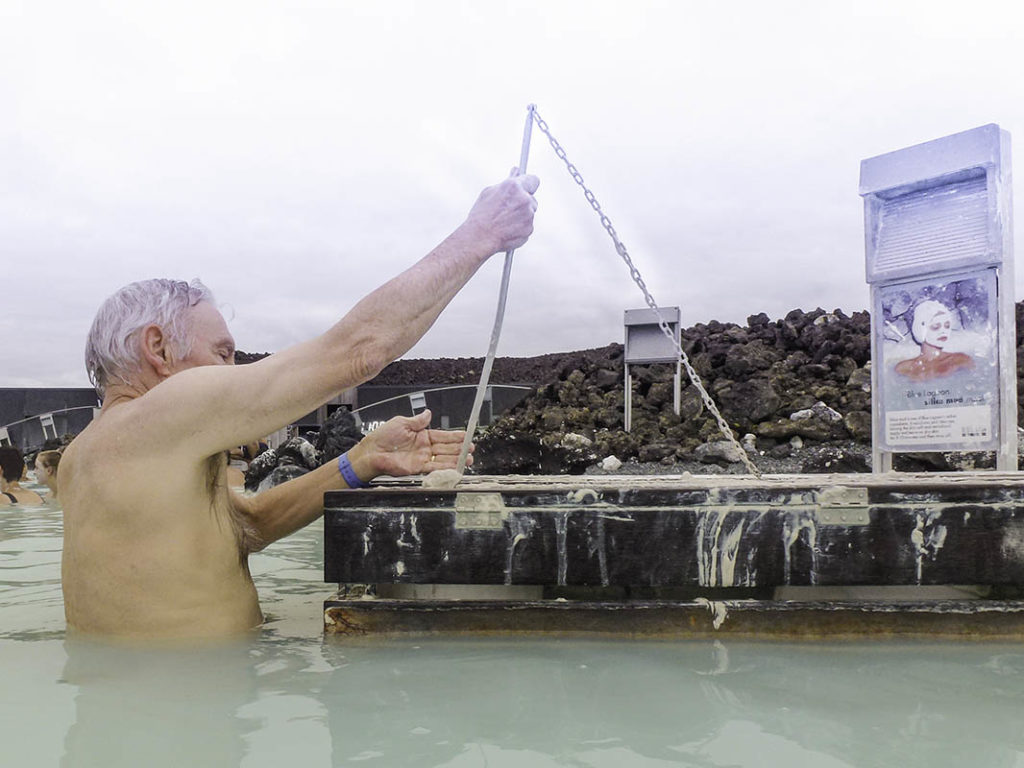 ThereThere are big wooden boxes filled with the healing silicates, other minerals, and algae. Just scoop yourself out a few ladles-full and apply it to the portions of your body that you’d like rejuvenated!
ThereThere are big wooden boxes filled with the healing silicates, other minerals, and algae. Just scoop yourself out a few ladles-full and apply it to the portions of your body that you’d like rejuvenated!